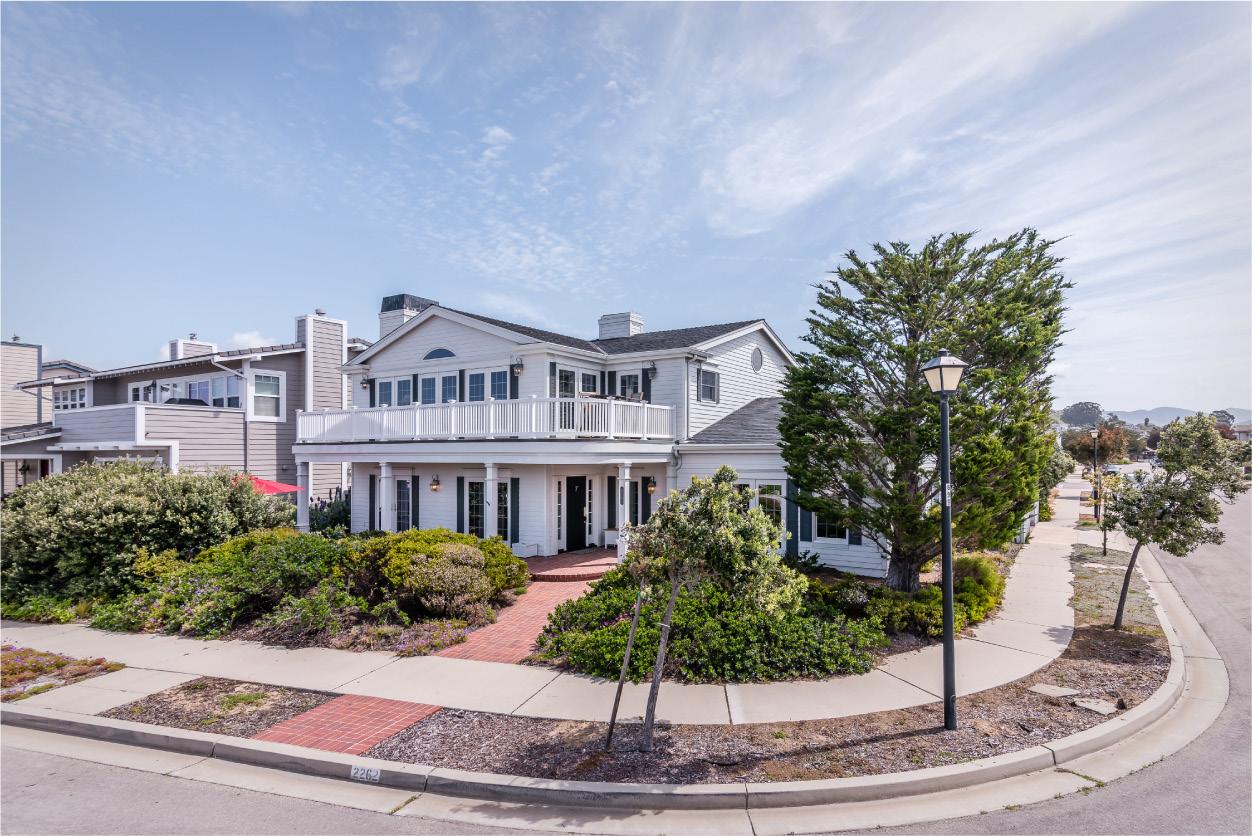





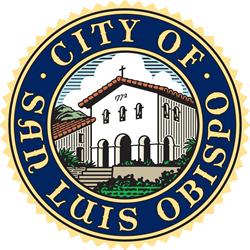


Experience San Luis Obispo with SLO Transit, your ticket to affordable and convenient travel within the city. SLO Transit provides bus service to students, residents, visitors and more who need access to iconic and popular SLO locations. For route and schedule information, visit us at www.slotransit.org or call Transit dispatch at (805) 541-2877. Your transportation

“I’ve been coming here for a few years now and have always had a great experience. They are incredibly responsive. I can’t recommend these guys enough!
Ted R. Paso Robles, CA
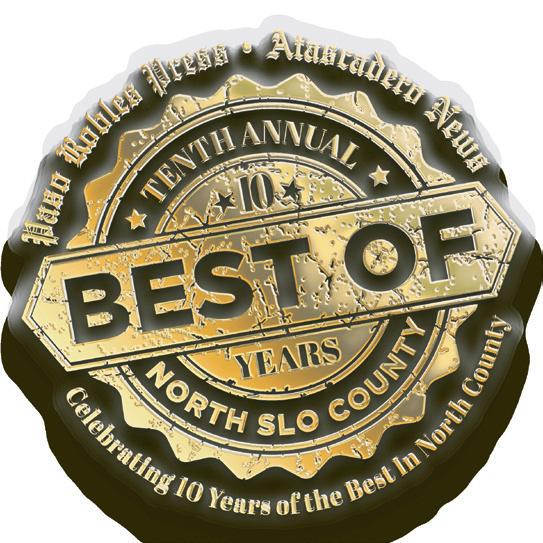


Let our office take you on the journey to better hearing.
Having issues with your hearing shouldn’t stop you from enjoying life. It’s simply a matter of making a choice to move forward and take control of your condition, or to do nothing and fall behind.
Have you had your hearing tested recently? Not sure what are your treatment options? We have helped thousands of patients the past 20 years. We can help you too.
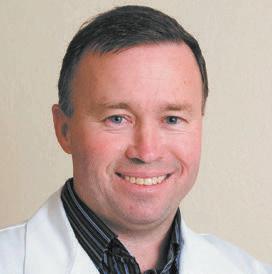





Our board-certified neurologists and neurosurgeons use clinical research and advanced technologies to provide care tailored to each patient’s needs.
SERVICES INCLUDE:
• Brain and Spinal Cord Tumor Management
• Open and Minimally Invasive Craniotomies
• Skull Base and Pituitary Tumor Surgery
• Surgical Epilepsy Management
NEUROSURGERY TEAM:

Richard Chung, MD, PhD
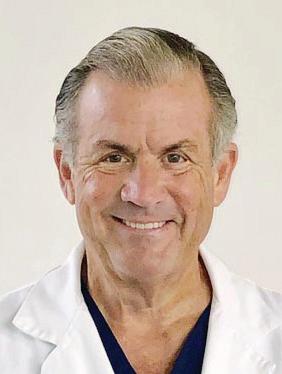
Thomas Jones, MD, Medical Director, SBNI

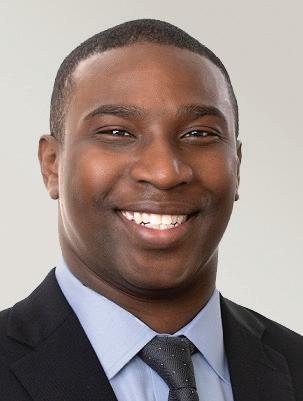
N. Nicole Moayeri, MD, Medical Director, Neurosurgical Oncology Program Akinwunmi Oni-Orisan, MD
For more information, please contact the Santa Barbara Neuroscience Institute’s (SBNI) Nurse Navigator at 805-450-8820.
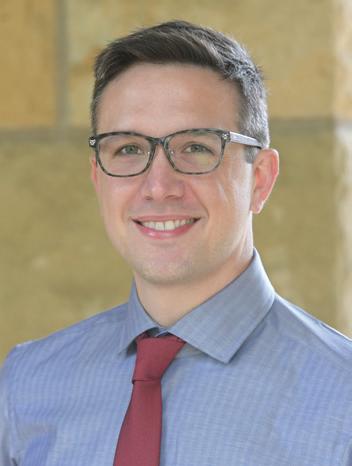
Brian Walcott, MD
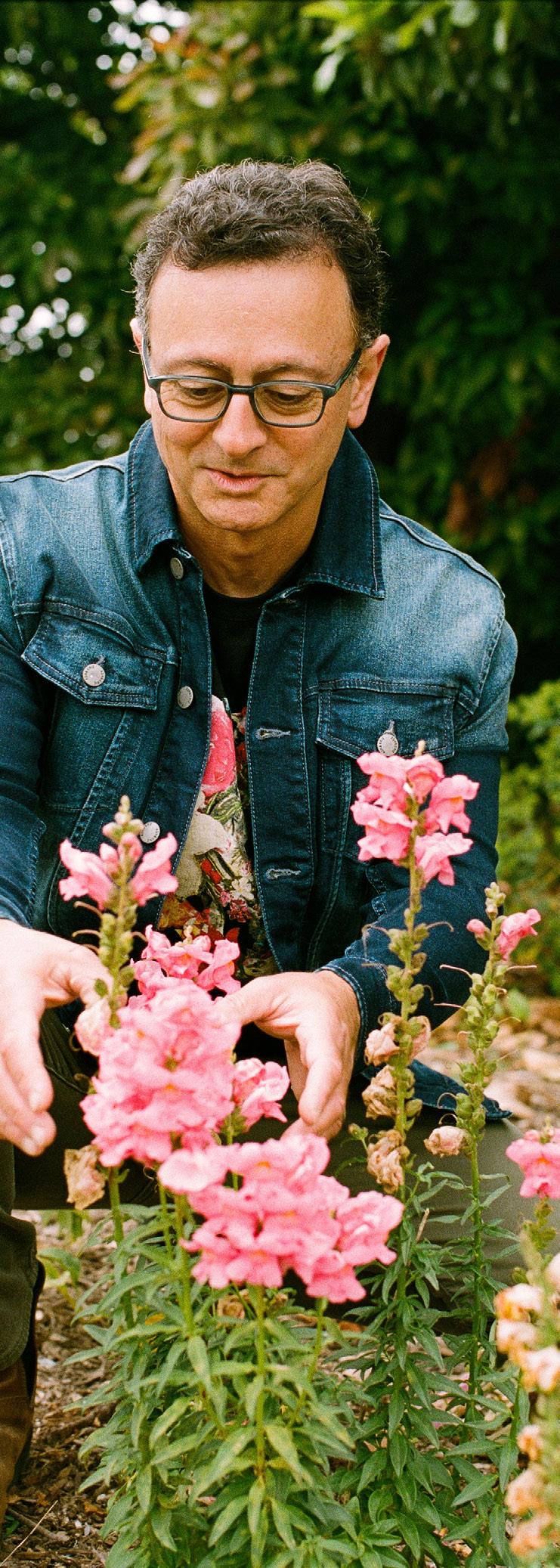
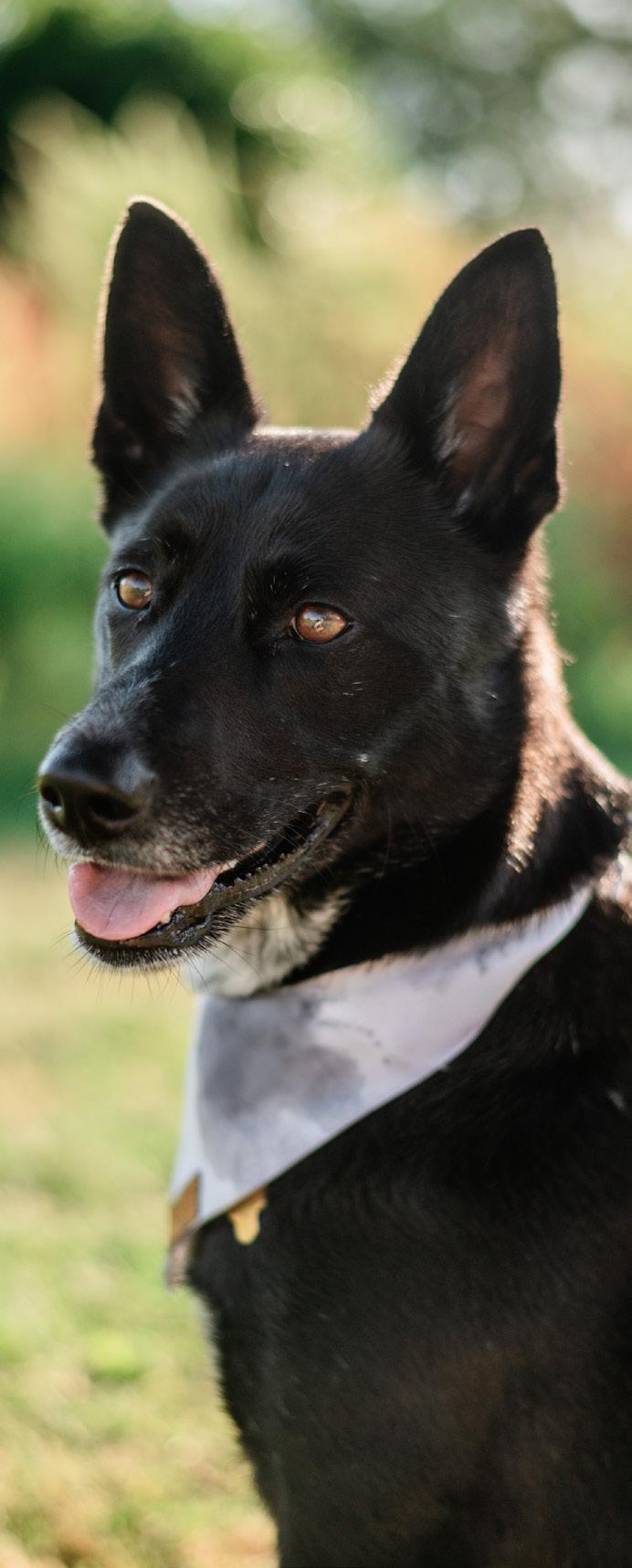
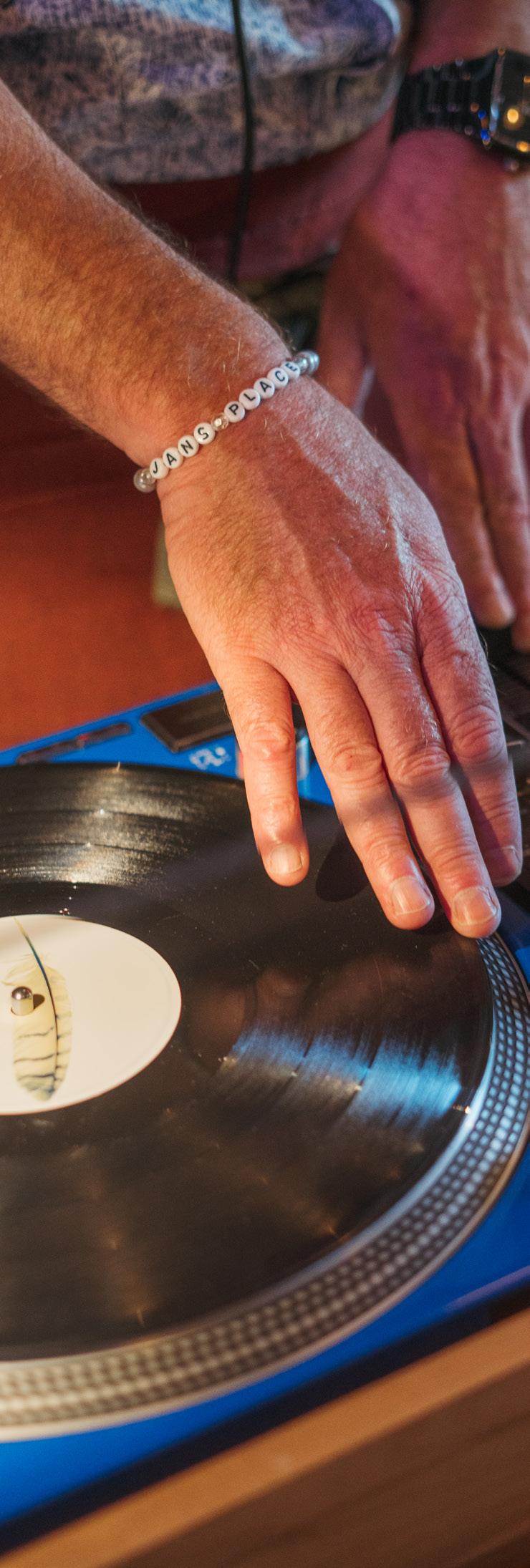

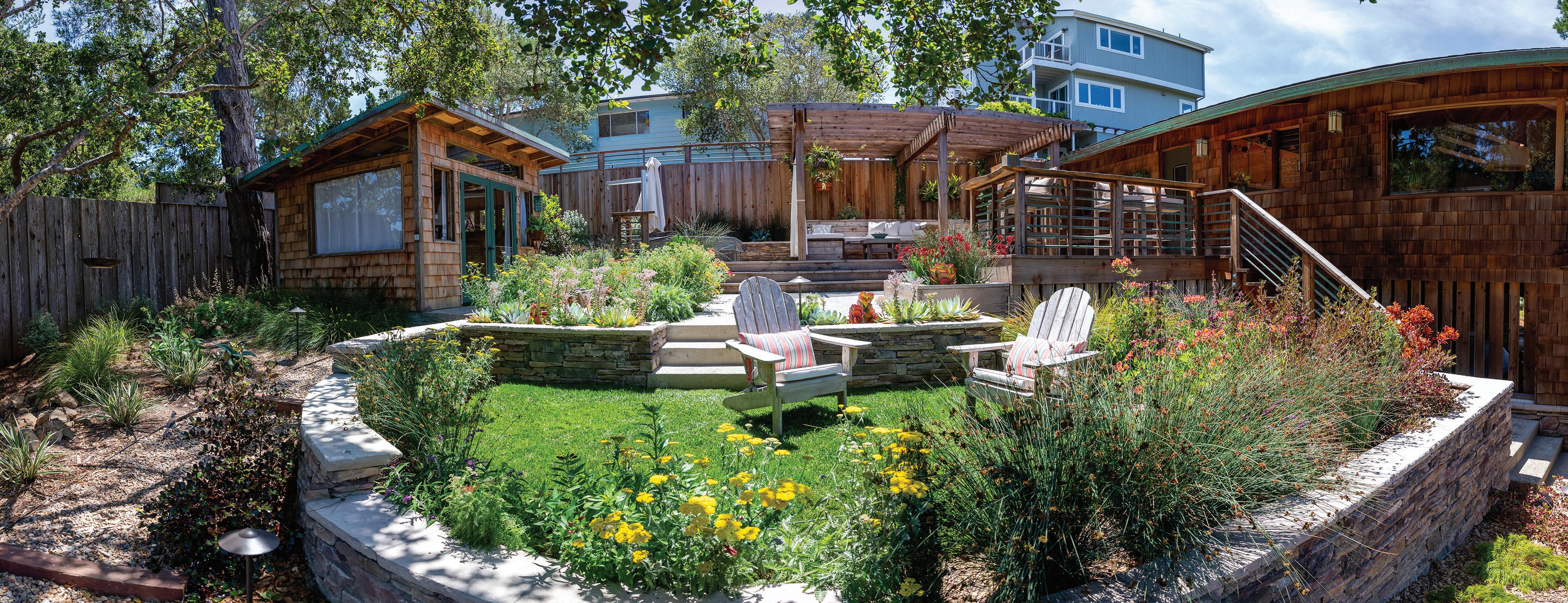

Something has been gnawing at me for a while now. I’m not sure how to handle it, so I have done nothing at all. And just like the proverbial deer trapped in the proverbial headlights, it doesn’t matter how I feel about it, proverbial or not, there’s a truck on its way to run me over. Only, in my case, that truck is being driven by Father Time.
This fall, my wife and I will have been married for twenty-three years. Back then, my co-workers at the San Francisco office of The New York Times pooled their resources to surprise us with a most beautiful and unexpected gift—a knife block.
It wasn’t just any knife block, but a top-of-the-line, premium set with everything a self-respecting professional chef would ever need. It was far beyond anything we would have purchased for ourselves. At the time, my primary kitchen cutting tool was of the Swiss Army variety.
The problem now—the thing that has been gnawing at me—is that the old knife block is falling apart. The bread knife is long gone. We’re pretty sure we lost it at a post-basketball game potluck. One of the steak knives walked away, too. I have a theory involving our boys’ adventures in the creek. The scissors are just for looks at this point. They really don’t work at all. And the wood block itself, well it’s seen better days.
While it’s just a thing—a hunk of weathered wood containing some rather banged-up blades—those battered edges and garbage disposal knicks and dings have been with us through it all. From Thanksgiving dinner to Easter brunch, from first day of school breakfasts to graduation parties, those knives have carved, chopped, and diced their way into our lives.
The problem is the knife block is no longer cutting it. The bigger problem is that by doing something about the problem, I am admitting that there is, in fact, a problem. I might as well wave a white flag in front of Father Time’s barreling truck. But it doesn’t matter. Those headlights are only getting closer. Still, I’m holding out hope. I cannot remember exactly, but didn’t Einstein say something about time and space doing some really weird stuff like warping and bending? I wonder what quantum physics has to say about knife blocks?
Maybe this is why people collect stuff. Maybe that’s why someone paid $12.6 million for a 1952 Mickey Mantle baseball card a couple years back. A little cardboard square. Or, Michael Jackson’s glove. It sold at auction for $190,000. Could those be examples of rich people attempting to thwart Father Time? Will a sequined hand held upright crossing guard-style stop the truck? I don’t know.
This whole thing reminds me of a children’s book, “The Velveteen Rabbit.” I cannot summarize that story without tearing up, so I’ll get right to the main idea: Maybe I should double down on that old knife block and give it so much love that it comes back to life. I’ve seen YouTube videos where people restore old stuff—bicycles, toasters, whatever. Maybe I could restore it. And film it. And millions of people will watch me do it. And I’ll make boatloads of money because everyone will have to sit through Old Spice body wash commercials. Then I’ll buy that glove.
Well, I’m feeling like I’m not getting any closer to a decision here and am fast running out of metaphors, examples, and other general jibber-jabber. I’m doing my best to filibuster this whole thing, but Father Time’s truck is now bearing down on me. I can smell the exhaust. I can see his sneer. His gnarled-up knuckles on the steering wheel. The scythe he had custom-painted on the hood. It’s an impossible situation. There’s no way out. It’s like fourth down and twenty-seven, but it doesn’t matter because I just made a decision: I’m gonna punt.
Thank you to everyone who has had a hand in producing this issue of SLO LIFE Magazine and, most of all, to our advertisers and subscribers—we couldn’t do it without you.
Live the SLO Life!

Tom Franciskovich tom@slolifemagazine.com









Elder Placements realizes the IMPORTANCE of listening to the client, in order to find the appropriate:
Independent Living Assisted Living Alzheimer’s & Dementia Care Homes
Let their experienced Certified Senior Advisors take you on a tour to find the Retirement Home or Community that fits your loved ones Medical, Financial and Social needs, at NO Cost to you.
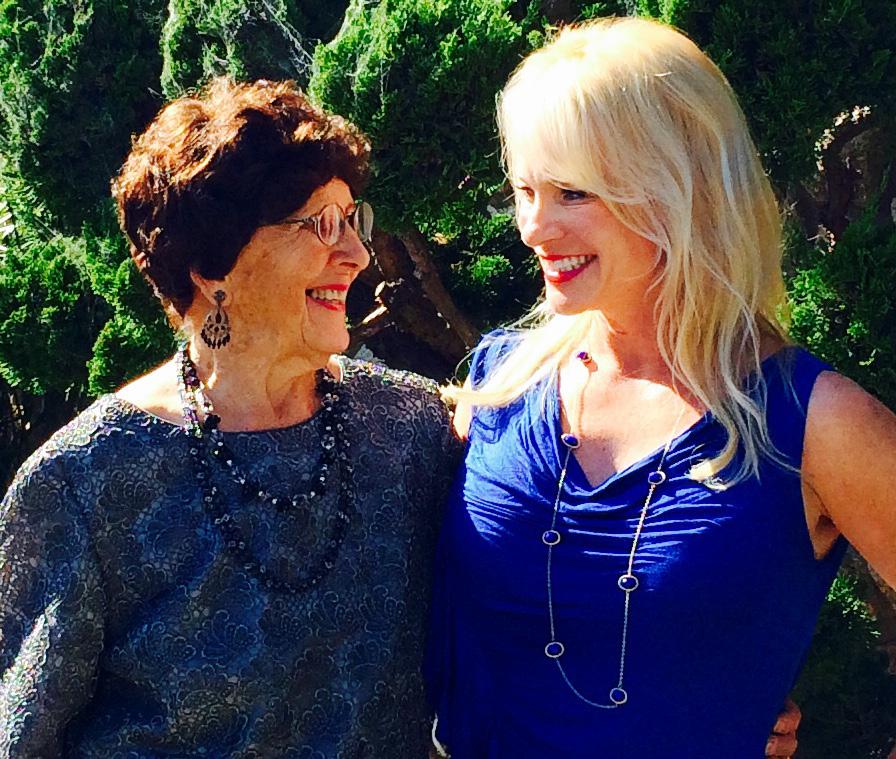
Nicole Pazdan, CSA,

4251 S. HIGUERA STREET, SUITE 800, SAN LUIS OBISPO, CALIFORNIA SLOLIFEMAGAZINE.COM info@slolifemagazine.com (805) 543-8600 • (805) 456-1677 fax
PUBLISHER
Tom Franciskovich
CREATIVE DIRECTOR
Sheryl Franciskovich
CONTRIBUTING WRITERS
Charlotte Alexander
Geneva Franciskovich
Dan Fredman
Paden Hughes
Jaime Lewis
Dana Lossing
Brant Myers
Brian Schwartz
Tim Townley
CONTRIBUTING PHOTOGRAPHERS
Jaeden Barlett
Erin Clausen
Emily DesJardins
Peter Heirendt
Jade Hoey
David Lalush
Mark Nakamura
Zachary Scott
Mariah Vandenberg
STYLIST
Marissa Davidge
CONTRIBUTIONS
Have some comments or feedback about something you’ve read here? Or, do you have something on your mind that you think everyone should know about? Submit your story ideas, events, recipes, and announcements by visiting us online at slolifemagazine.com and clicking “Share Your Story” or emailing us at info@slolifemagazine.com. Be sure to include your full name and city for verification purposes. Contributions chosen for publication may be edited for clarity and space limitations.
ADVERTISING
If you would like to advertise, please contact Tom Franciskovich by phone at (805) 543-8600 or by email at tom@slolifemagazine.com or visit us online at slolifemagazine.com/advertise and we will send you a complete media kit along with testimonials from happy advertisers.
SUBSCRIPTIONS
Ready to live the SLO Life all year long? It’s quick and easy! Just log on to slolifemagazine.com/subscribe. It’s just $24.95 for the year. And don’t forget to set your friends and family up with a subscription, too. It’s the gift that keeps on giving!
NOTE
The opinions expressed within these pages do not necessarily reflect those of SLO LIFE Magazine. No part of this publication may be reproduced in whole or in part without the express written permission of the publisher.
CIRCULATION, COVERAGE, AND ADVERTISING RATES
Complete details regarding circulation, coverage, and advertising rates, space, sizes and similar information are available to prospective advertisers. Please call or email for a media kit. Closing date is 30 days before date of issue.
LETTERS TO THE EDITOR
info@slolifemagazine.com
4251 S. Higuera Street, Suite 800 San Luis Obispo, CA 93401
Letters chosen for publication
and


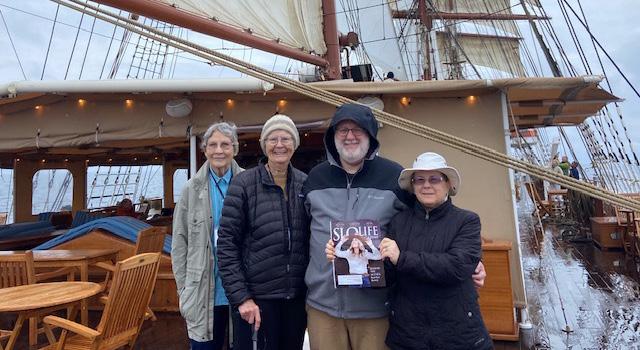
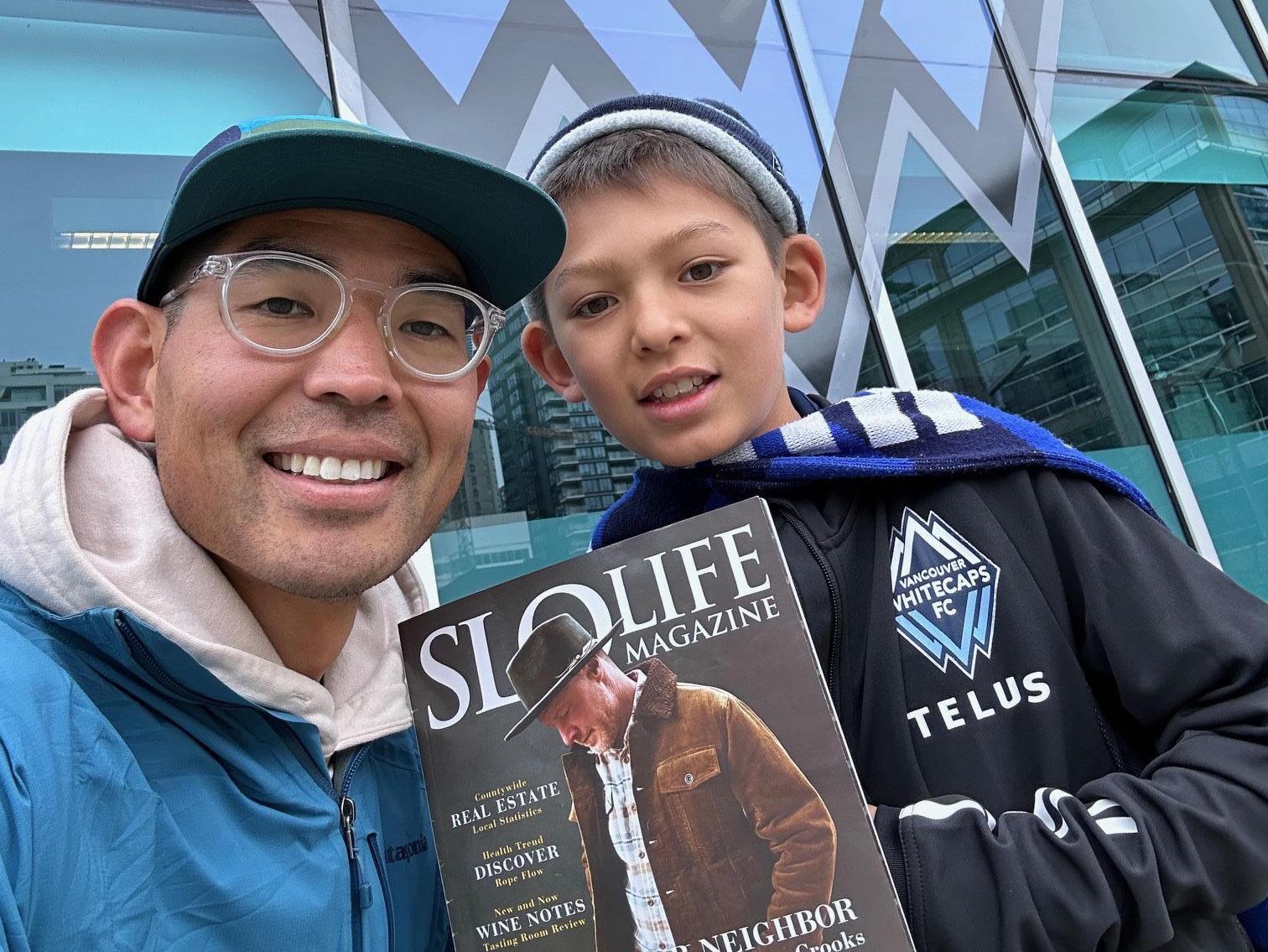




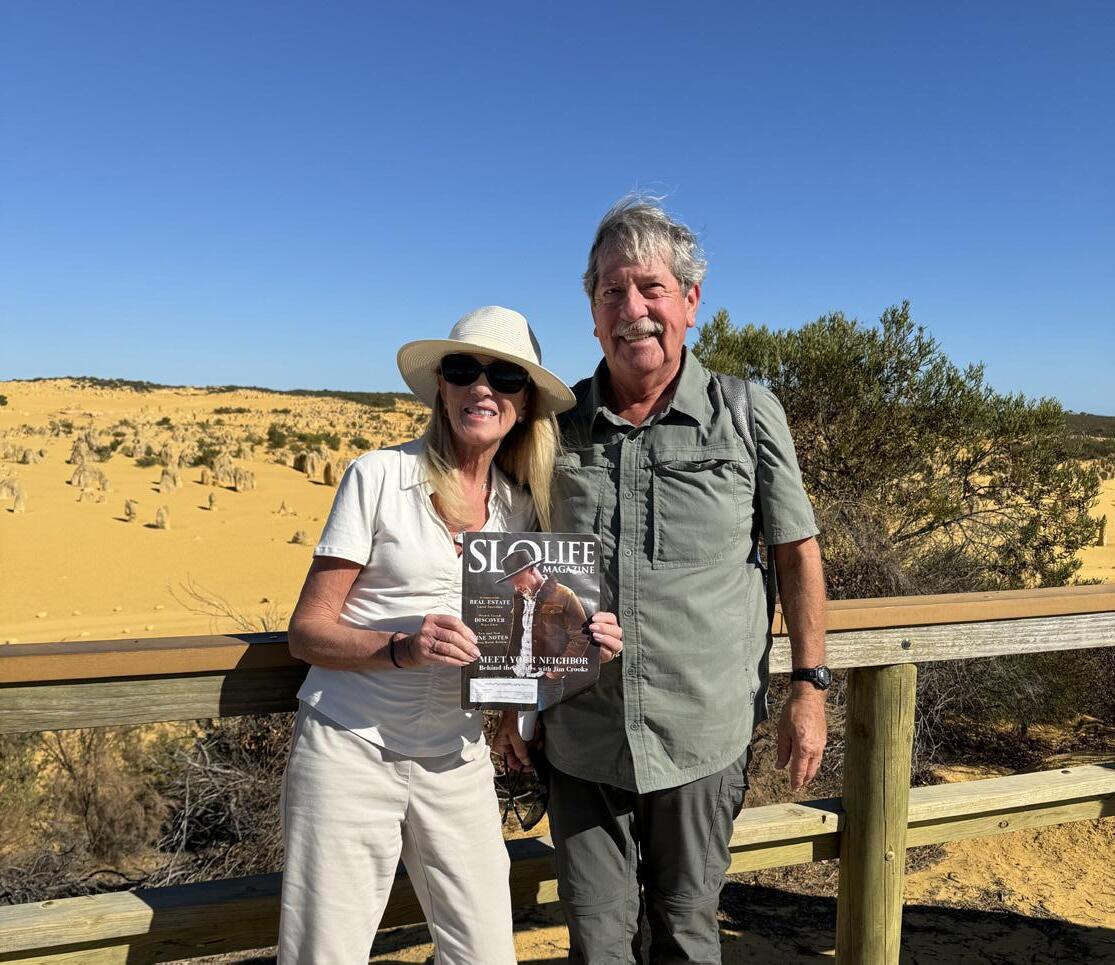

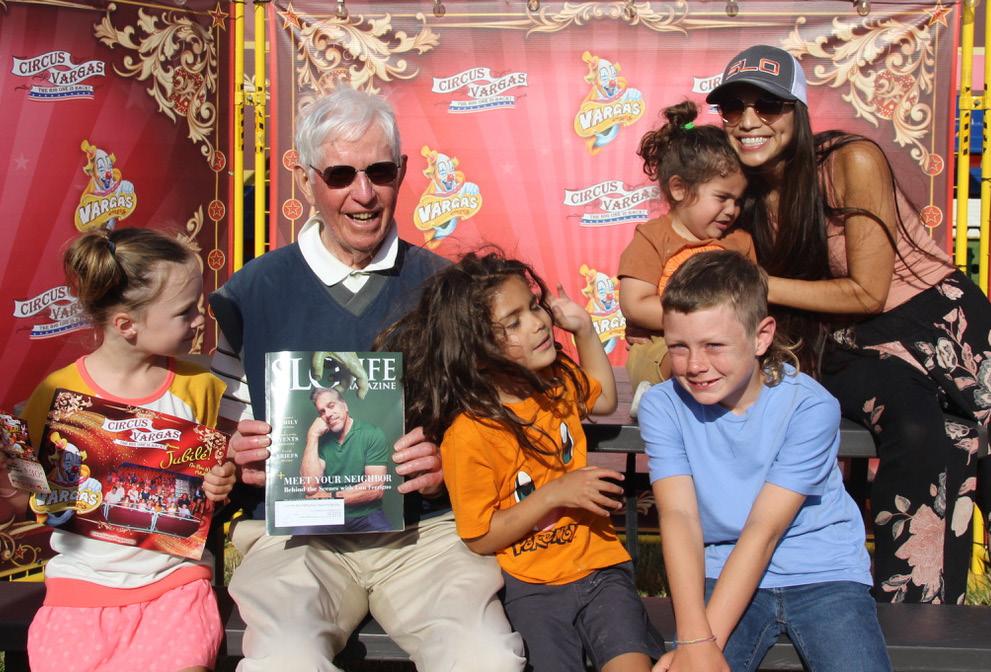


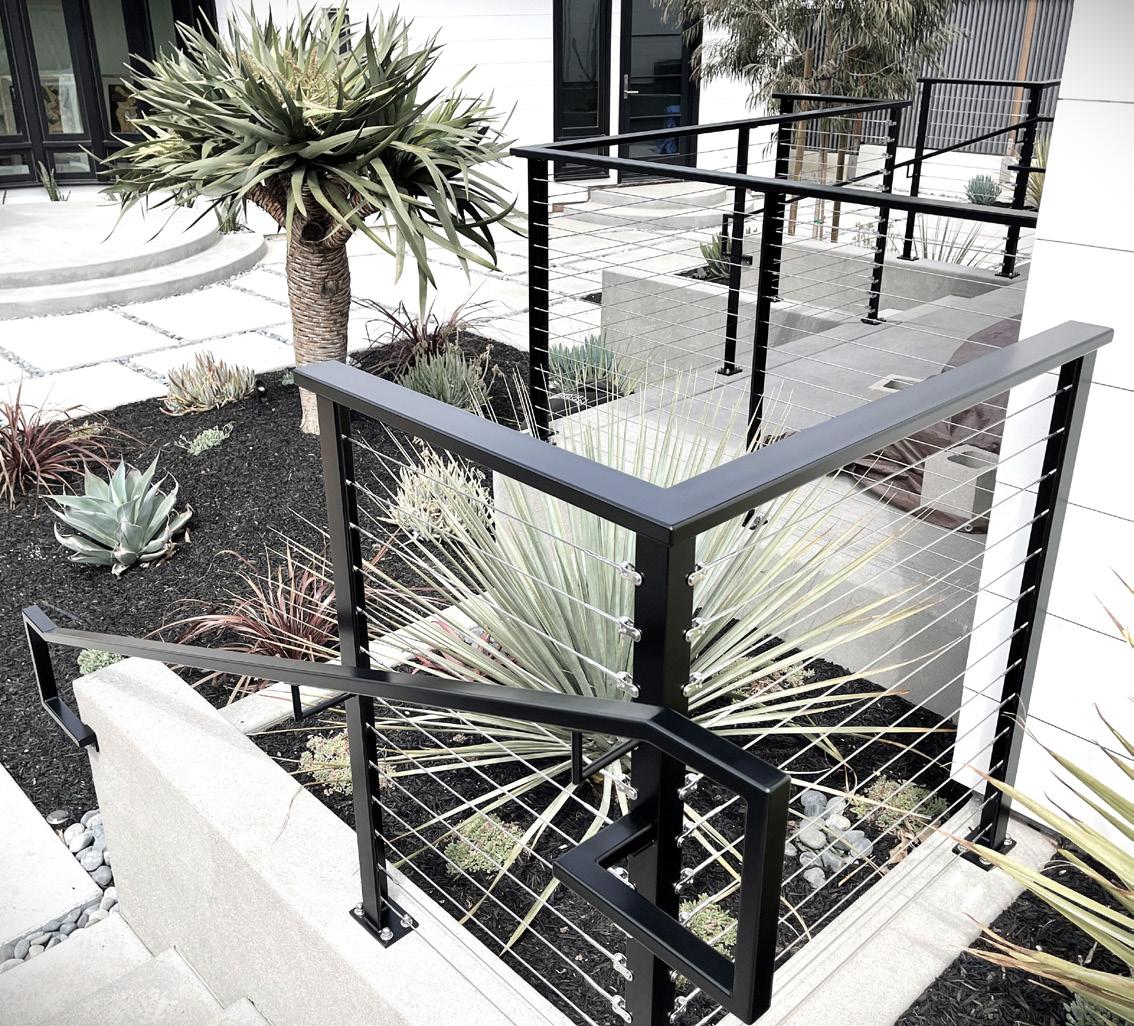

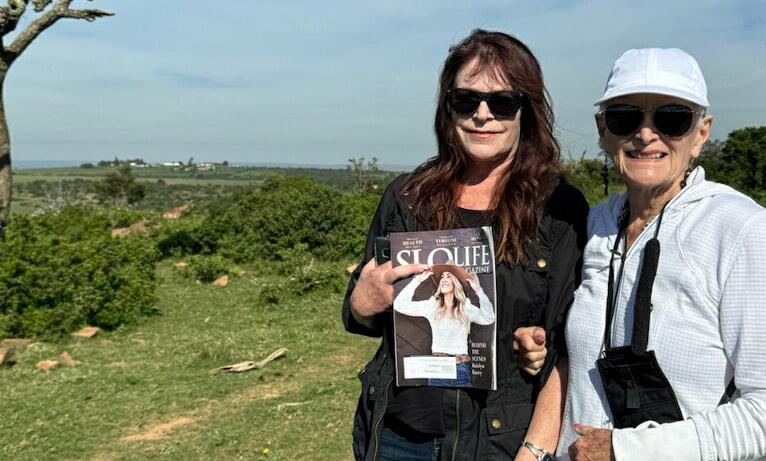

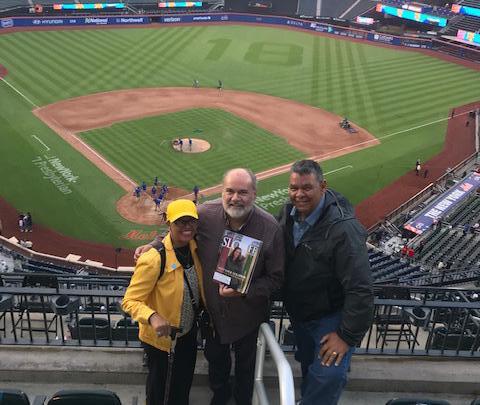

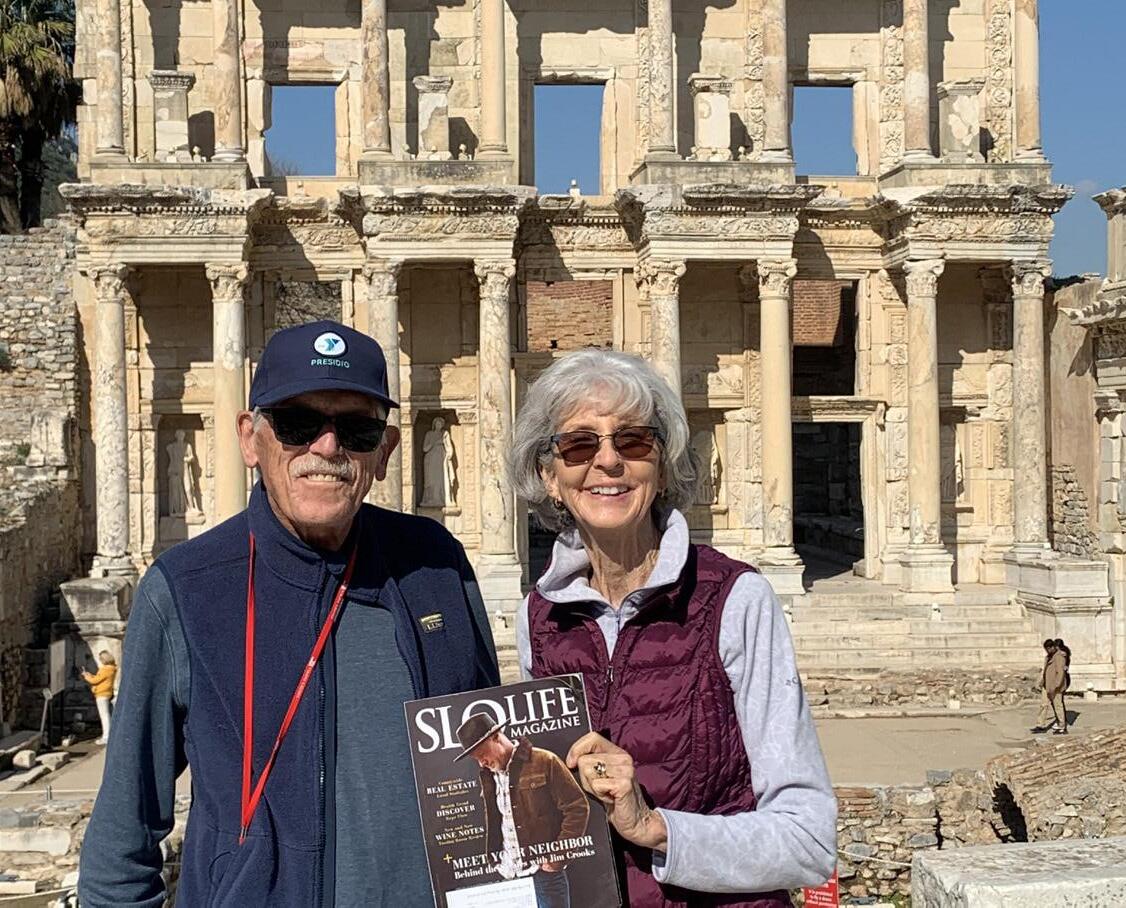
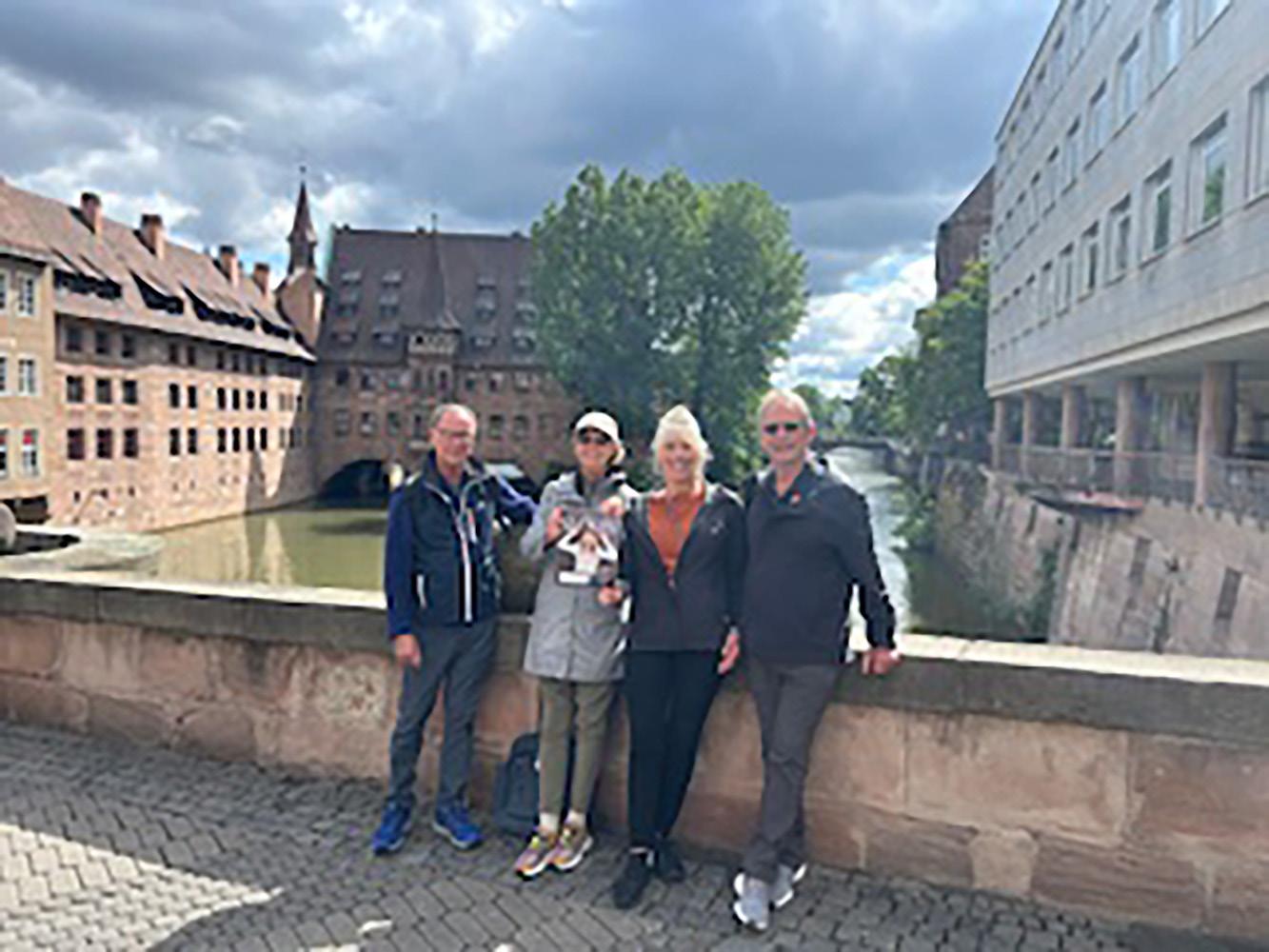







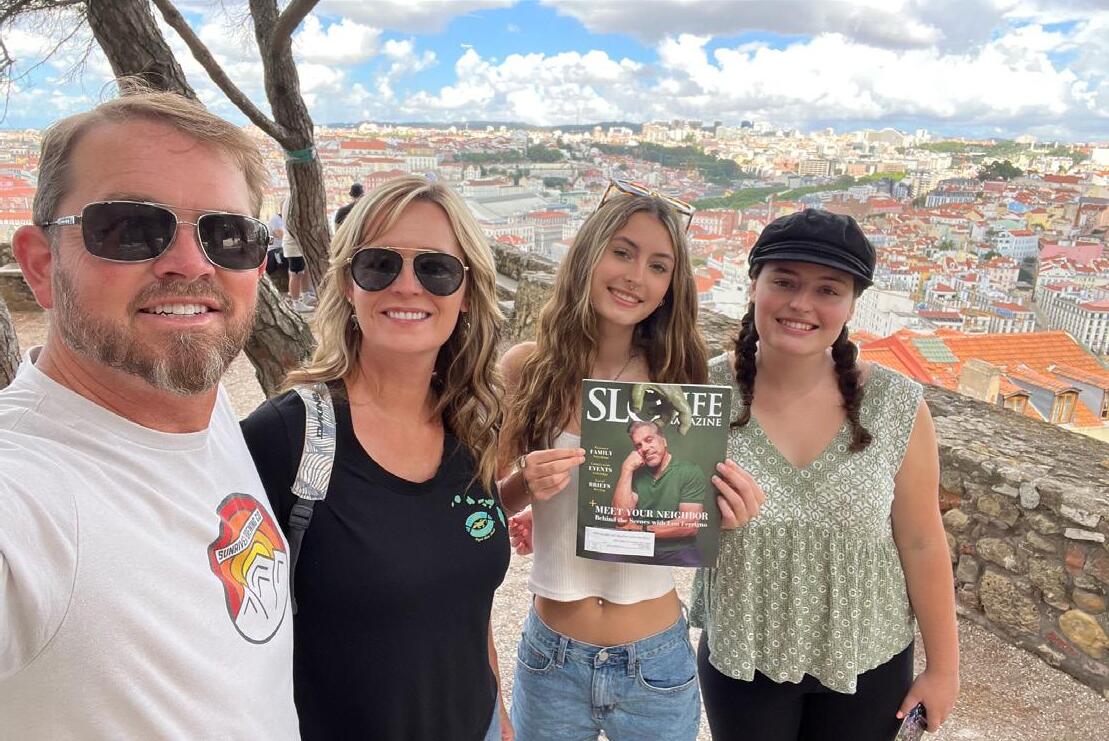



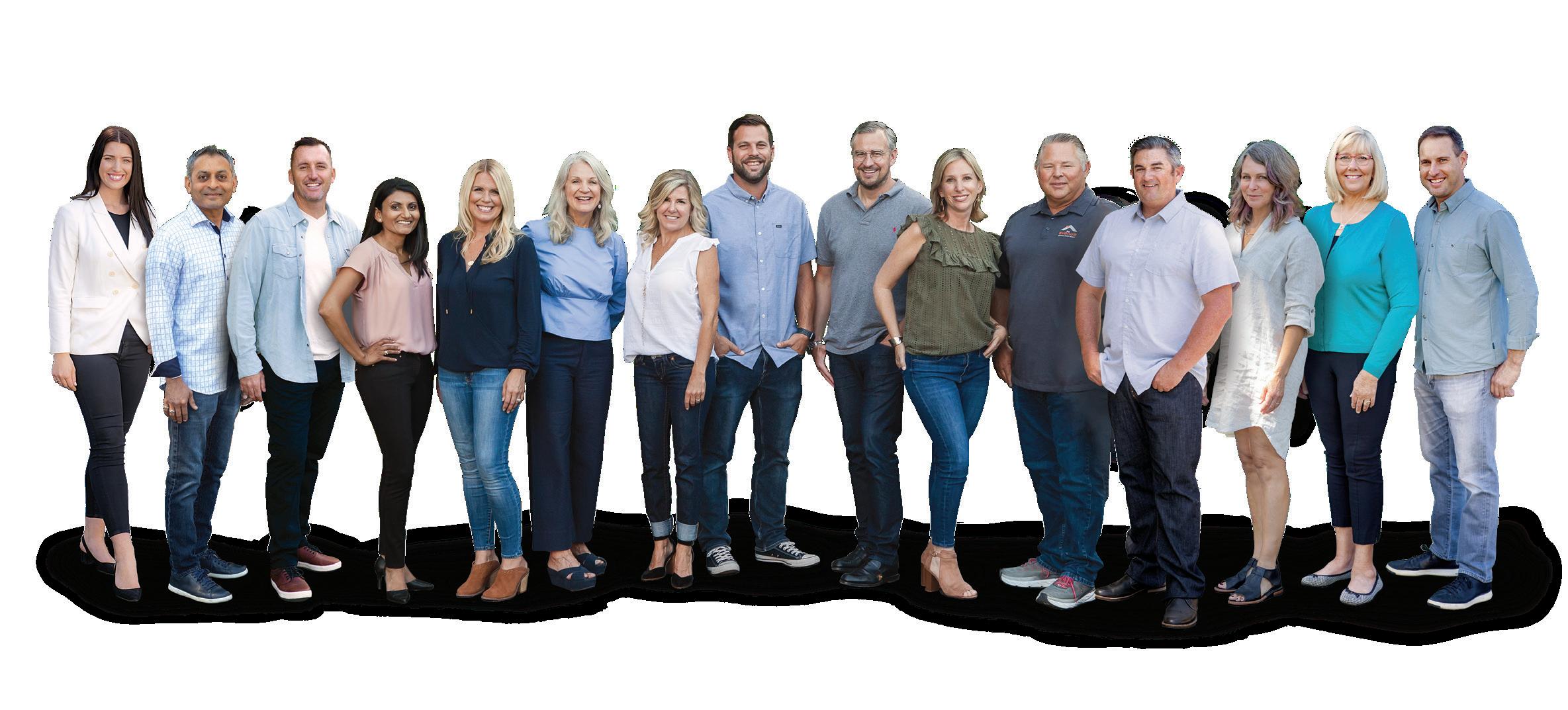

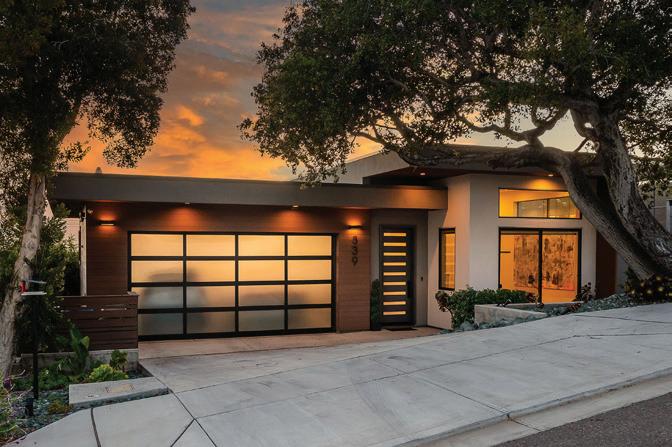




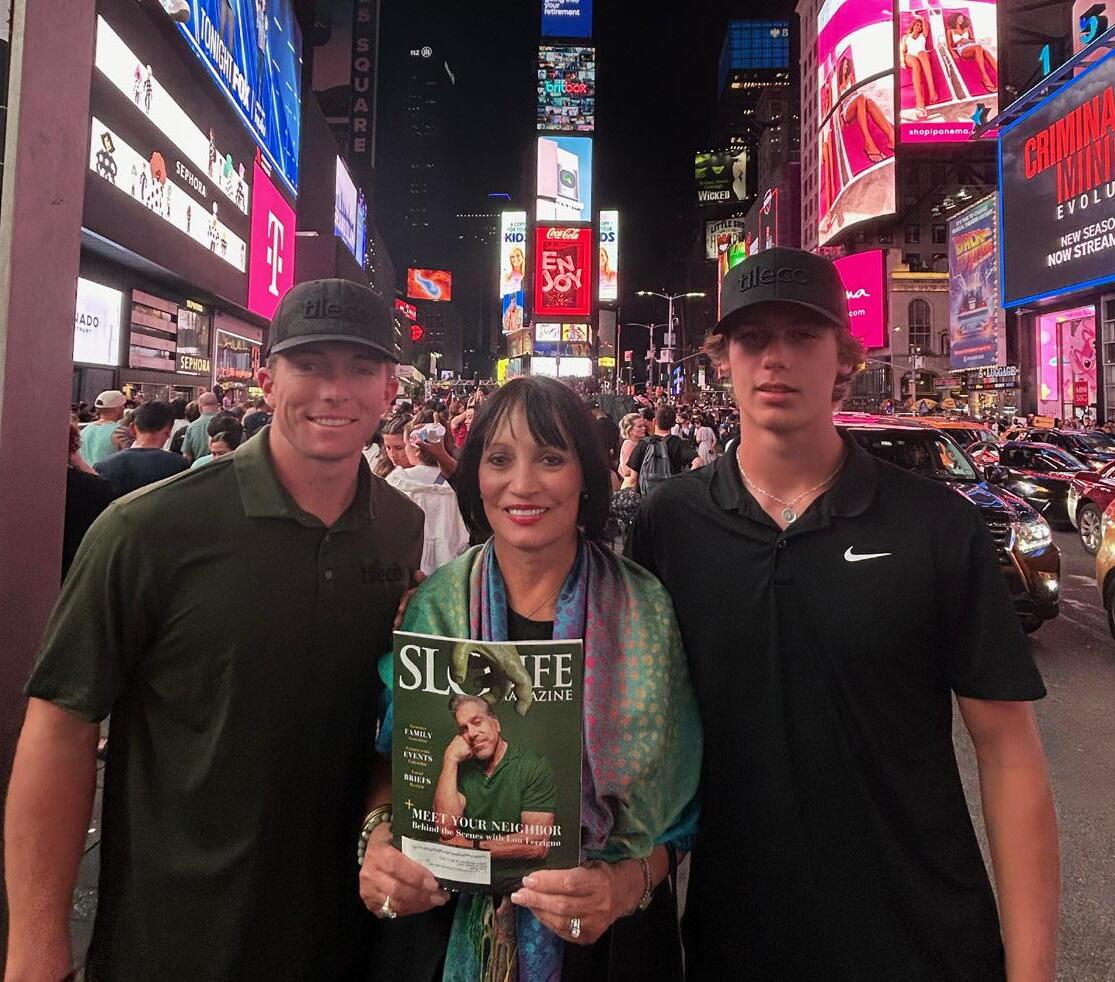
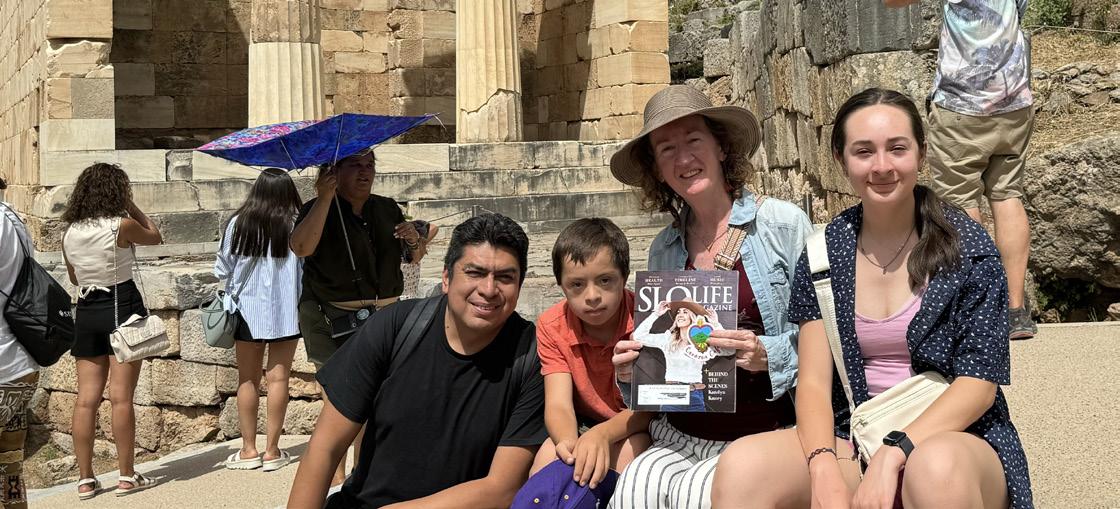
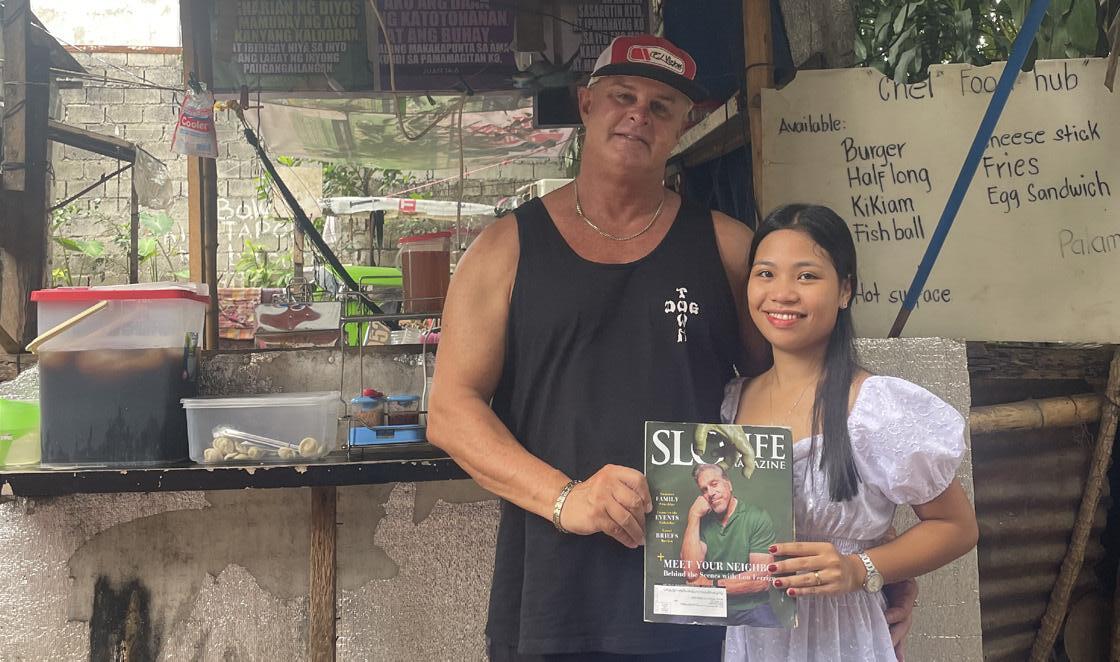
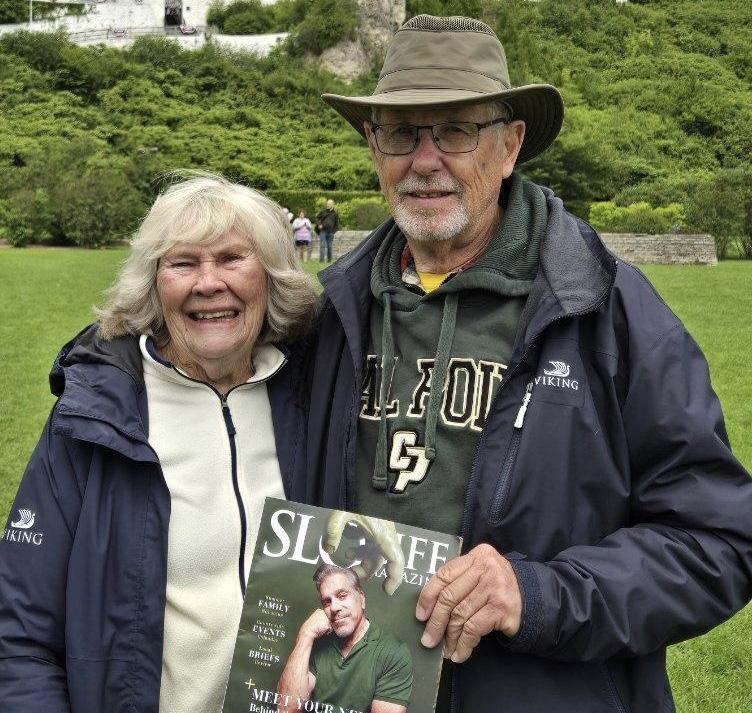
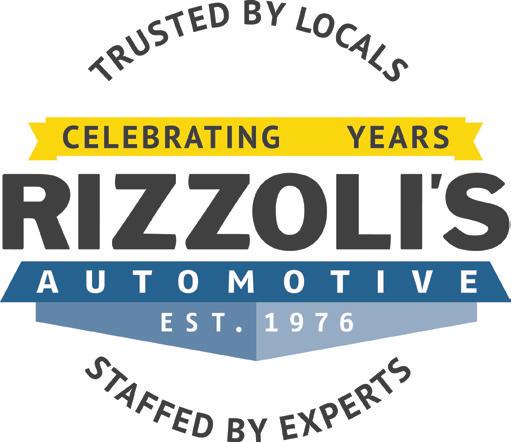







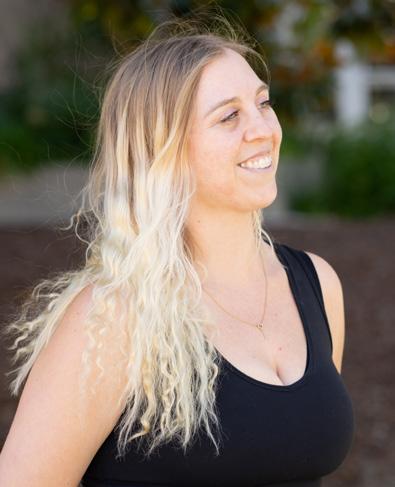
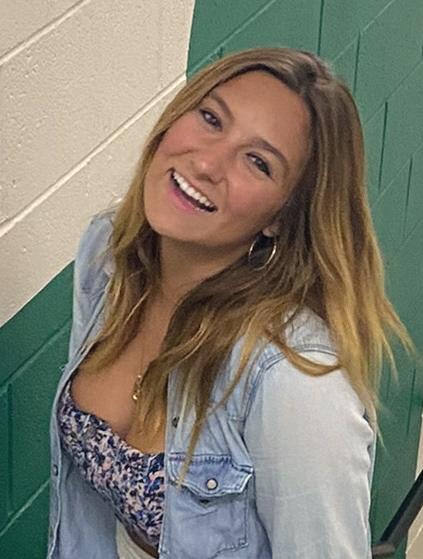
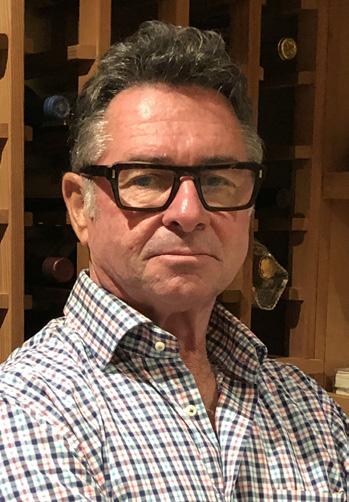



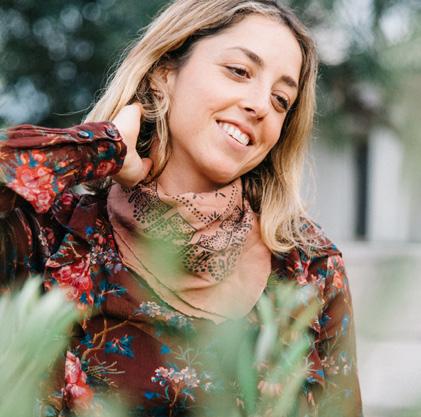

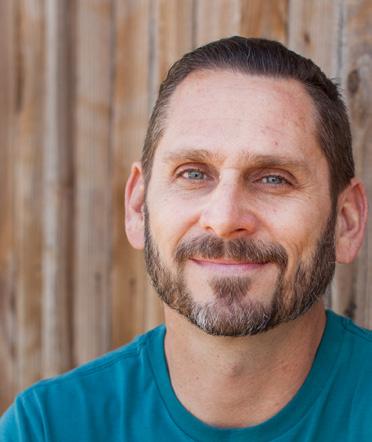




1. CHARLOTTE ALEXANDER is an award-winning writer and editor with more than twenty years experience in nonprofit organizations, higher education, and media.
2. Portrait photographer JAEDEN BARLETT loves the beach, golfing, and going on adventures with friends. Follow her @jaedenb.photography.
3. EMILY DESJARDINS is an editorial photographer based out of her home town in San Luis Obispo County. Follow her on Instagram @emanatemoments.
4. SLO local GENEVA FRANCISKOVICH has a passion for art and painting and can usually be found surfing and sunbathing at the beach or hiking Central Coast trails.
5. DAN FREDMAN is a SLO native immersed in the wine realm. He prefers LPs to streaming, Mac to PC, Fender over Gibson, and has nothing against screwcaps.
6. PETER HEIRENDT is a marketing creative producer and the founder of Shadowlight photography. You can follow him on instagram @shadowlightfoto.
7. PADEN HUGHES is an author, professional coach and co-founder of Gymnazo and enjoys exploring the Central Coast.
8. DAVID LALUSH is an architectural photographer here in San Luis Obispo.
9. DANA LOSSING is an interior designer at SLO based Ten Over Studio with a passion for dancing, yoga-ing, thrift-shopping, and adventuring with her family locally and beyond.
10. JAIME LEWIS writes about food, drink, and the good life from her home in San Luis Obispo. Find her on Instagram and Twitter @jaimeclewis.
11. BRANT MYERS is a the founder at slobiiig.com, a hospitality consulting firm, and Toddler Timber, where he makes wooden children’s toys.
12. MARK NAKAMURA is a wedding, event, family, architectural, commercial, and landscape photographer. Find him @nakamuraphoto and @marknakamuraphoto.
13. BRIAN SCHWARTZ is the event director for the Central Coast Writers’ Conference and advocate for independent publishing. Connect at SelfPublish.org.
14. ZACHARY SCOTT is a photographer known for his humorous and highly stylized work featured in the New York Times Magazine, GQ, Time Magazine, Wired, and New York Magazine
15. MARIAH VANDENBERG has a background in neuroscience and is an active photographer, artist, musician, and outdoor enthusiast.

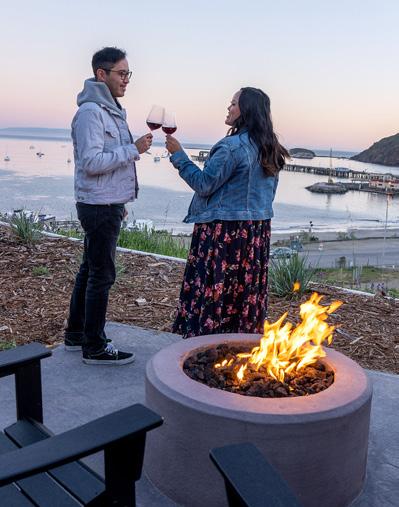






In the early morning hours, a healthy brown bear weighing almost 250 pounds wanders into and through downtown San Luis Obispo, causing an almost immediate response from members of the SLO Police Department and the California Department of Fish and Wildlife to a residence near the intersection of Osos and Peach streets. After tranquilizing the bear—who appears non-threatening and mostly just interested in trying to make its way back to its natural habitat—law enforcement personnel relocate it from the area without incident.
The Shell Beach Library—“the little library that could”—celebrates seventy-five years serving the community in the same location with a free, family-friendly special event including tours, craft stations, an old-fashioned cakewalk to Glenn Miller music, a fishing booth, book races, a Betsy Ross ball toss, story-telling time, local author book signings, and more. The 1,000-square-foot library is picturesquely located a block from the ocean at 230 Leeward Avenue, adjacent to the Shell Beach Veterans Memorial Hall.
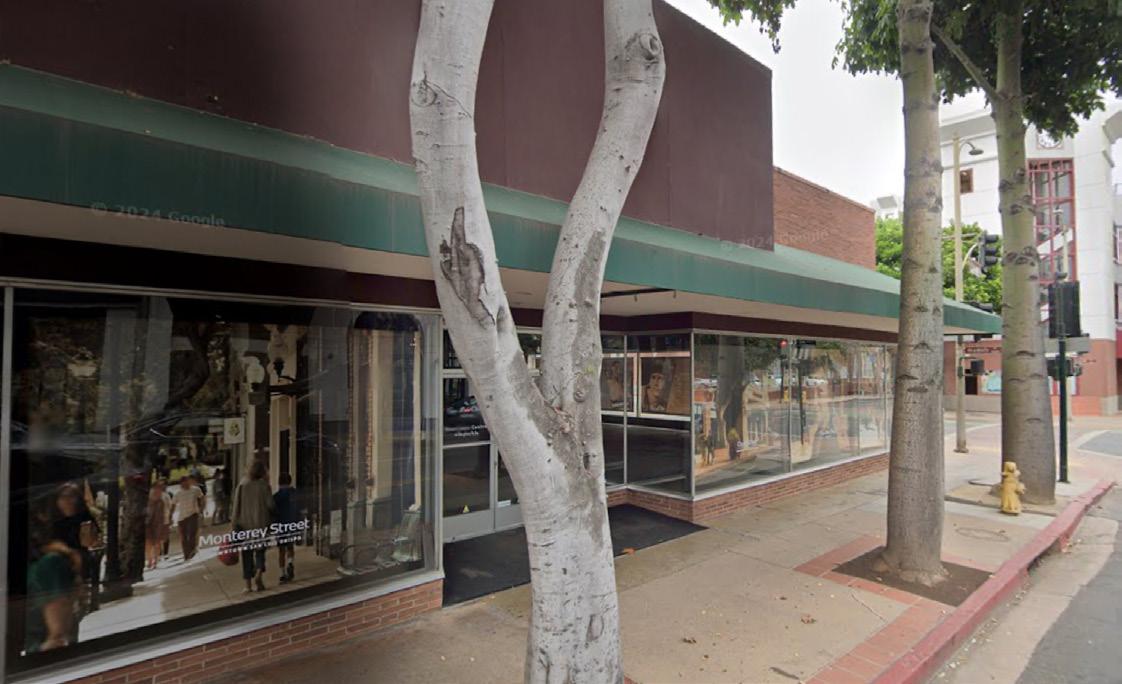
Cal Poly announces plans to occupy the long-vacant spot at the corner of Marsh and Chorro streets in downtown SLO that once housed Sports Authority, and before that Copeland’s Sports and Riley’s Department Store. The redeveloped 24,500-square-foot space will become home to the Cal Poly Center for Innovation & Entrepreneurship and the Cal Poly Mustang Shop, expanding access and collaboration among economic development partners, students, faculty, local entrepreneurs, and startups in emerging industries. The space will offer expanded co-working capabilities, with private offices, meeting rooms, and a new event space.

The California Coastal Commission unanimously approves the Los Osos Community Plan, which would end a thirty-five-year building moratorium with regulations designed to protect the water supply and sensitive habitats in the area. Building permits could be issued beginning in early 2025, despite ongoing community concerns about the supply of water available to Los Osos residents. The SLO County Board of Supervisors will consider the plan this fall, and the commission will evaluate the plan one last time at the end of the year. The plan would allow a maximum one percent growth rate for new residential units per year, meaning about fifty new units could be developed annually.
15 - 16
Cal Poly c elebrates 6,312 undergraduate and graduate students participating in 2024 commencement ceremonies, who join more than 225,000 Cal Poly alumni worldwide. The university’s six colleges welcome an estimated 50,000 guests to six separate graduation events, which are also streamed live online. “At Cal Poly, everything is ultimately about student success, and this year’s graduates have succeeded brilliantly,” Cal Poly president Jeffrey D. Armstrong says. The university also awards honorary degrees to leader and educator Bradford Parkinson, Cal Poly alumnus and Athletics Hall of Fame member Ted Tollner, and innovative philanthropist Hansjörg Wyss.
People’s Self-Help Housing announces that Tiburon Place, a new affordable housing development at 3750 Bullock Lane in San Luis Obispo will be ready for occupancy in mid-December. The new three-story, three-building project is comprised of sixty-eight apartments, including studio and one- and two-bedroom units, and features a community room, outdoor courtyard, and playground. The housing will serve individuals and families making at or below sixty percent of the area’s median income, as well as populations with special needs.
New, lower parking rates in downtown San Luis Obispo take effect following an outcry from community members who protested that recent rate increases were harming local residents and small businesses. The cost per hour in downtown garages is now $2 instead of $3, with a maximum daily rate of $8; however, free Sunday and free first-hour parking programs are no longer in effect. Street parking on central downtown streets is now $2.75 per hour down from $4 per hour and parking outside of the main downtown area is $2.25 per hour down from $3 per hour. Drivers can park on local streets for up to three hours an increase from the two hour limit.

Congressman Salud Carbajal announces $2,572,888 in federal funding to support the purchase of battery-electric buses and chargers for the San Luis Obispo Regional Transit Authority. Funding comes from the Federal Transit Administration and is made possible by the Bipartisan Infrastructure Law. Andy Pease, president of the SLO RTA Board of Directors, says the money will partially fund four battery-electric buses to replace diesel powered ones that have reached the end of their economically useful lives, along with recharging dispensers.


The California Coastal Commission approves a permit for offshore wind developer Atlas Wind to take sediment samples and use sound surveys to map the seafloor in state waters near Morro Bay, despite warnings from a local citizens group that the action will disrupt local fisheries and harm marine life. The permit, which expires in two years, allows surveys to occur in an area northwest of the Morro Bay Harbor to show where cables can be placed on the ocean floor to carry electricity. Atlas Wind is one of three companies, along with Golden State Wind and Even Keel Wind, holding leases to build floating wind turbines in the Morro Bay Wind Energy Area.
After a competitive nationwide search, the SLO City Council announces that interim city manager Whitney McDonald will fill the permanent role, having signed a conditional offer of employment. Her final employment contract and start date will be formally adopted at the council meeting on August 20. Previously the city manager for Arroyo Grande, she began serving as assistant city manager for SLO in August 2023, and assumed her interim role after previous city manager Derek Johnson’s departure in April. McDonald will lead a staff of more than 480 employees and oversee a total budget of $225 million.
79,015
The record-breaking number of first-time and transfer student applications that Cal Poly received for fall 2024, making it the largest, most competitive applicant pool in university history. They were competing for fewer than 6,400 spots in sixty-four majors—an eight percent enrollment rate.
The first Wednesday of every month at noon, the City of SLO offers free guided two-hour tours of local attractions for anyone fifty-five years of age or older. Visit sites such as the Central Coast Veterans Memorial Museum, take a SLO Art Walk, or discover a unique downtown business.
“I’ve witnessed firsthand the incredible spirit of this community and its commitment to uplifting one another together.”
Jane Pomeroy, appointed CEO of United Way of SLO County in June, is a longtime community advocate who was born and raised on the Central Coast. She’s looking forward to working on early childhood education, family financial stability, and community strengthening initiatives.
#3
Ten members of the Central Coast Adventurers, competing for the first time in the Dragon Boat Festival at Castaic Lake in June, claimed a bronze medal in the Women’s B Division. The team, organized in 2023 by Anne Jansen, includes Cal Poly and Cuesta students, staff, faculty, and alumni.
$2.32 billion
The total amount of direct travel spending in 2023 by tourists in SLO County. According to Visit SLO CAL, tourism generated $60.1 million in transient occupancy tax revenue last year, making it the second-largest economic driver after agriculture in the county.
75%
Three-quarters of individuals experiencing homelessness in SLO County have lived here for at least five years, according to the findings of the 2024 Point-in-Time Count, the community-wide census of all those experiencing homelessness on a single night in January of this year.
A door-to-door transportation service offered by the SLO Council of Governments that operates Monday through Saturdays for seniors age sixty-five and up in SLO County. One-way fares range from $2.50 to $10 and can be used for doctors’ appointments, shopping, and more.
The number of new public parking spaces, including two new ADA spots, that the City of SLO recently added when it acquired a parking lot at the corner of Higuera and Toro Streets. Parking rates are consistent with on-street metered parking around the downtown perimeter.
“It was a tremendous collaborative experience, both musically and socially.”
Canzona Women’s Ensemble co-conductor Jill Anderson describes the group’s tour to eastern Canada in June, presenting two concerts with two other women’s ensembles in Ottawa and Montreal. The tour was so successful, a subsequent visit to the province of Alberta is in the works.
The San Luis Obispo-Paso Robles area is one of the twenty-five most polluted metropolitan areas in the U.S. in terms of ozone, according to the American Lung Association’s 2024 State of the Air report. The air quality is bad enough to receive the lowest of the association’s grades, ranging from A to F.

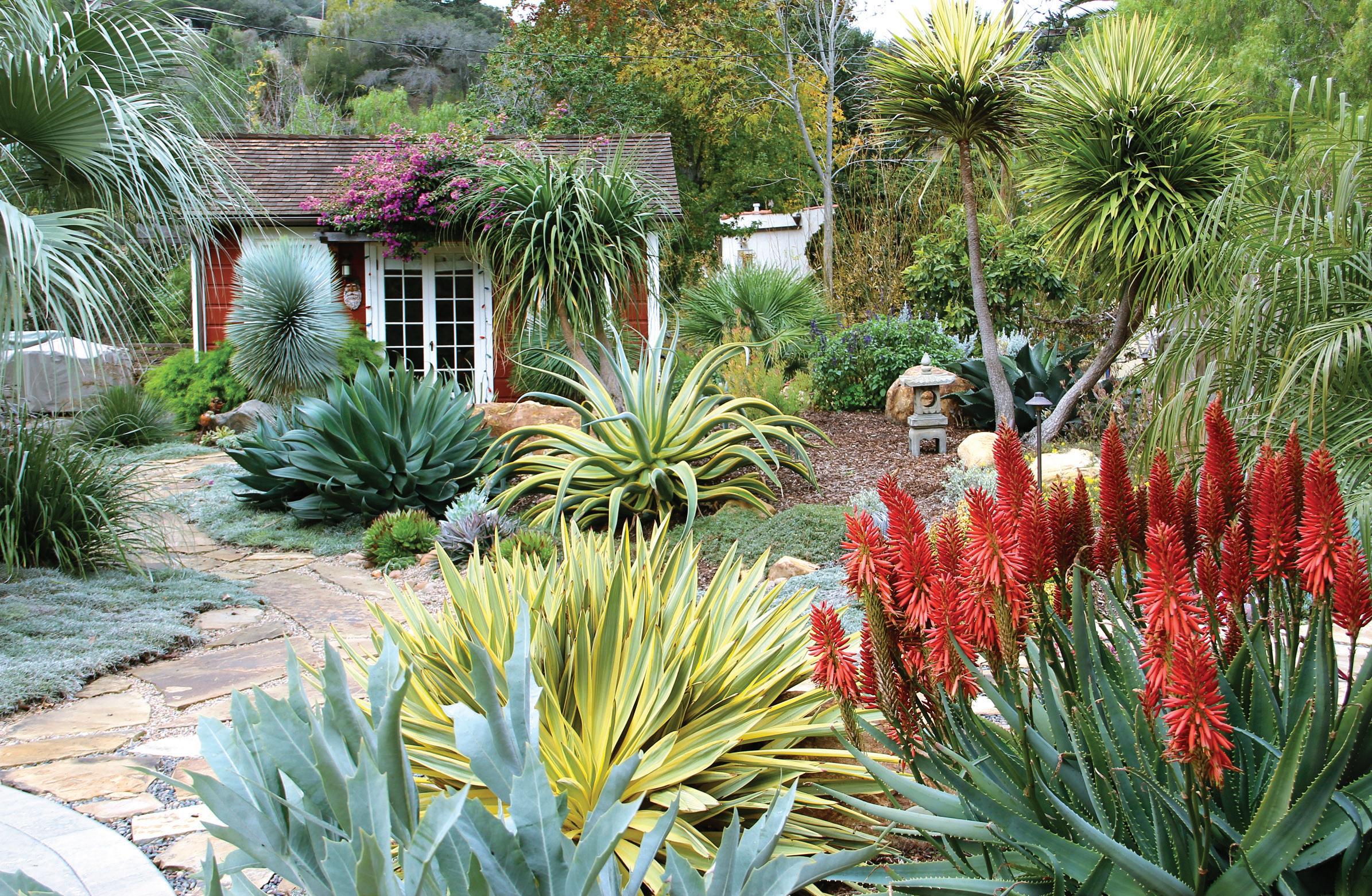

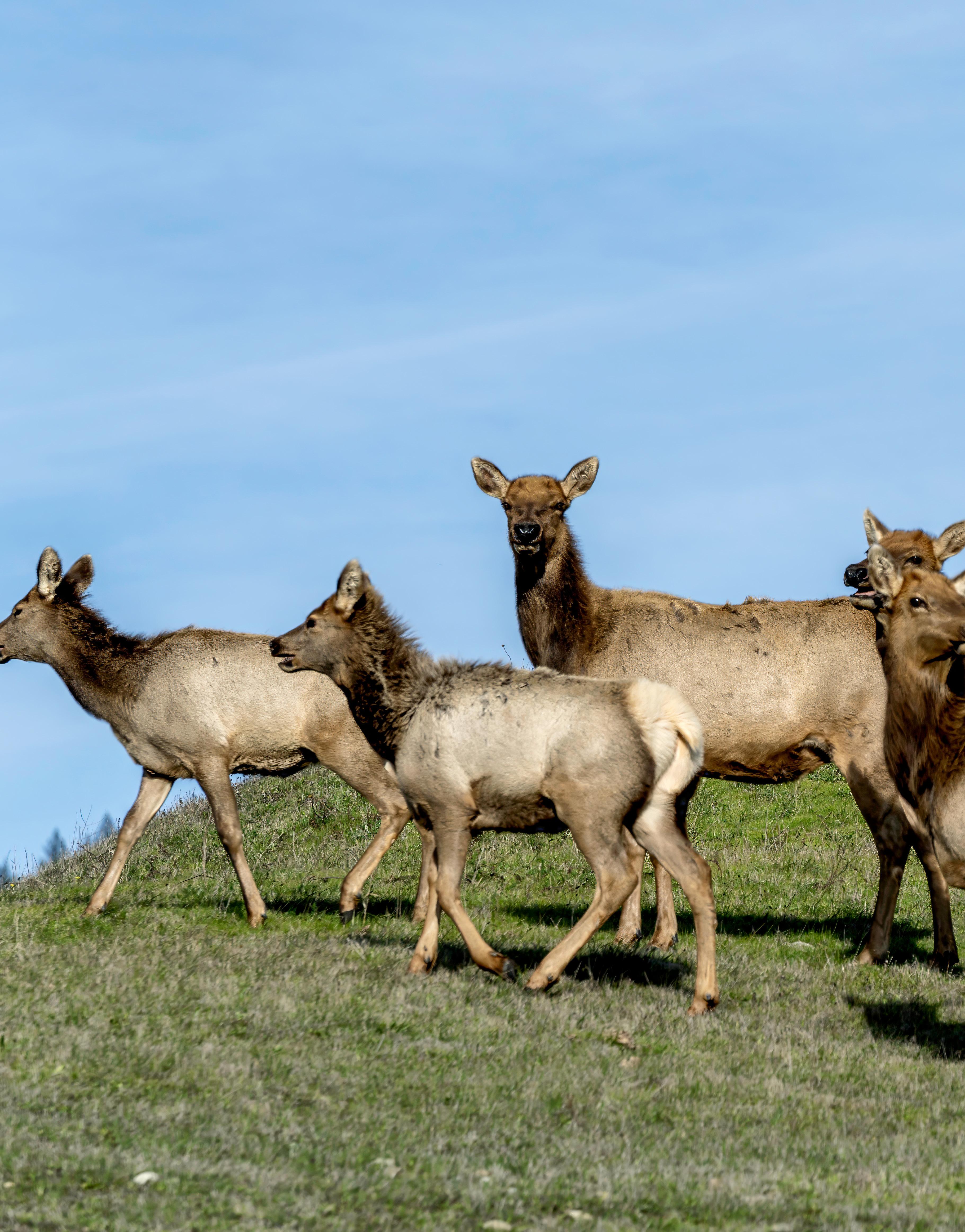

Most people heading north from San Luis Obispo along Highway 1, know about the elephant seals north of San Simeon. Some know about watching for zebras along the road by Hearst Castle. But few know about the elk herd, part of William Randolph Hearst’s private zoo—the largest in the world during that time, the 1930s.
Weighing in somewhere between 700 and 1,200-pounds as mature bulls, Roosevelt elk are the largest of the four surviving subspecies found in North America. Also known as Olympic elk and Roosevelt’s wapiti, there are about 130 Roosevelt elk, which can be seen on both the east and west sides of Highway 1, a few miles north of Piedras Blancas Lighthouse. They roam under the bridge on Highway 1 and through the 83,000-acre Hearst Ranch on both sides of the roadway.
While I don’t consider myself a wildlife photographer or a bird photographer, on this particular afternoon I couldn’t pass up this opportunity. I was heading back from a Big Sur hike with my friend Scott, when we saw this herd of elk by the coastal mountainside of the road, about fifty to one hundred yards from Highway 1, unusually close to the road. Over the decades, I’ve seen the herd dozens of times, sometimes closer to San Simeon and other times closer to Ragged Point Resort, but never this close to the highway. Instinctively, I grabbed my camera with the 100-400mm lens and shot several photographs as they made their way up the hillside.
BY MARK NAKAMURA SLO LIFE
The other day, we visited with NICHOLAS RASMUSSEN of Habitat for Humanity San Luis Obispo County, whose mission statement reads in part: “We build strength, stability, and self-reliance through homeownership.” Our mid-afternoon conversation with the Chief Executive Officer ranged from making music to making friends with gang members. Here are a few highlights . . .
Okay, Nick, let’s talk about where you’re from. I was born in Bellingham, Washington, and lived there until I was probably four or five. Then we moved to Eugene, Oregon. After college, I moved to Chicago and was backand-forth to L.A. with some time in Oakland. I was really into music: playing and writing, then producing and artist development. When I was twenty-four, I started working in foster care on the South Side of Chicago. I had no business doing that job.
What do you mean?
I was assigned to a really tough area called Englewood. There was an older woman there, a grandma, who took in foster kids and I was going to see them. So, on my very first day on the job, I pull up in this little Toyota pickup and these guys stopped me and said, “Hey, what are you doing here? We don’t know who you are.” I said, “I’m a caseworker. I’m working with those foster kids.” And then the leader says, “Okay, here’s the deal. We’re never going to talk to you. When you roll up, we’re going to either nod yes or shake our head no. If we nod, you can come in. Some days it’s going to be a no.” That went on for two years. They never spoke to me again, but they always looked out for me.
What was your takeaway from that experience?
Really, it was respect. I told them, “Hey, I’m here to help. You guys just have to let me know what’s up.” I wasn’t scared in that moment, for some reason, because they were showing me respect, and I was doing the same. Over time, I came to understand that systems, despite the best intentions of people working within them, are not created for those guys in Englewood to be successful. I don’t care what governmental system it is. I don’t care what educational system, social services system, none of them. They’re all about control, and they’re all about keeping people where they’re at. At the end of the day, it’s about power and money. I learned
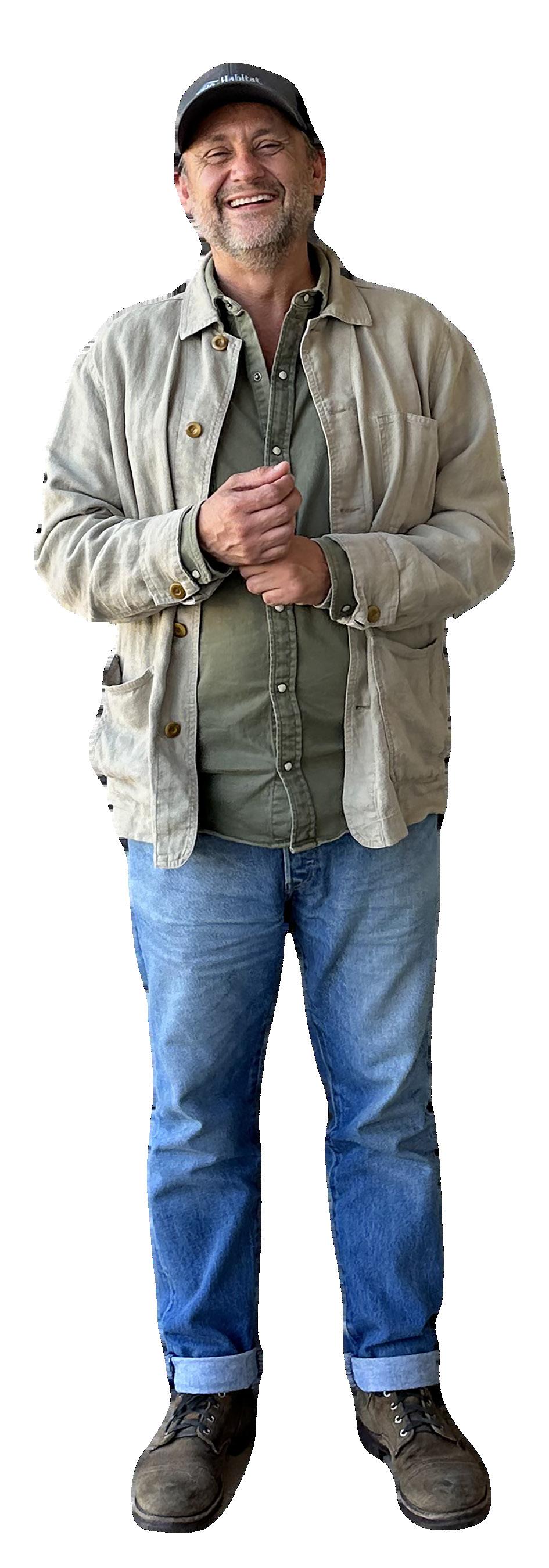

very quickly working in that neighborhood, within that particular system, I could only do so much. So, I did as much as I could.
Can you expand on that thought?
It was knowing my place and understanding my scope of influence. Continually asking myself what exactly I can do in a particular situation. What can I accomplish right now, today? I don’t have control over anything else. That insight shaped my life. So, for example, we have nine homes in Paso, the Vine Street Project, which has been in development for ten years, long before I was here. These homes aren’t handouts. Far from it. Yes, we sell them at cost, below market, but every adult buying those houses is earning that discount because they are required to put in 250 hours of sweat equity. Think about that. A married couple will be swinging a hammer or laying tile or whatever—before they go to work, after work, over the weekend—for 500 hours. They’re just amazing, hard-working people who deserve a shot at this dream, homeownership, and they’re making it a reality, doing everything they can alongside our incredible staff and volunteers.
How do you look back now on your journey from caseworker to CEO?
I don’t think about it in terms of who I am, but what I’m doing. I don’t need anybody to know that I have some particular title—as long as I can be a part of making peoples’ lives better. I’d rather lift up our team, so they can contribute in ways that are far beyond their expectations, even for themselves. We’re building something important here in SLO County, something of lasting value. I mean, helping people become homeowners—that’s a big deal, a really big deal. It transforms them. It strengthens families. It changes their lives. And it makes the community better for all of us. That’s everything. But, yeah, for me, if nobody knew who I was, I’d be fine with that.



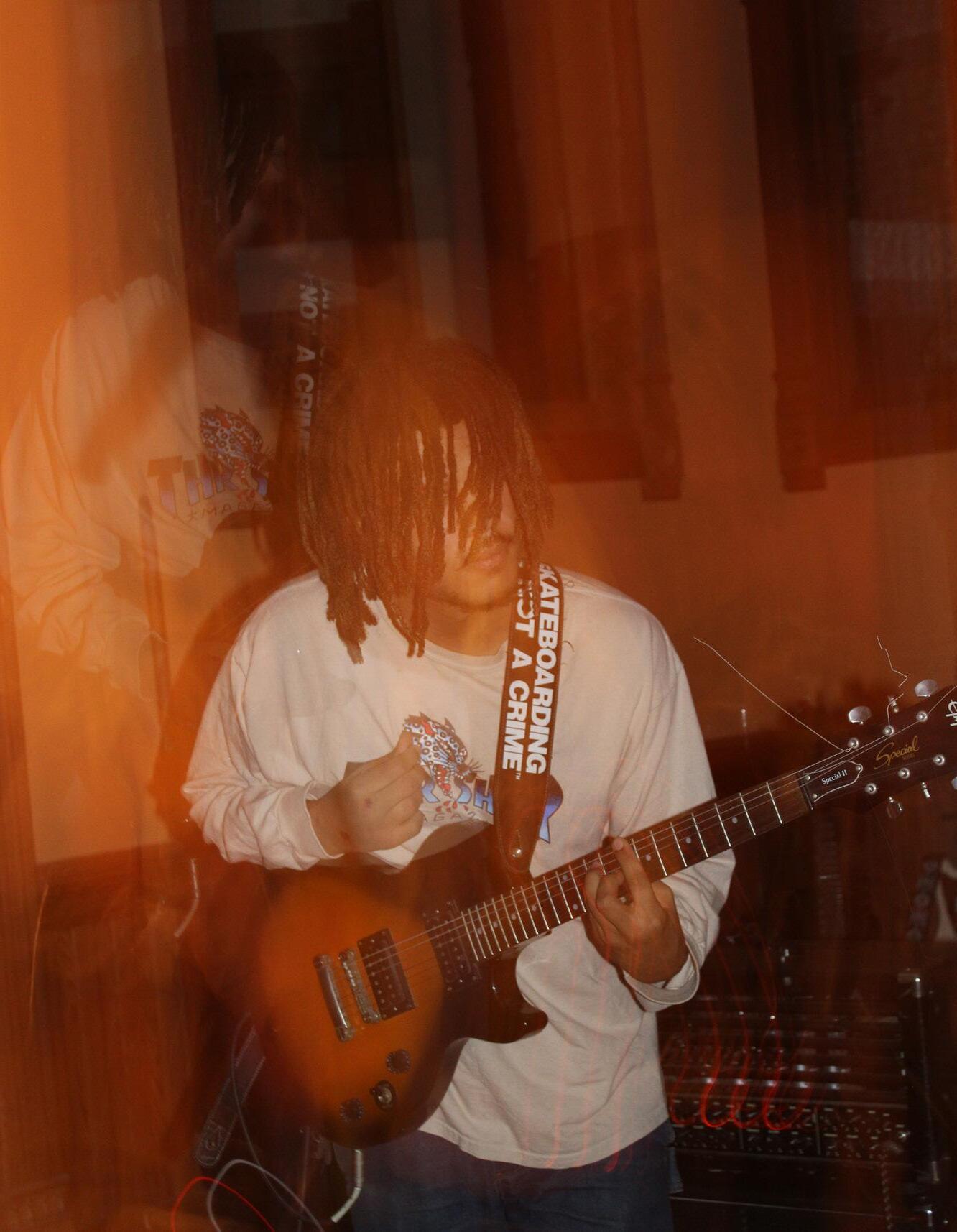

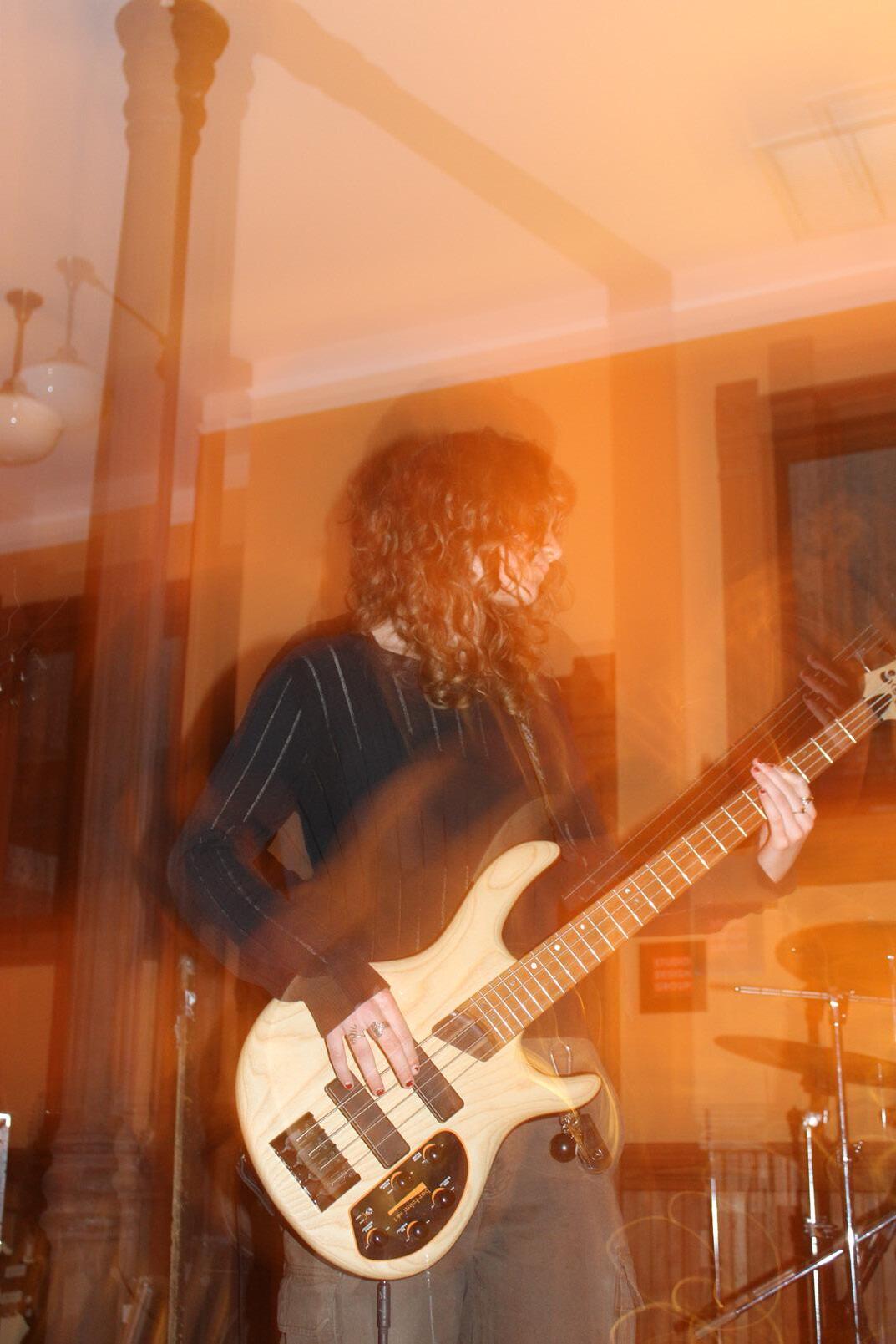
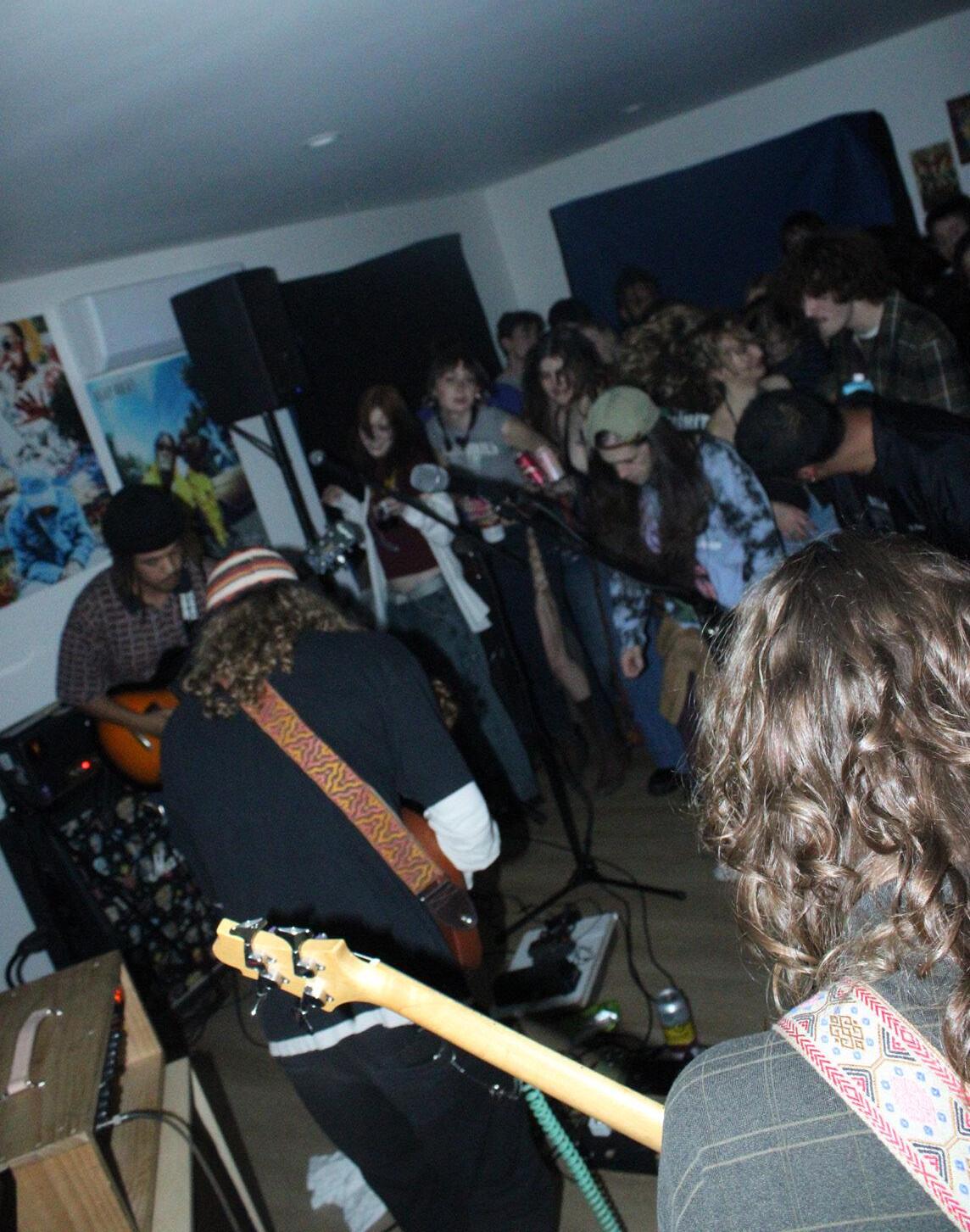
BY GENEVA FRANCISKOVICH PHOTOGRAPHY BY JADE HOEY
If your ears have not yet been blessed by the unique sound of local band Joone, it’s high time to get acquainted.
Derived from the June bug and also the month, the moniker Joone encapsulates the band as a group of friends, as well as new musicians. Growing up in Nipomo, Mia DiCarlo, the band’s drummer, explains, “We were only high school kids, and started the band almost as a joke, for fun.” Being self-taught musicians, the group would come together after school hours and dedicate time to perfecting their newfound craft. As the band learned to play together, the jam sessions became more serious, and they realized they could make something out of the band.
Once the band found its rhythm and sound, they took their talents to the SLO music scene. They were warmly welcomed by the other rockers around the county. DiCarlo smashes on the drums, while Trinity “BeeBee” holds down the bass, and Michael Brown takes center stage as the vocalist and guitarist.
In the early days before settling on its trifecta of musicians, the group fluctuated in size between four and five performers. Now settled as three members, the band has found a cohesive sound between them. DiCarlo shares that she and BeeBee started playing their instruments at the same time—about a yearand-a-half ago when the band first formed. Since they played and learned together, their sound tends to be consistently locked in, making up a strong rhythm section for the band. And, while the core members are well established, they are still open to adding vocalists and guitarists to develop another element.
Joone describes itself as a blues-infused indie band with garage rock roots. With the strong underground music scene in SLO, they have admittedly been inspired by other local bands. Some of their biggest influences are Central Coast favorites Couch Dog
and Pancho and the Wizards. Joone’s distinct sound has earned respect among countywide musicians playing in the same lineups alongside popular local groups like Suburban Dropout, Plywood Love, and the Krooks.
You can typically find Joone rocking live at a house show on a Friday or Saturday night where young adults gather to hear great music and have a good time. The stage, ranging from a garage to a platform in a backyard, is always a little different depending on the house-turned-concert venue. These shows have a feeling of intimacy because of the smaller size and casual tone. Crowd participation is always welcome at Joone’s house shows where the audience stands only inches away from the band’s amplifiers, dancing and singing along.
But house shows aren’t the only spot they play. Joone has also been performing in rotation at notable bars around town. You can grab a beer and hear them live at Libertine, Frog and Peach, and BA Start Arcade and Taproom. One of the newest and most treasured performing venues according to Joone is The Aviary SLO—an all-ages independent concert venue located in the heart of downtown. DiCarlo describes the scene and energy as “absolutely electric.”
Along with memorable live shows, the band has begun recording. Their newest single “Angelo” will be hitting the scene this summer and is available on all streaming platforms. I was lucky enough to hear the song before it was released—it contains elements of rock with a satisfying coastal riff. It’s easy to predict that this new piece will be a favorite among San Luis Obispo locals and will be enjoyed at future house shows and concerts up and down the coast.


You wouldn’t think that someone missing half of a lung could run a hundred miles. The obsession began innocently enough for San Luis Obispo resident CHRISTIE TJONG CLEMONS, who laced up her running shoes for the first time after resolving to get back in shape with a ten-minute morning jog before heading off to work. In the coming years, those ten minutes became fifteen, and four miles became fifty. Today, she spends her free time training and preparing and traveling, chasing down the world’s top distance athletes in one international ultramarathon after another. Here is her story . . .

LLet’s talk about where you got your start and your two last names. I was born in Southern California, in Palos Verdes. My father was from Indonesia and my first last name came from him. My grandparents spelled their last name the traditional way, Chong, but Indonesia was ruled by the Dutch when my dad was born, and they had a different way of spelling it then, which is Tjong. And then my second last name, Clemons, that was my married name. I’m divorced now but kept it. I have an older sister, and we were basically raised by our mom because our dad lived in Indonesia when we were growing up. He was from a family of nine, and they manufactured the containers for a makeup company, Mirabella. We would travel back there to visit him. My parents stayed married, and that arrangement somehow worked out for them. I didn’t understand it back then, but I understand it now probably as I get older.
What was it like when he would visit?
It was odd in that he was always very foreign to me in just about every way. English was his third language, and he also had quite a temper. It was very difficult when he would visit us because we really didn’t know him, but he would try to make decisions even though he was pretty much a stranger. That created a lot of strain between him and my mom. But after I graduated and left to go to college, he moved back, and over the last ten years of his life, I got to see a different side of him. I got to know him. My mom had cancer, and he helped her through that. And my sister had children, so I got to see him be a grandfather. As he got older, I think his temper changed. And so, my parents got along really well throughout the last part of his life.
What sort of decisions would your dad make for you?
Well, I would say tennis was a big one. My whole life, my childhood since I was about four years old, revolved around tennis. I traveled all over the country and played three or four hours a day. My dad lived vicariously through me. He played a lot of tennis in Indonesia. I don’t know how he picked it up, but it also became a gambling thing for him where he would bet on matches. And we lived in a great place for tennis. I mean, Pete Sampras was my coach, and Robert Lansdorp. I got to train with a lot of these pros. I grew up with Venus and Serena Williams. They lived only thirty minutes away. Tennis is what brought me to San Luis. I had a scholarship to play at Cal Poly.
How was that experience?
of my time there, I got really sick. The first couple of weeks, I tried to ignore it and just work through it. I had this awful pain on my side that was getting worse, and I was feeling terrible. I ended up in the emergency room three or four times and they kept sending me away telling me I had broken ribs. It got so bad, to the point where I was unable to breathe on my own and everything started shutting down. They put me on life support and that’s when they finally found it, the infection. They opened me up in an emergency surgery and removed half of my lung, which had collapsed.
Wow.
I was supposed to take a year off and red shirt, but I ended up playing two months later. They said it would take ten years to fully recover from that operation. And I would say that’s probably true because I just wasn’t the same tennis player after. It changed everything. I played for another two-and-a-half years, but I was not able to get back to where I was. And, also, by that time, I think I was just burnt out. Plus, I was still having trouble with my back. I had herniated a disc when I was fourteen and had to take eight months off and years of physical therapy, but by the time I was a junior in college I just couldn’t do it anymore. My coach and I had a long conversation and decided that this was the end of my tennis career.
So, what did you do?
I had been working for a local real estate agent, and during that time, my roommate was doing AmeriCorps. I decided to apply, too, and started with the organization working to expand access for disabled people here locally, which led to a stint at Big Brothers, Big Sisters where I am still on the board to this day, twenty years later. When I was working in real estate, I became familiar with the various title companies, and one of them, Chicago Title, recruited me as a salesperson. I remember being a few years into it, I think I was twenty-six when I realized that I was spending a lot of my time taking clients out for dinner and drinks and feeling unhealthy and out of shape. I said to myself, “I’ve got to do something healthier than this.” Then, one day, I’ll never forget it, I saw this woman running down Broad Street with her dog, a German Shepherd. I said, “I want to be her. I’m going to be her one day.” So, the next day, I took my Golden Retriever out for a run.
Did running click for you?
Actually, it was August of 2000, the summer before I moved here; I was a camp counselor at a horseback riding camp. I had gotten my commercial driver’s license, so I could drive the kids around in a bus. Toward the end >>
No, not at all! [laughter] I mean, I hated running in college. Our coach would take the tennis team to the track, and I would use my lung operation as an excuse to get out of it. I’d tell him, “I can’t run.” I mean, I really hated running. But I knew I had to make a change in my life. I needed to get on a healthier path, so I started out that first day with a ten-minute jog. Then, slowly, I moved up to fifteen. After about a year of that, I decided to set a goal to run four miles, which seemed so far. I remember attempting it for the first time, getting all decked out with my gear, a water bottle, and heading out. When I was making my way back, I was so proud of myself. I mean, four miles. So, over the next couple of years, I started adding distance and gaining confidence to the point where I said, “I’m going to run thirty miles on my thirtieth birthday.”

Whoa.
My thirtieth birthday fell on a Friday. And the day before, I told my boss, “I’m going to be a little late coming into work tomorrow, on my birthday.” She’s like, “Oh, are you going out to celebrate tonight?” I said, “No, I’m going to run thirty miles in the morning.” She looked at me like, “What?” So, I charted a course around San Luis, put on my shoes, and did it. From that point forward I was hooked. I would go out with my Golden Retrievers and run two or three hours a day and sometimes four or five hours on the weekends. Then, my ex-husband, his uncle was a professional ultramarathoner, and he said, “Hey, you should look into ultramarathon running.” So, I signed up for my first race, a fifty-miler on Catalina Island. My mom and dad came, my whole family came to
support me. It was an incredible experience. So, I just kept going after that. Mostly it was ultramarathons, but I also ran the SLO Marathon a couple of times, did the Boston Marathon, and then I started traveling the world to run.
What’s the farthest you’ve ever run?
One hundred miles, and I’ve only done that once. I’ll never do it again. I did a hundred-miler in Santa Barbara, and I met someone, who I ran forty miles with and, to this day, we’re still friends. These distance runners, they’re a great group of people, whether they’re marathons or ultramarathons, it’s really fun, a great time getting to know people. But the difference is that I can run a fifty-miler the whole time without >>



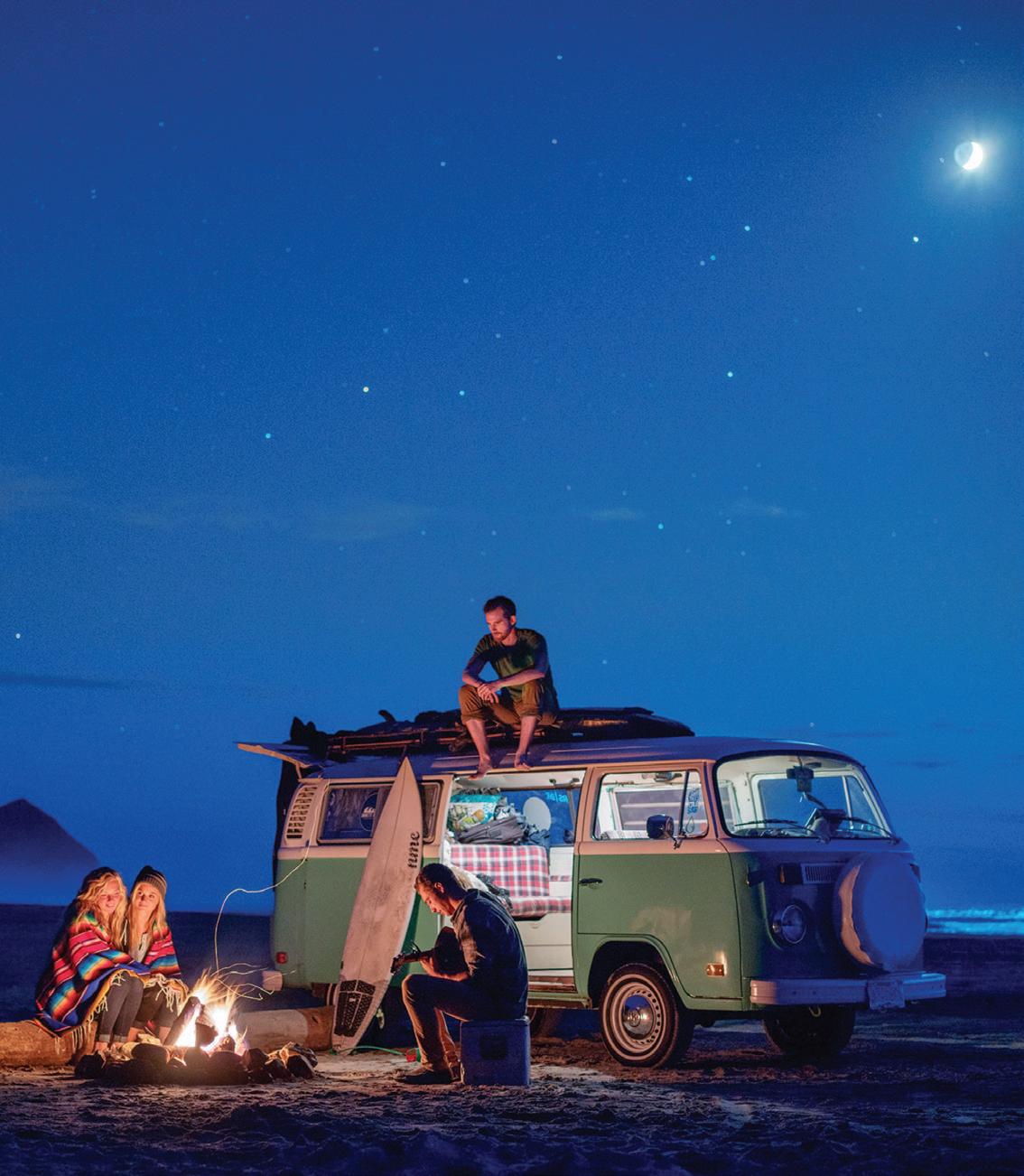






- Linda Elder, Avila Beach

stopping. The hundred, that’s a different ball game. It’s mentally challenging going a hundred miles, and it’s a lot of making sure you fuel your body the right way and things like that. So, I’d rather just go out there and run as fast as I can and be done. But I do have to be careful because speed, going too fast, is where I tend to get injured, so my sweet spot is eight or nine minutes per mile. I have the endurance to do that for fifty miles.
Is that fast enough to win?
I haven’t won one yet. I’ve come in second or third in most of them. One of these days, maybe I’ll win one, but it’s not really about the competition so much. I mean, don’t get me wrong, I would love to come in first and
I work hard to be in shape to do it, but at the end of the day, it’s more about the experience and the comraderie and the travel. I’ve been able to see some interesting parts of the world doing this, way off the beaten path, and I’m fortunate to do these races internationally because I have a lifestyle that allows it. I don’t have a family of my own, so I can go any time. But they do take a lot of time and money and preparation. Right now, I’m running somewhere between a hundred and one-hundredand-thirty miles per week. So, generally, I’m able to do one or two ultramarathons a year.
What is the strangest thing you’ve seen during a race?
I’d say, probably the one in Jordan. I was running by myself through the

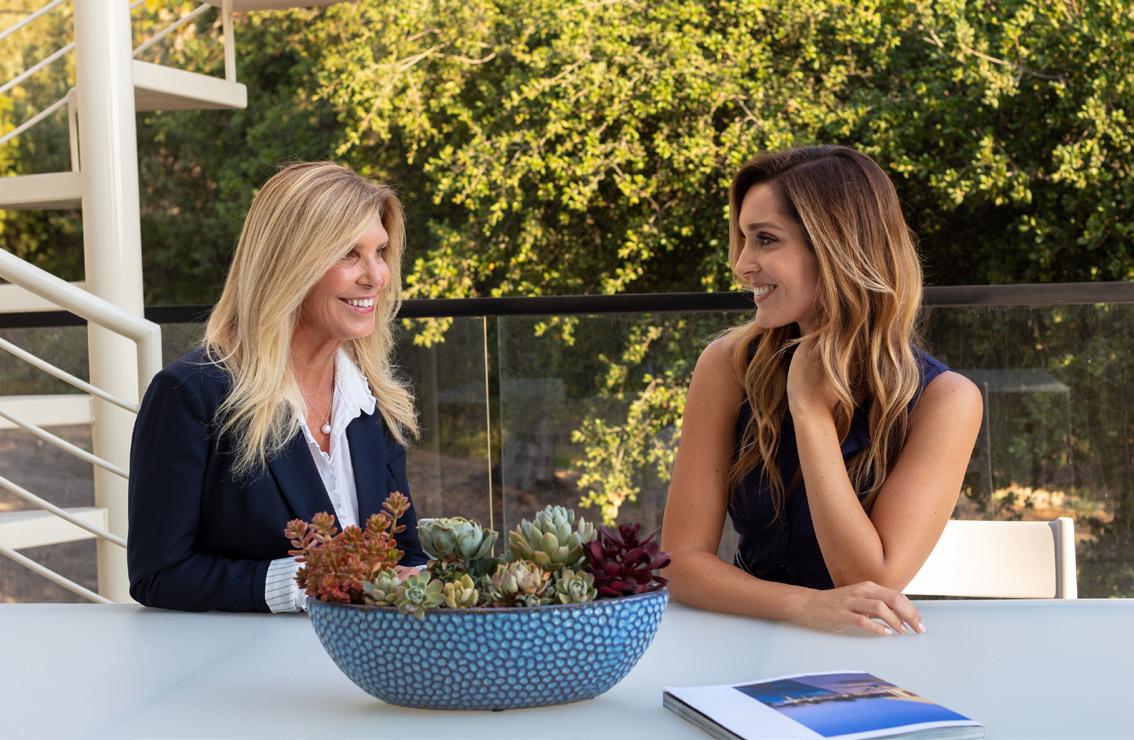
Tracy
REALTOR®
M:
Tracy.Ronca@compass.com
Stephanie
REALTOR®
M:
Stephanie.Ronca@compass.com





Petra Desert, 111 degrees with a water pack on my back, when these little kids started chasing after me, swarming me. I thought they were just playing around at first, so I started laughing. I thought it was some sort of joke, but they wouldn’t go away. They were really pestering me, grabbing at my hair and I’m pushing these little seven-year-olds away. At the next aid station, I told them about it, and they said, “You’ve got to fight them off. They’re trying to steal your backpack.” But, I’d say, China, running the Great Wall was pretty crazy, 107 degrees with lots of humidity. It felt hotter than Jordan, way worse. People were having heat stroke. That was by far the hardest race I’ve run. But also, amazing. And beautiful.
And, where’s the most beautiful place you’ve run?
Oh, wow, that’s a tough question. There is so much beauty everywhere, and there is a lot more I plan to see, but I will say that right here—it doesn’t get much better than right here. We have Cerro San Luis, Bishop, Cuesta Ridge, Johnson Ranch, Poly Canyon, so much. And, I have my two Golden Retrievers who train with me, they are getting older, so they don’t do it as much now, but they’ve run up to thirty-three miles. I know some people look at me like I’m crazy, but I monitor them closely, to make sure they’re doing okay. They’re just like me, they love to run. But the most beautiful? I don’t know. I’d have to really think about it. Actually, honestly, I’d say right here. It doesn’t get any better than San Luis. SLO LIFE
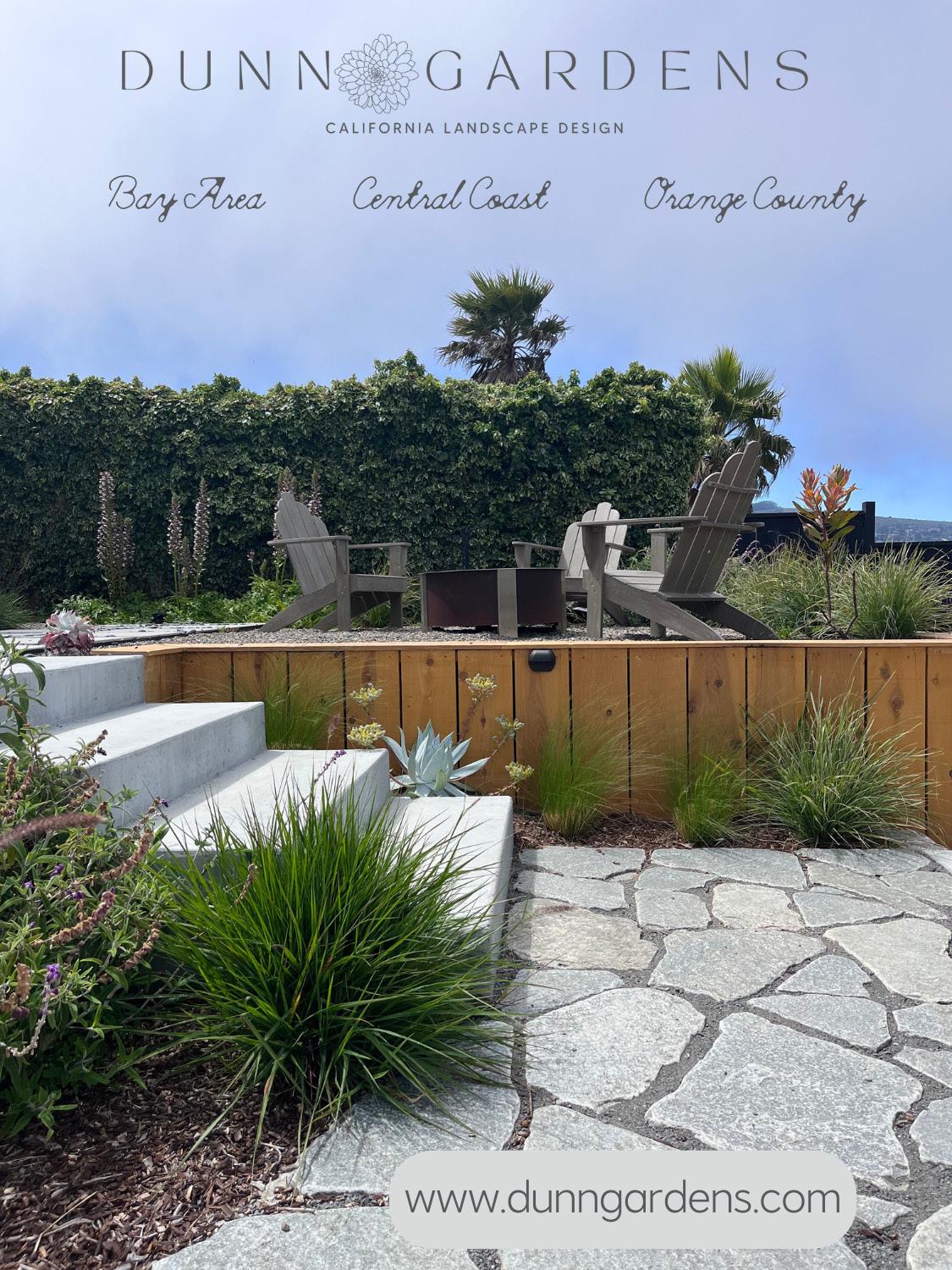


PHOTOGRAPHY BY PETER HEIRENDT
I was born in Damascus, Syria in the late ‘60s and lived there for five years. This was back when you could walk through the teeming souqs and savor the offerings of the original food truck vendors crafting homemade shawarma and orange blossom-flavored baklawa with freshly brewed Turkish coffee—yes even kiddos my age drank this potent beverage. I’ve also always been particularly fond of Middle Eastern architecture, design, and patterns.
At the age of two, my parents left me with my extended family and emigrated to Sydney, Australia searching for new opportunities. Three years later, I was placed on a Qantas 747 and set on an adventure to down under. I reunited with two people that I didn’t recognize who called themselves my parents. A fiveyear-old in a new country with new parents and who lacked the ability to speak English was not a pretty sight. My life in Sydney turned out just fine but then we had to move to Canada. In 1980, my folks sold everything, and we set out on another adventure landing in Vancouver, taking a five-day train trip across Canada settling in Toronto. I lived there for the next thirteen years sorely missing Sydney’s warm weather as I shoveled endless amounts of snow every winter.


I graduated from the University of Toronto with a degree in Biology and a minor in Business. Following six years of training at Hopkins, Tufts, and Boston University, I became a radiologist and have worked as one for the past twenty-two years. My artistic endeavors are an important hobby at the moment and balance out the stressful nature of my work as a radiologist.
I would love to transition to being a full-time artist in the next few years. Our harried lives sometimes create tunnel vision, and we end up losing sight of our surroundings. I believe that humans should try and set aside time to reflect on nature and how it interweaves through our days.
The Natural Toolbox in Pismo and SLO Botanical Garden gift shop carry my art and merchandise. I also have an ongoing cannabis-inspired exhibition at Urbn Leaf in Grover Beach and frequently exhibit at SLO Botanical Garden “Art in the Garden” show. Last year, I was honored to be part of an exhibit at the SLO Museum of Art and completed a series of florals and chocolates with Florencia Breda of Breda Pasticceria Cioccolateria in SLO. My work is primarily available through my website and social media links including three exclusive prints sold through Anthropologie.
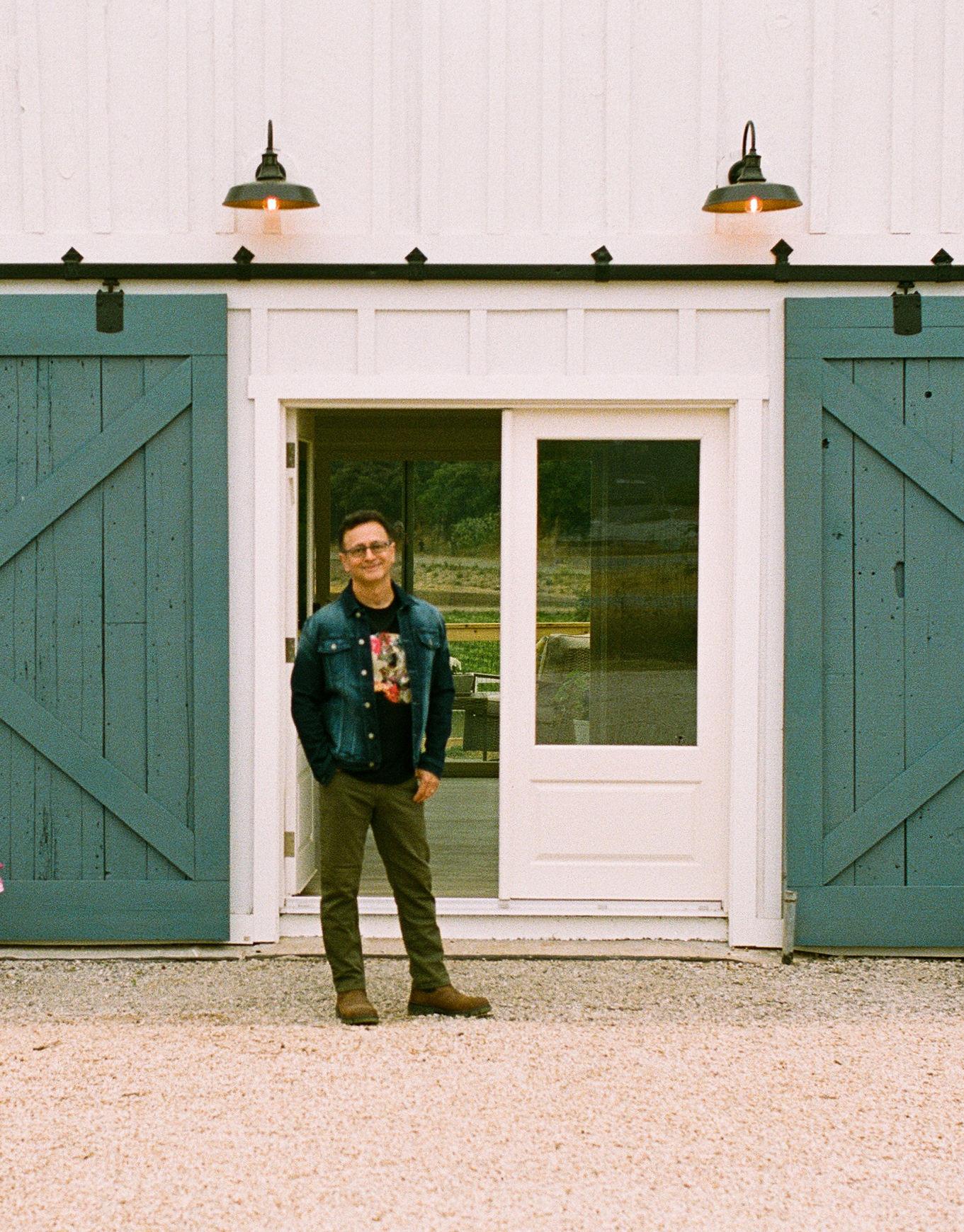
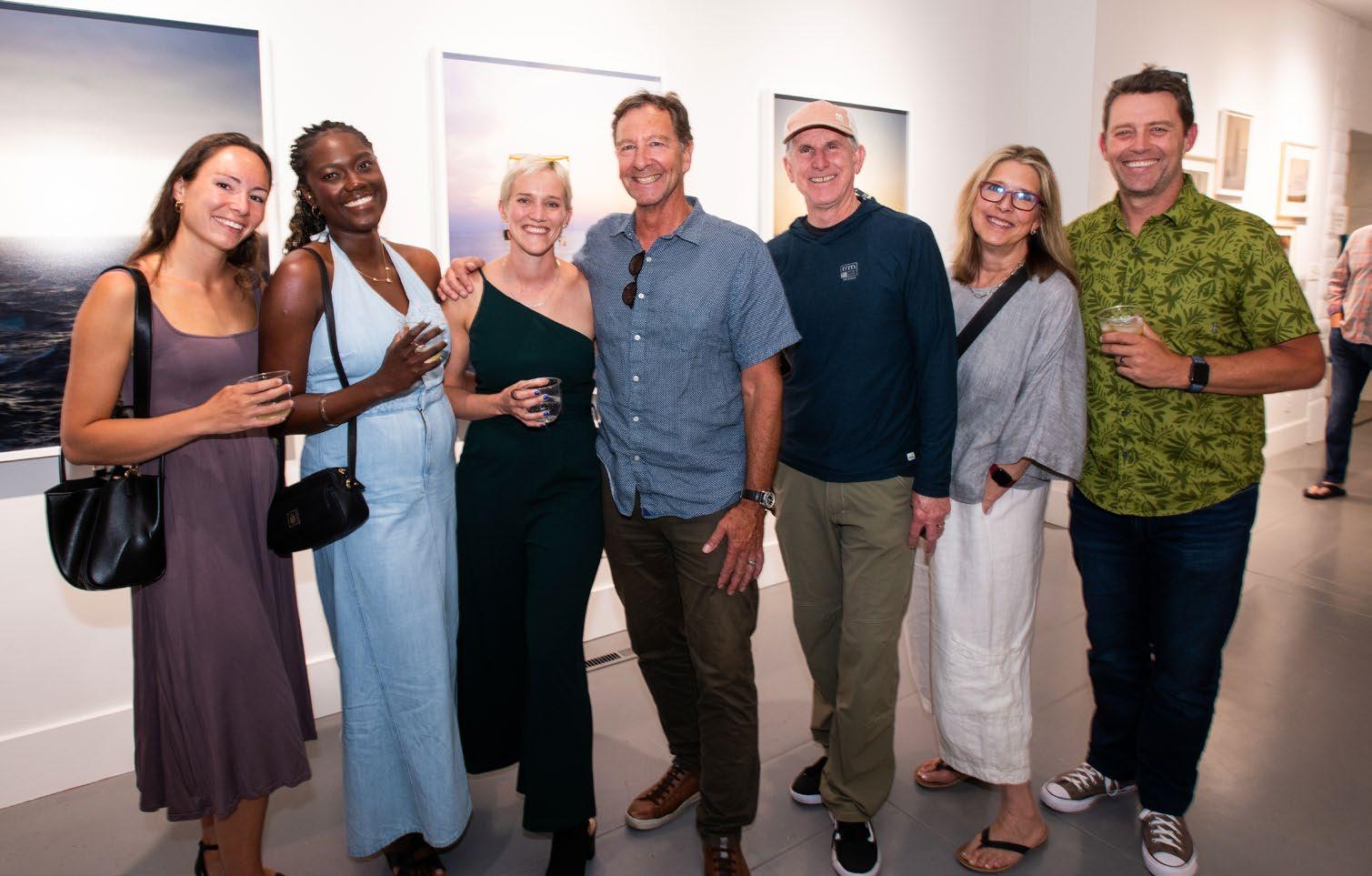

Thank you to our generous sponsors



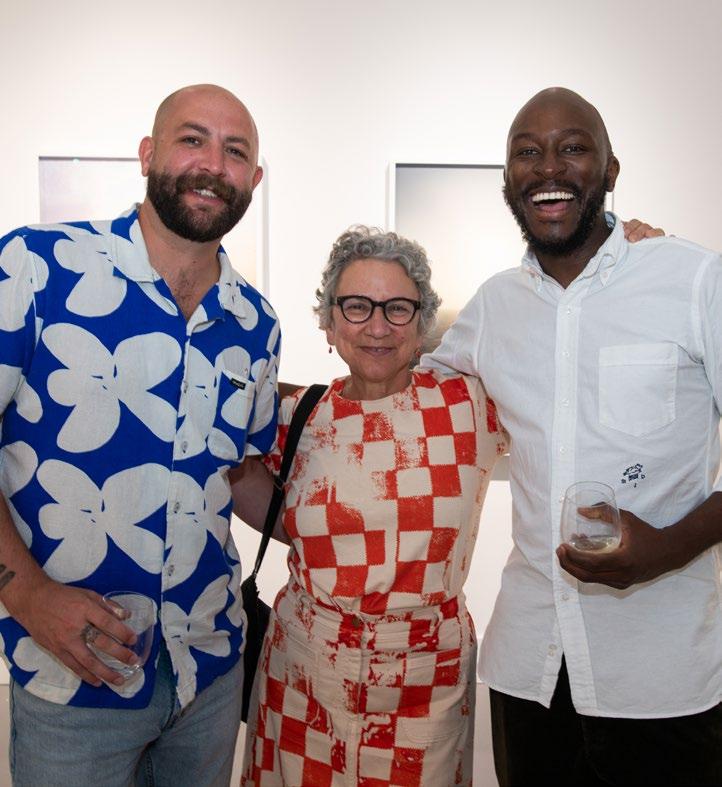
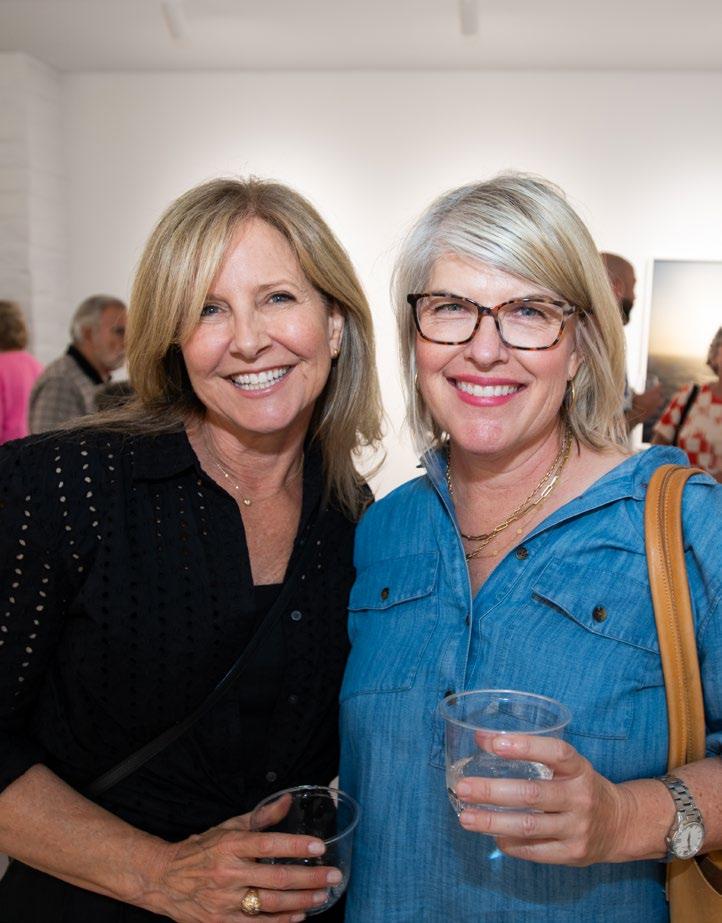


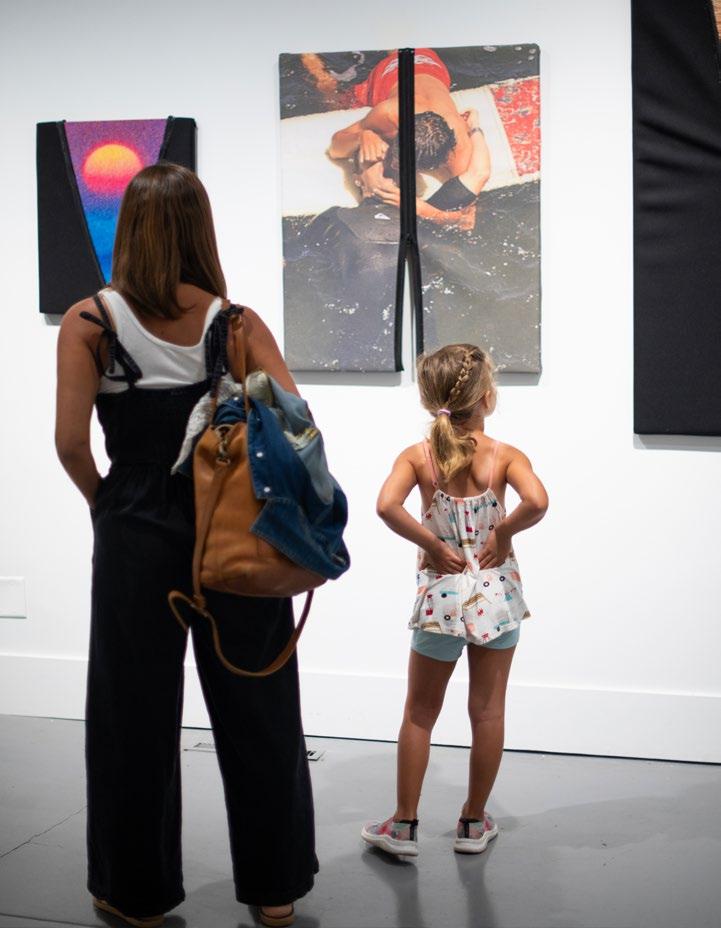

On Friday, July 12, members and community leaders gathered to celebrate the premiere of Whose Waters? at the San Luis Obispo Museum of Art. The group exhibition explores the varied experiences of surfers from diverse cultures through the works of artists from California and beyond.
Guests toasted the exhibition, cheered for its generous sponsors, and enjoyed wines hosted by Hope Family Wines.
Whose Waters? is open through October 20, 2024. The San Luis Obispo Museum of Art is open Thursday—Monday, 11 AM to 5 PM. Free admission. Visit sloma.org for public events calendar.
Photos courtesy of App’s Photography.
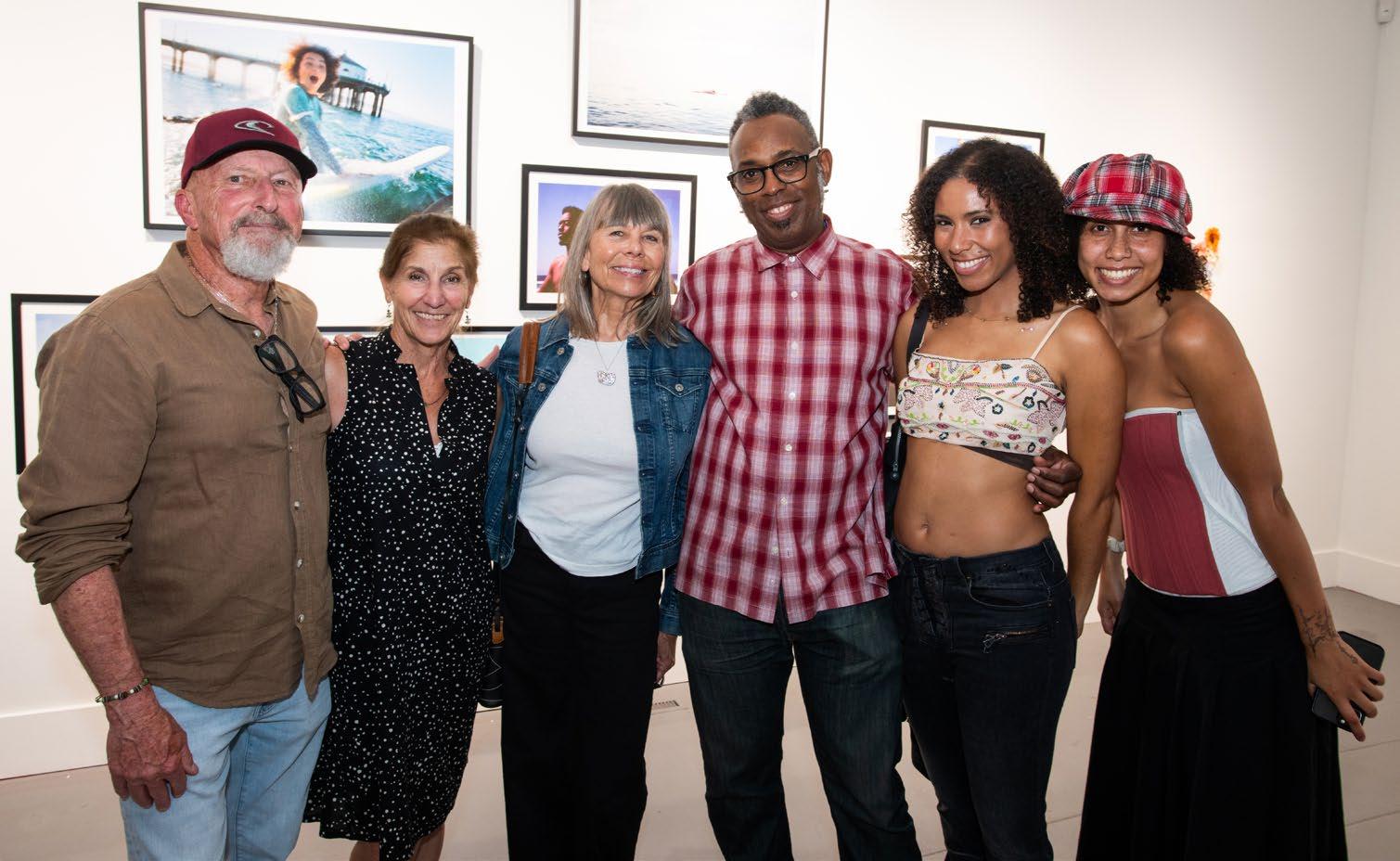
BY BRIAN SCHWARTZ
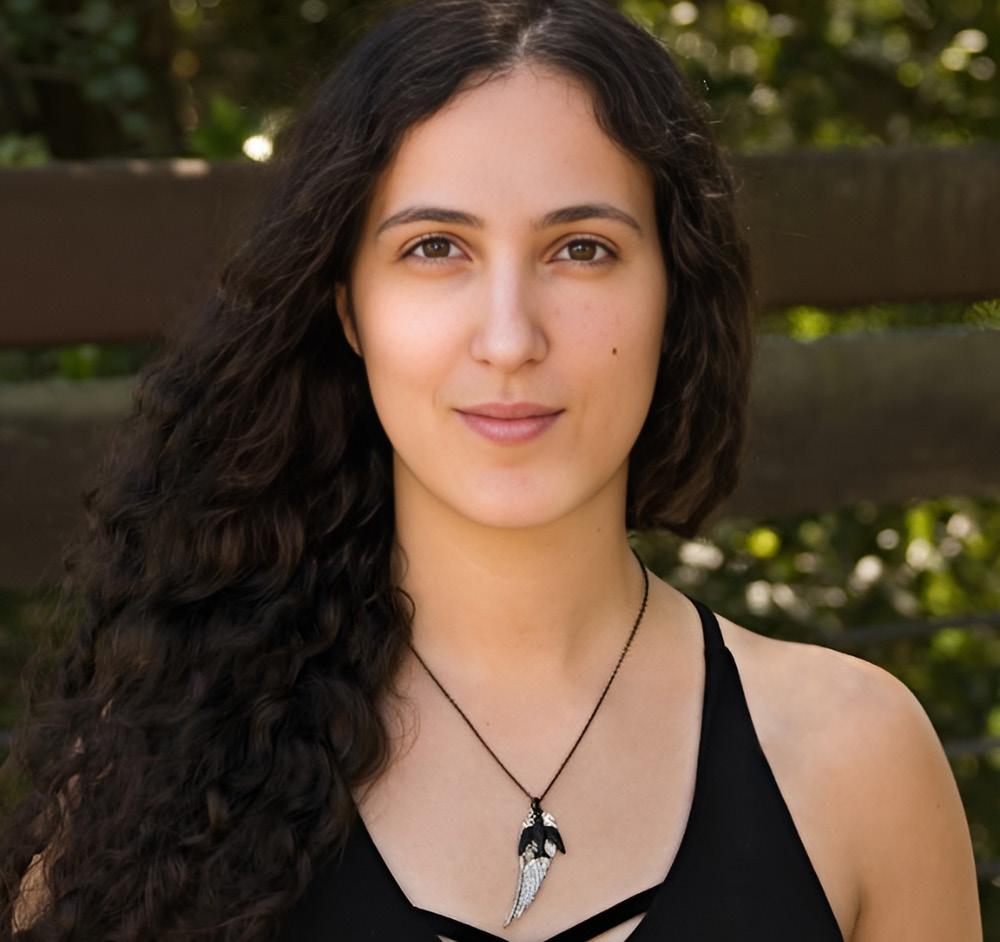

Josephson grew up in San Luis Obispo. And, despite being a New York Times bestselling author of seven published works, she also maintains a full-time job as a technical writer.
Her first novel was published in 2019 and she’s living proof that query letters are still a viable option for first-time authors. While examples of authors getting signed after they’ve amassed a large social media platform make headlines, she encourages aspiring authors not to be discouraged and to continue refining their query letters, while targeting agents who are the right fit for their work.
In 2023, Book 1 of the “Ravenfall” trilogy became a New York Times bestseller and was nominated for a Goodreads Choice Award—this despite her not having a large social media following. Her most recent duology “This Dark Descent” is her second entry into the young adult genre.
Writing has been a passion for as long as she can remember. Her cover designs are breathtaking. If people judge a book by its cover, Josephson makes a great first impression.
Pursuing two full-time careers seems fitting for someone who’s also earned two degrees, one in Biology and one in English. Evidence of her hard work and determination, Josephson typically dedicates two to three-hour blocks each day to writing. Often switching to her personal computer at the end of her work day, she maintains her productive flow. On weekends, she sticks to a nine-tofive writing schedule, and most of her vacation time is allocated to editing. Josephson regularly takes writing retreats with her critique partners, giving her longer blocks of uninterrupted focus time.
The author, who has published seven books in five years while working a full-time job, has discovered that outlining has been crucial to managing her writing process and meeting deadlines, as publishers often attach progress milestones to the outlines she submits. Josephson sets daily goals, aiming to complete one chapter per day.
Integrating her own background adds depth and personal significance to her writing. In her earlier work, she addressed the subjects of depression and mental health. She draws inspiration from her surroundings, such as Linnaeas Café, a place she frequently writes, which has become the model for the cafés in her stories. Josephson’s appreciation for her Jewish-Irish heritage is evident in her “Ravenfall” series, where she incorporates elements of Irish mythology in the first book and a blend of Irish and Jewish mythology in the sequels.
As a fantasy writer, creating immersive and cohesive worlds while maintaining an efficient writing process can prove challenging. With a work in progress for adults, Josephson is traversing genres from middle grade to adult, and in turn “growing up” with her readers.
You can learn more at kalynjosephson.com and follow her on Instagram @kalynmjosephson. She will be teaching a session on ‘World Building for Fantasy Writers’ at this year’s Cuesta College Central Coast Writers Conference on October 5.
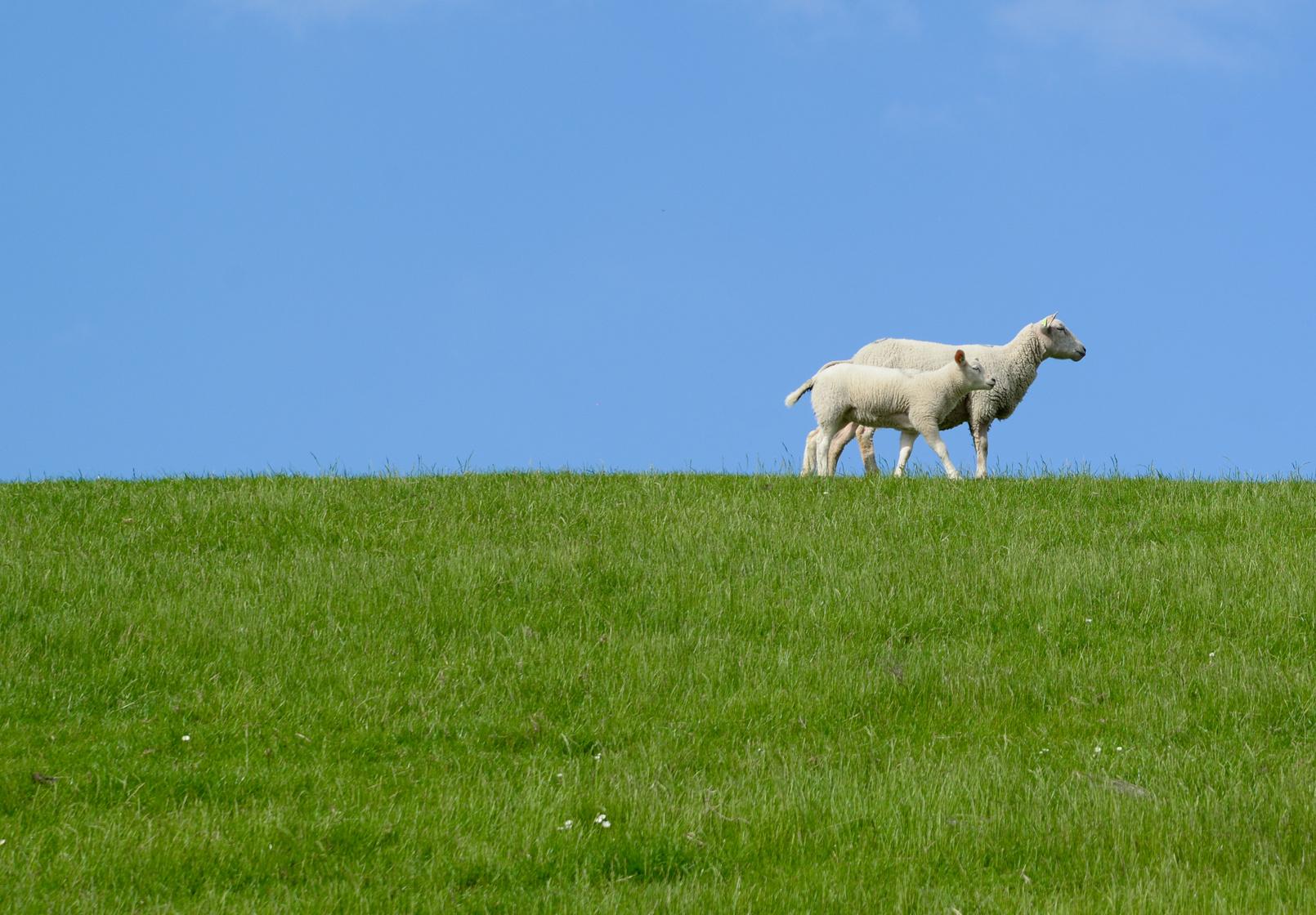



PHOTOGRAPHY BY ERIN CLAUSEN
Between recieving a Coach’s Award for his leadership in cross-country and being active in ASB as class officer and executive council at San Luis Obispo High School, this seventeen-year-old senior is looking forward to a bright futrure.
What extra-curricular activities are you involved in? I have run cross-country every year of high school. Running has provided me with a friendly, motivational team doing an activity I love. I participate in theatre, which has filled my time with a fun, exciting environment and a community where I can express myself in a skillful, thrilling way. Staying involved in ASB has given me a great group of people, all psyched to do helpful, enjoyable things to improve our school’s liveliness. I also started a club called GO (Go Outside). GO Club is a weekly meeting planning an outing for the weekend with a unique, new group of people doing fun, outgoing things. This has built another great community in my life, getting me, new, and old friends out so much more.
What is going on with you now? Right now, I’m working, running, and preparing for college applications in the fall. Camping with my brother, backpacking with my friends, and enjoying myself as much as possible is on the agenda before my last year of highschool. I’m looking forward to this final year and I’m going to make it the best one yet.
Has any experinece made a significant impact on you? Going to RYLA [Rotary Youth Leadership Awards] has impacted and influenced me the most due to the connections I was able to build, the skills I learned, and the memories I made. I will be forever grateful for that experience because it motivated me to do more and strive for goodness with my established and newfound leadership capabilities. It made me not afraid to put myself out there and meet new people, try new things, and foster new connections and experiences. It taught me a lot about myself and I will continue life with a mindset unlike any I would’ve had without this experience.
What is one of your favorite memories? I went to Sequoia National Park for a running camp during the summer of 2022 with my cross-country team and we got to train and run beautiful trails at elevation. It was dirt camping with some of my closest friends, running spectacular trails that were challenging but very rewarding, playing games, exploring, swimming in the creek, and making lasting memories that were a once in a lifetime experience that I’ll never forget.
Do you have a career path in mind? I would like to be an environmental engineer with a focus on renewable energy. I would like to go into this field because I care about our environment and the wellbeing of our population going forth into future generations. I would like to make as much of an impact as I can in the area that I connect with and love the most.
What schools are you considering for college? I’m considering Cal Poly SLO, Cal Poly Humboldt, and UCSC. All geared towards an environmental major. SLO LIFE



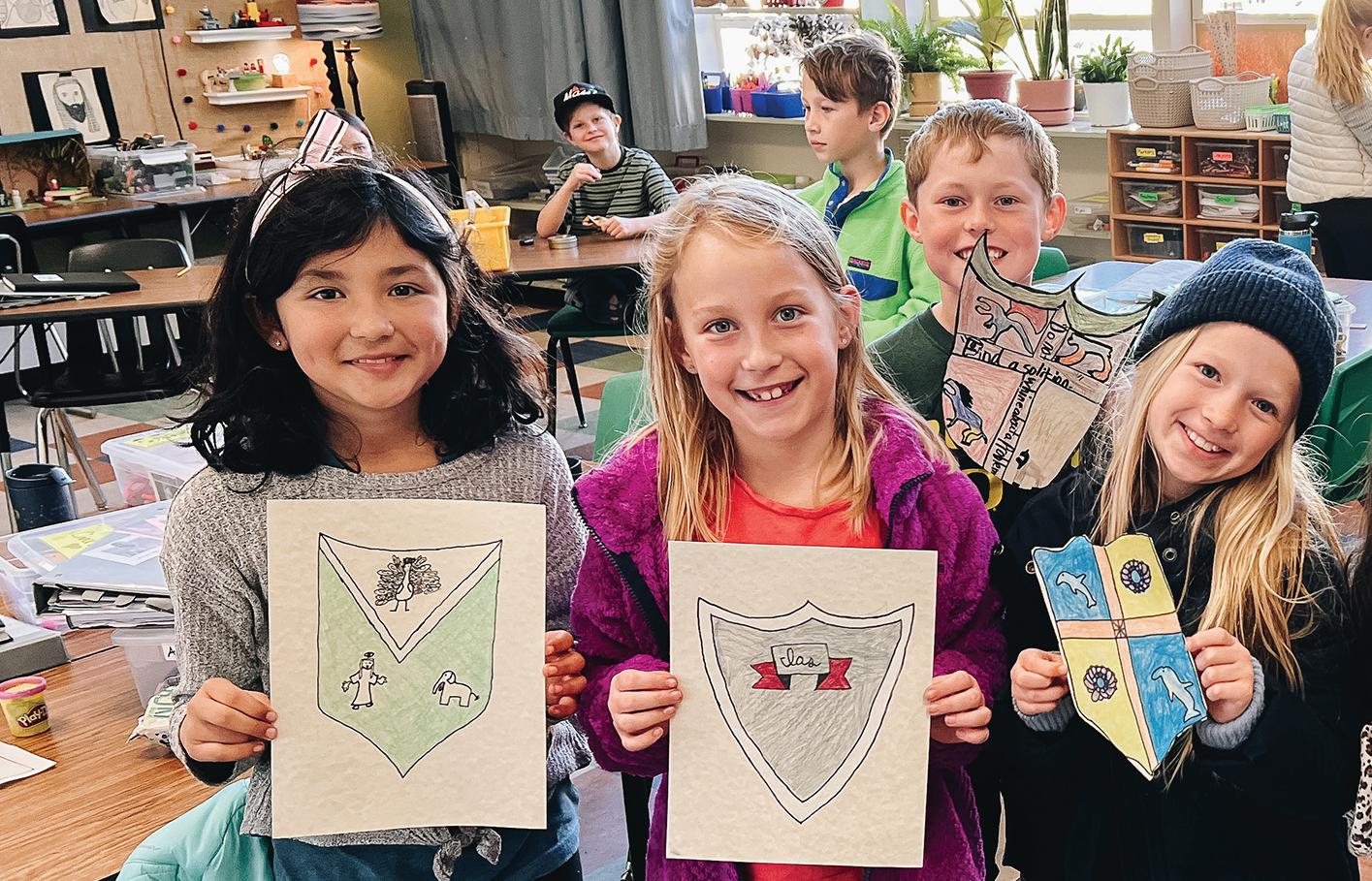

This four-year-old herding dog is obsessed with playing fetch with a ball, frisbee or anything you can throw for her and If she isn’t playing, you can find her laying out in a sunny spot. SLO LIFE




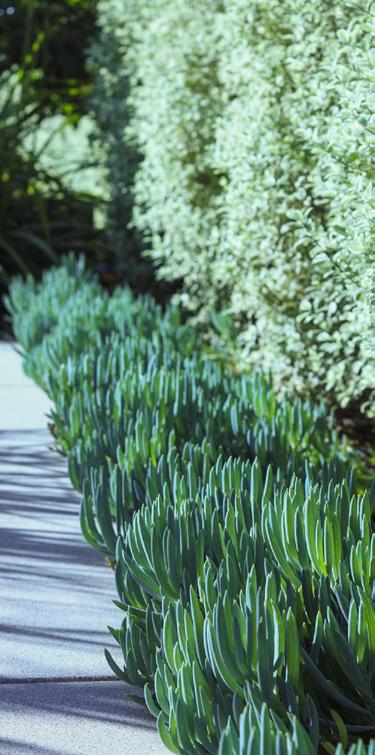


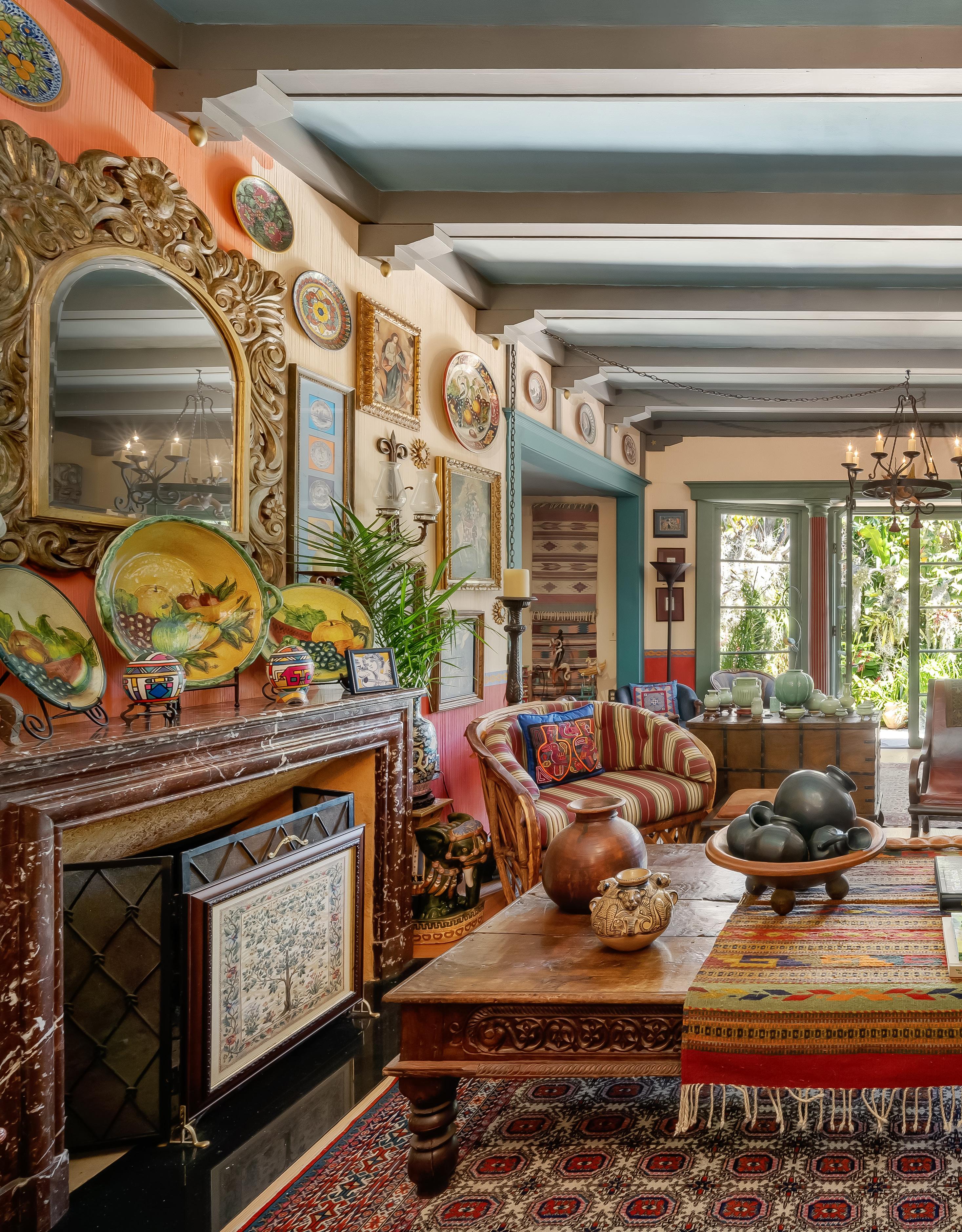
BY DANA LOSSING

DDig your hand into San Luis Obispo’s soil, and you will probably end up with a palm full of clay. As a local, I’ve been taught that clay soil is a menace to our plants and homes. But the same clay that makes it hard to grow certain garden varieties and keep a home’s foundation from cracking, created the literal building blocks for the county we call home.
Like many of the oldest structures in SLO, The Hays-Latimer Adobe (c.1860) was built of adobe brick. The dense, California clay soil made it possible to make these bricks, mixing wet clay with straw, pouring it into molds, and then sun-drying the blocks. Due to the weight of the bricks, adobe walls had to be wide and short. And because adobe disintegrates in water, roof lines extended far beyond the walls to protect the structure.
What I find fascinating about this approach is that the home is, in fact, built of the earth on which it rests. It essentially becomes a living house, connected to its source, but much more resilient because of the human hands manipulating and shaping the earth into a more enduring form. >>
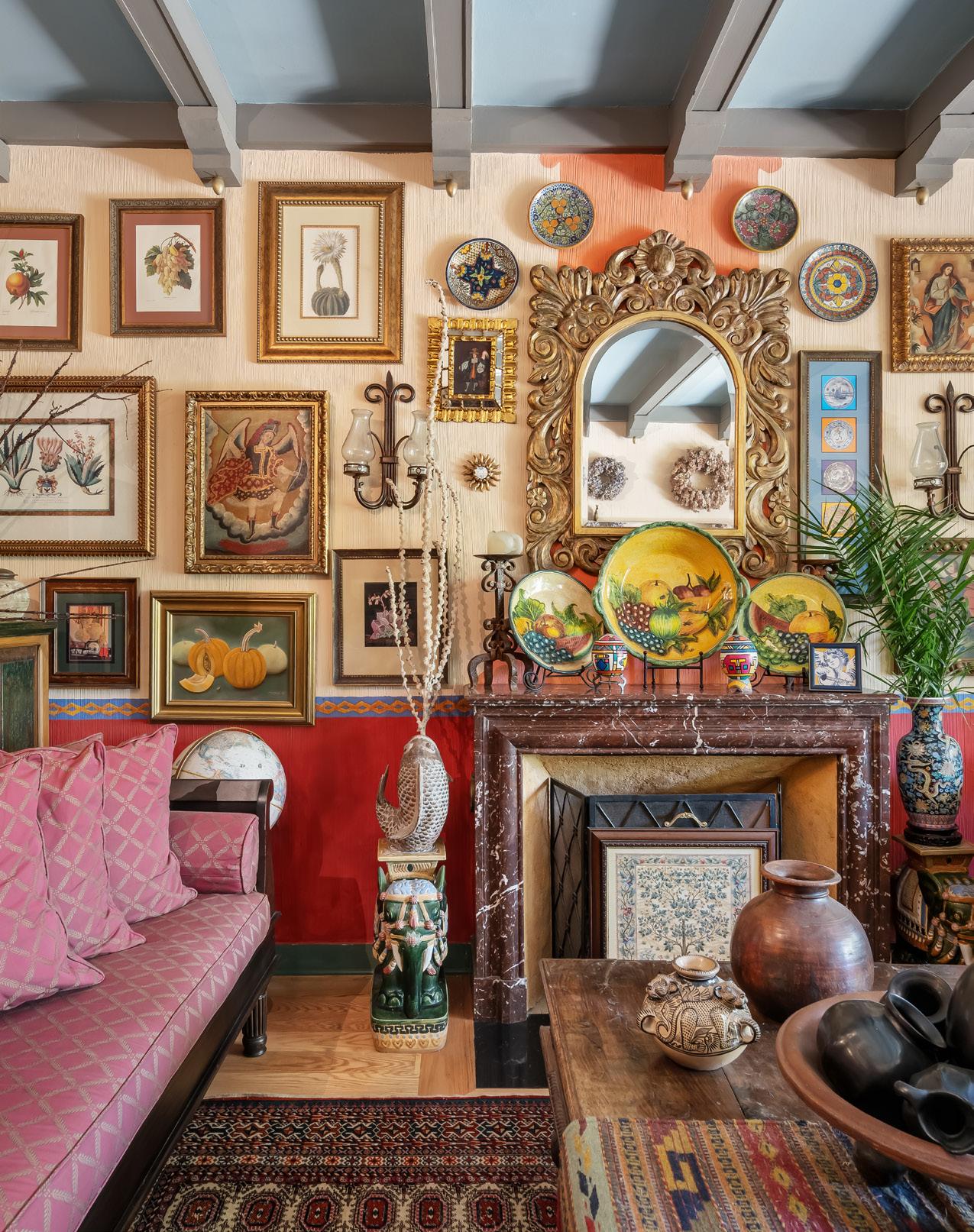
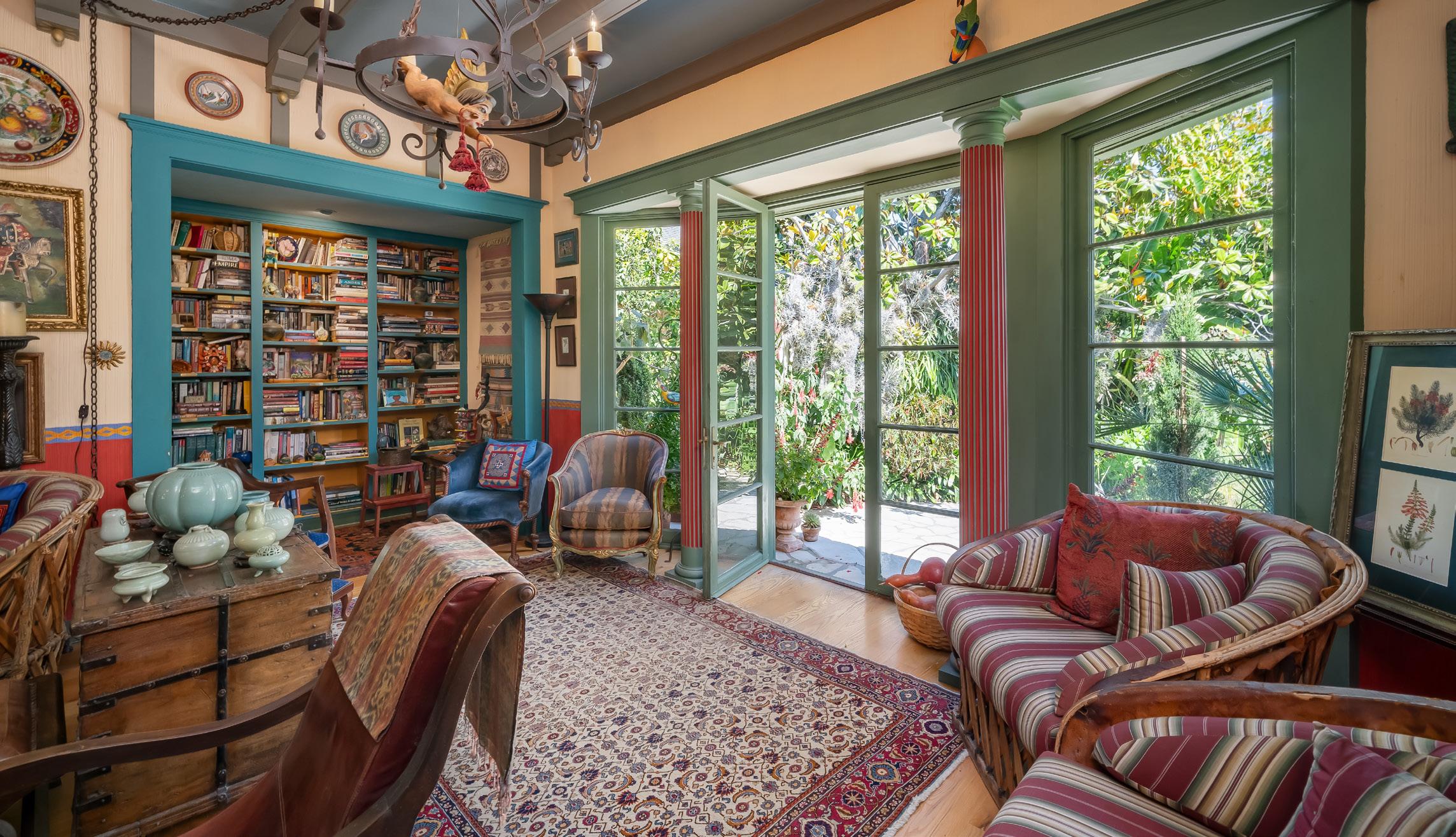





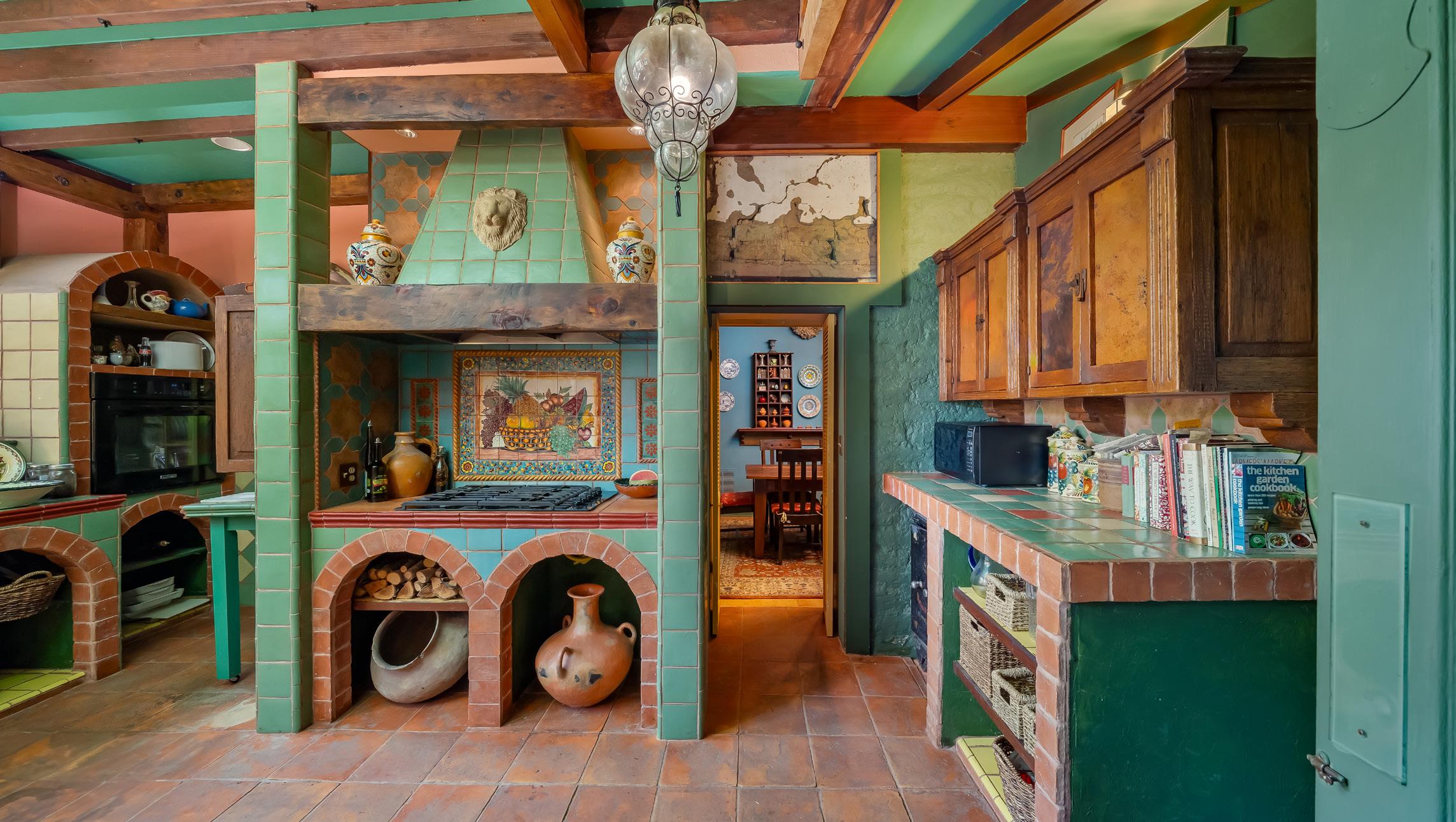
This concept is reflected in what the HaysLatimer Adobe’s current owner and curator since 2001, Dave Hannings, has done with the home. Hannings infuses another layer of life and personality, continuing to alchemize the home into an even more beautiful version of itself.
As a retired Cal Poly horticulture professor, Hannings’ lush and diverse garden encircles the home and is the first living element to greet you. Of course, asking Hannings to pick a favorite plant is like asking a father to pick a favorite kid— impossible—but, the massive Angel’s Trumpet in the backyard, 130-year old wisteria in the front, and the giant Elkhorn fern hanging from the trees on Monterey Street are among some of the most impressive examples of Hannings’ cultivation.
The Hays-Latimer Adobe was originally about half of its current size, a small square configured into three rooms. It was built on one of approximately one-hundred lots that were the first to be divided and sold when the Mission land was returned to the Catholic Church around 1859. It is possible that the second owner of record, Dr. W. W. Hays, expanded >>
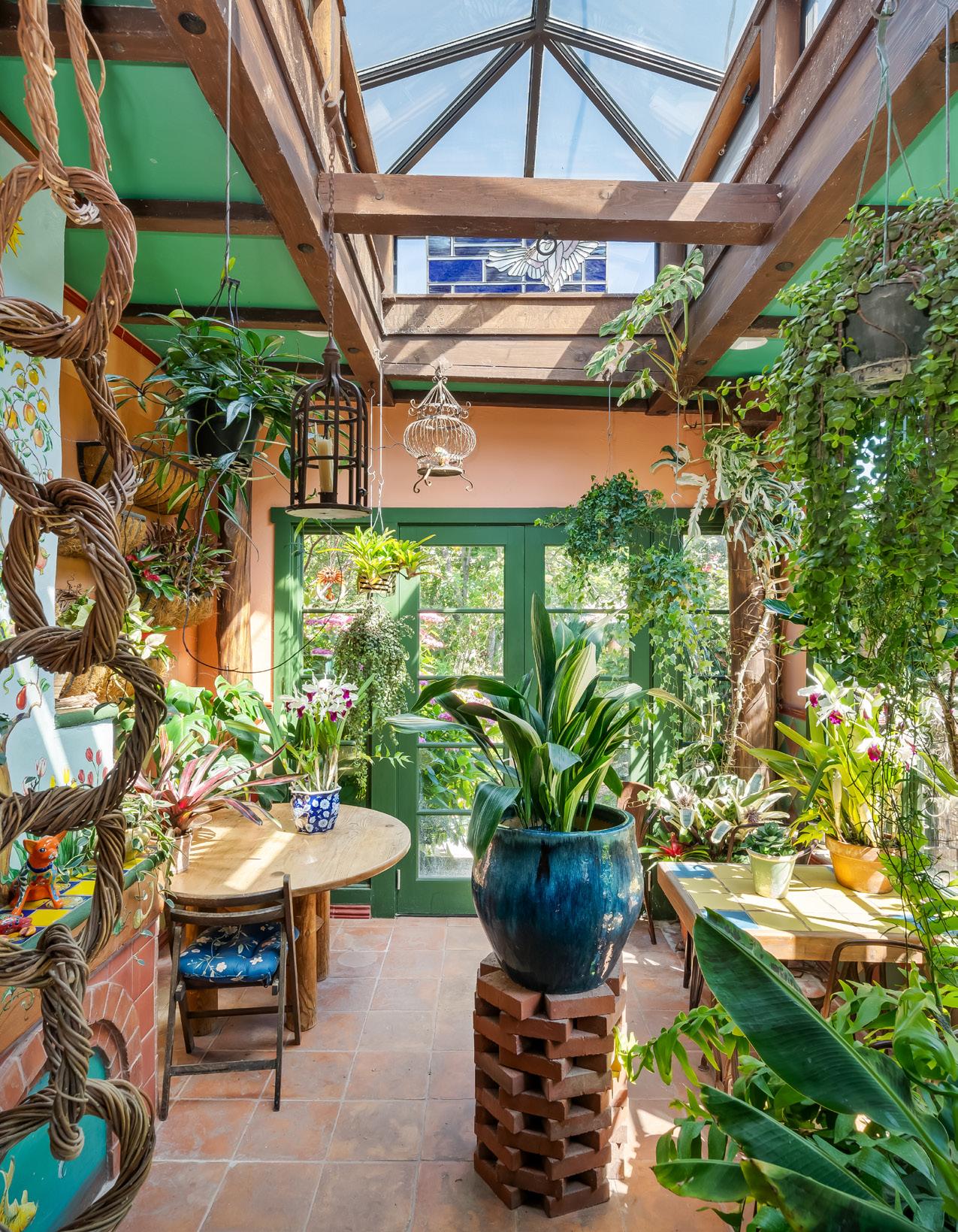
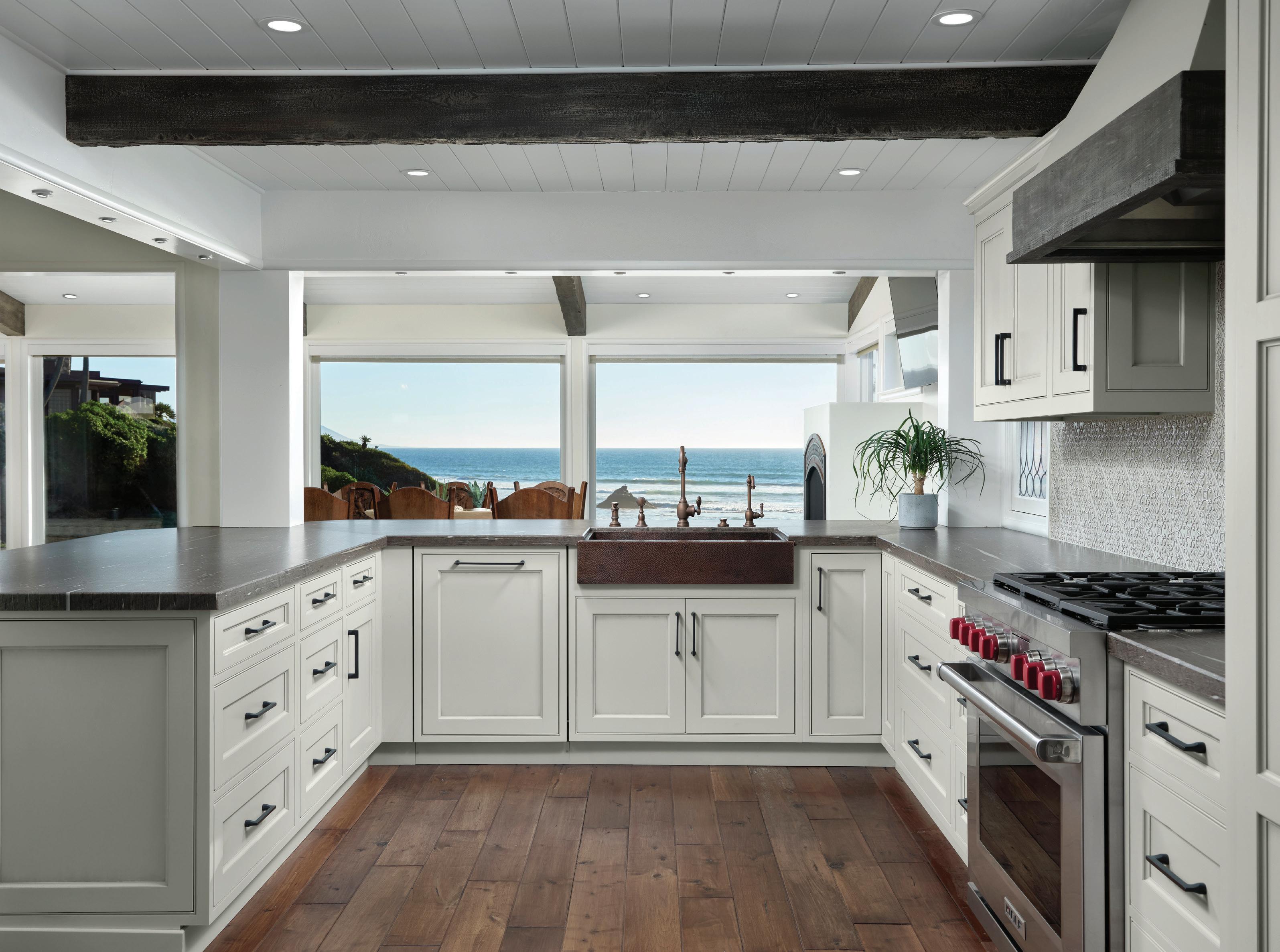
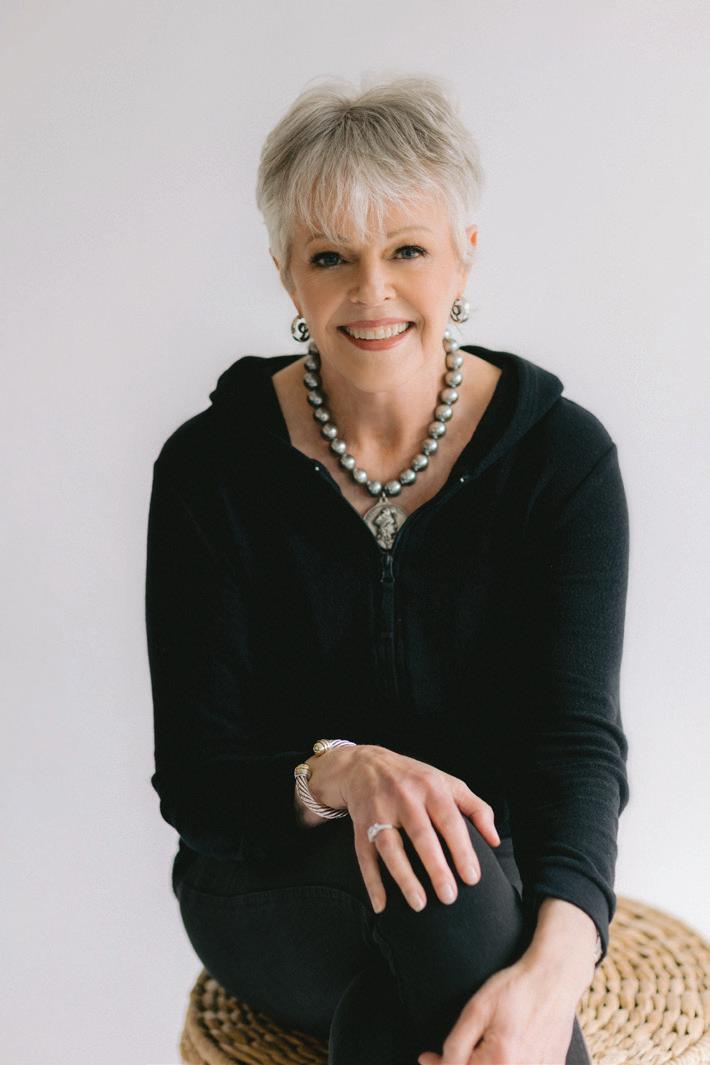

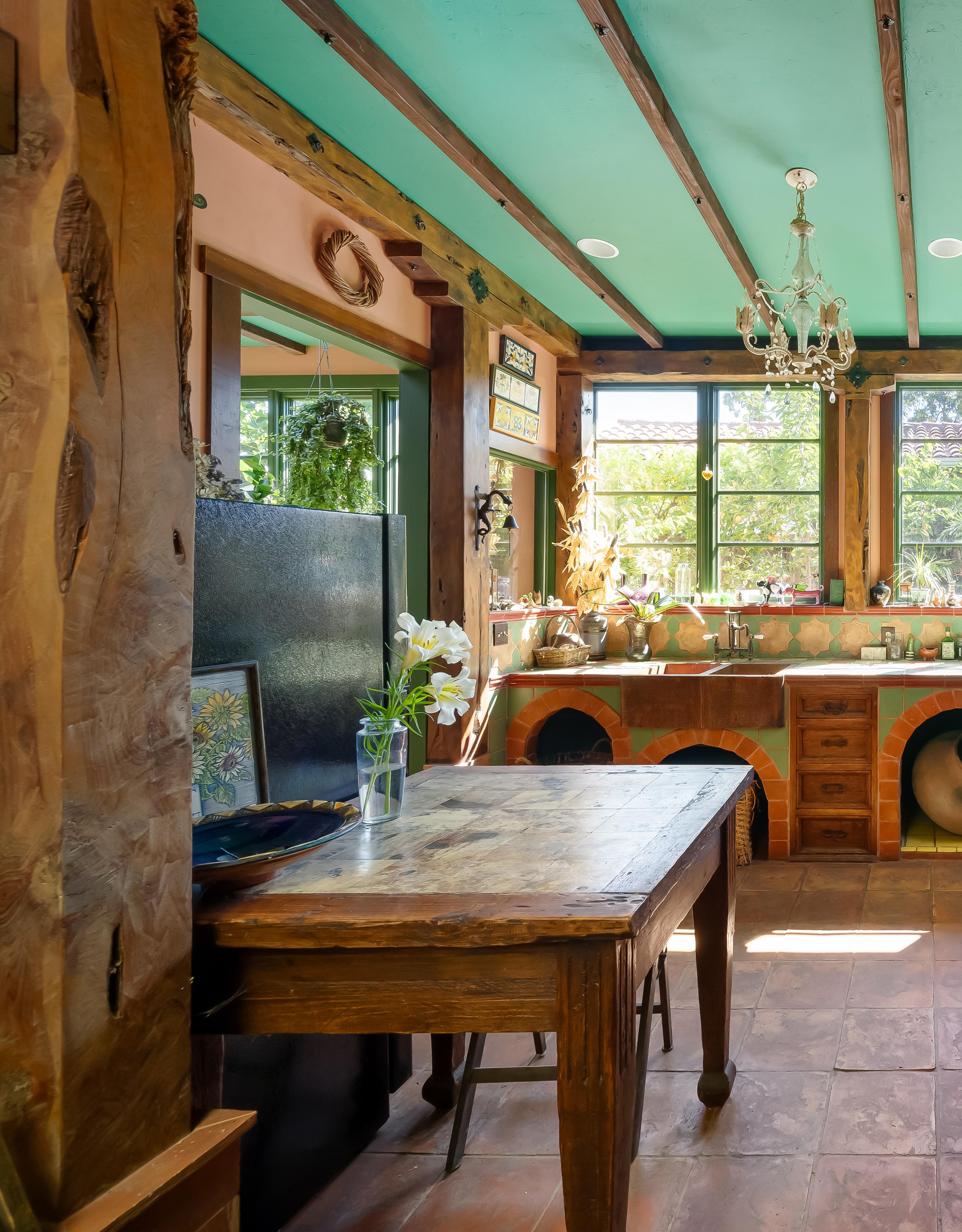
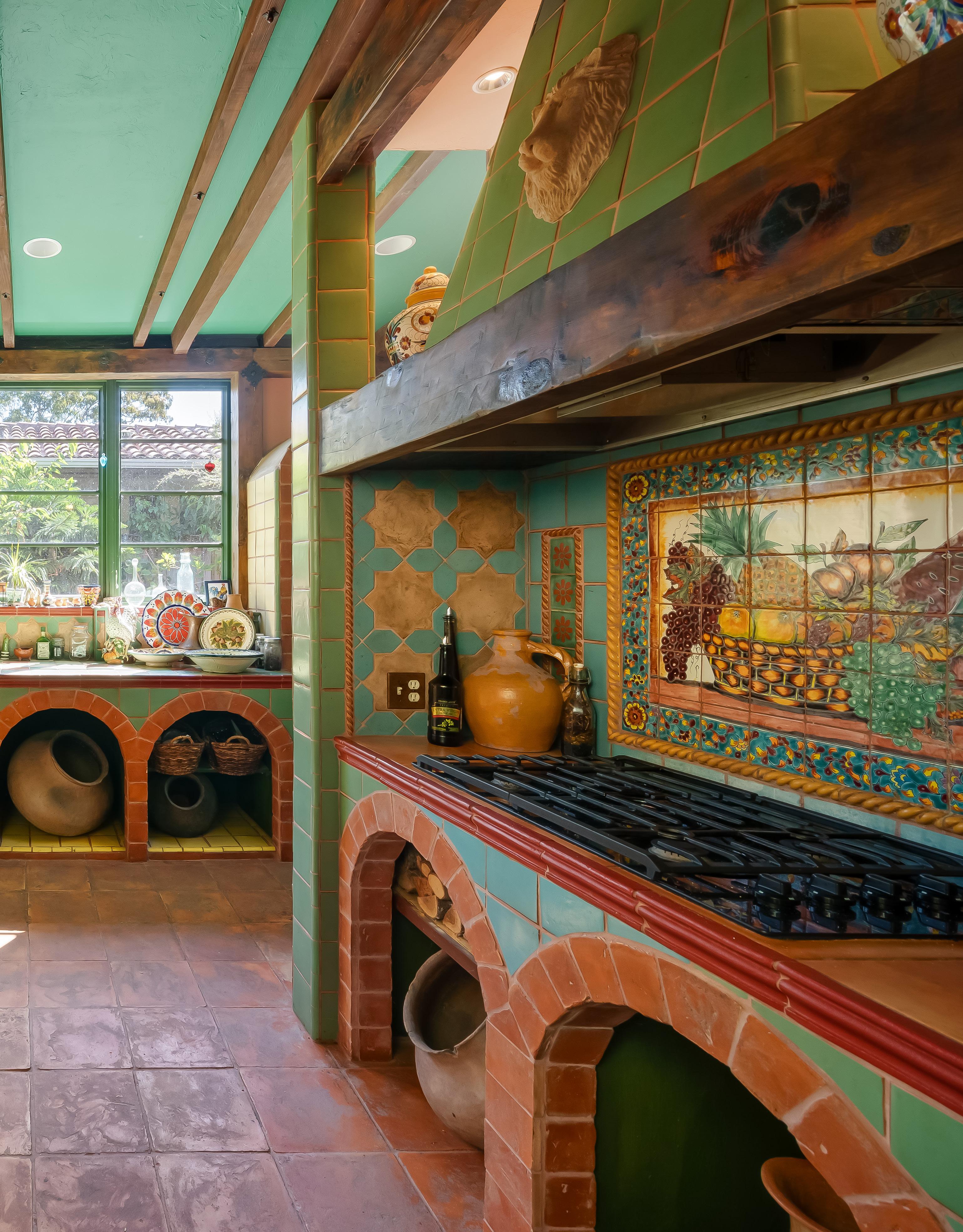
the house into eight rooms around 1870. Each owner—there have been six in total including Hannings—has contributed to the home’s preservation and expansion.
Historic homes require finishes and architectural elements to be replaced with a “like-in-kind” approach, meaning having similar characteristics to the original. Hannings’ improvements include installing Mexican pressed concrete tiles on the front porch and walkway, a wrought iron front yard fence with imported Italian panels, rebuilding the kitchen with historically appropriate materials, and adding a sunroom. He has also replaced half of the original porch cedar spindles and redwood rails and restored the roof to its original state—removing asphalt shingles and installing red-painted cedar shingles with handmade redwood gutters. Realizing these historical improvements involves its own set of challenges and costs—a true labor of love.
Perhaps the liveliest part of the house is the interior. The ten-foot-wide entrance hall welcomes visitors with vibrant hues of cantaloupe orange and green. The entire home is a symphony of color. Hannings’ travels have >>
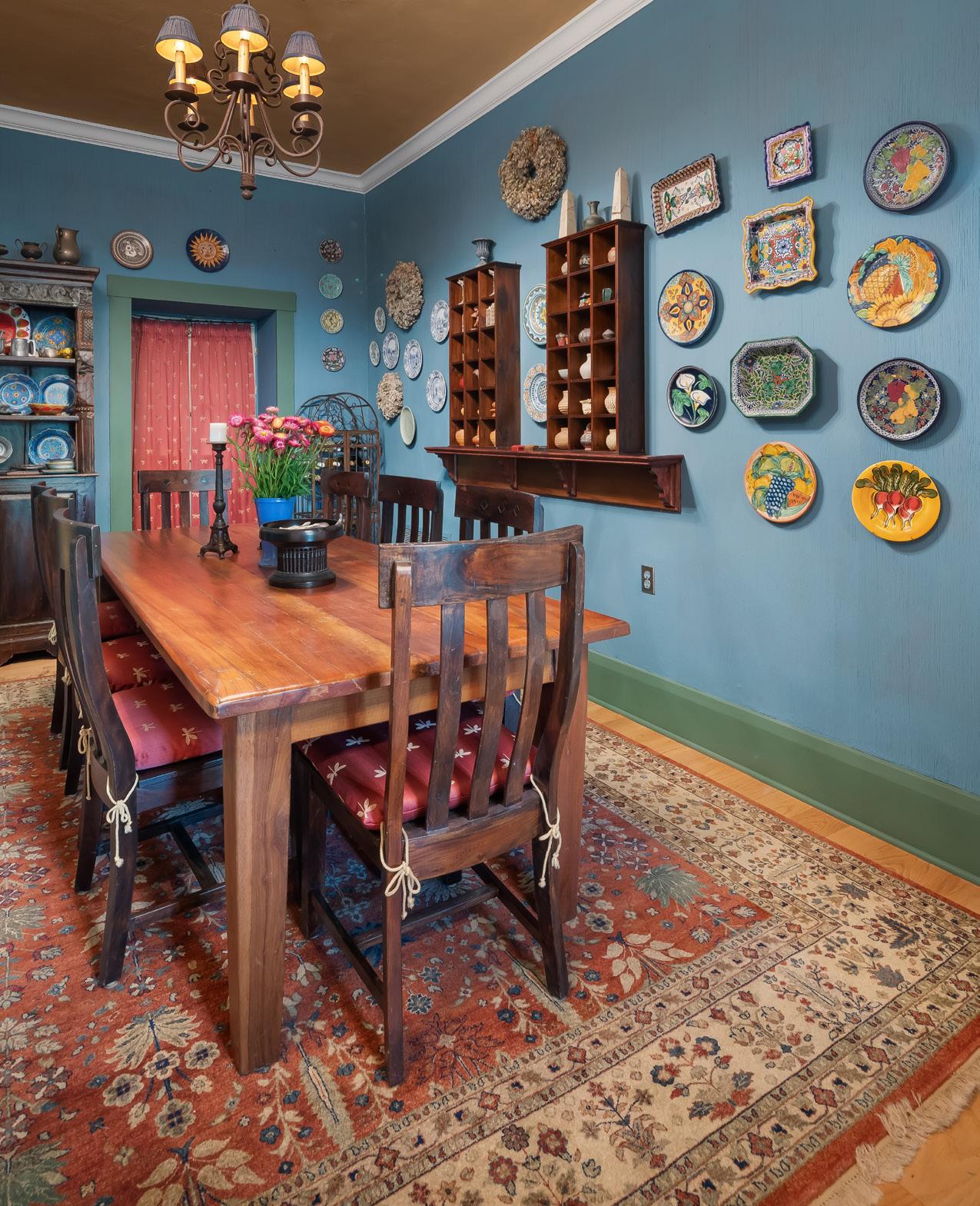



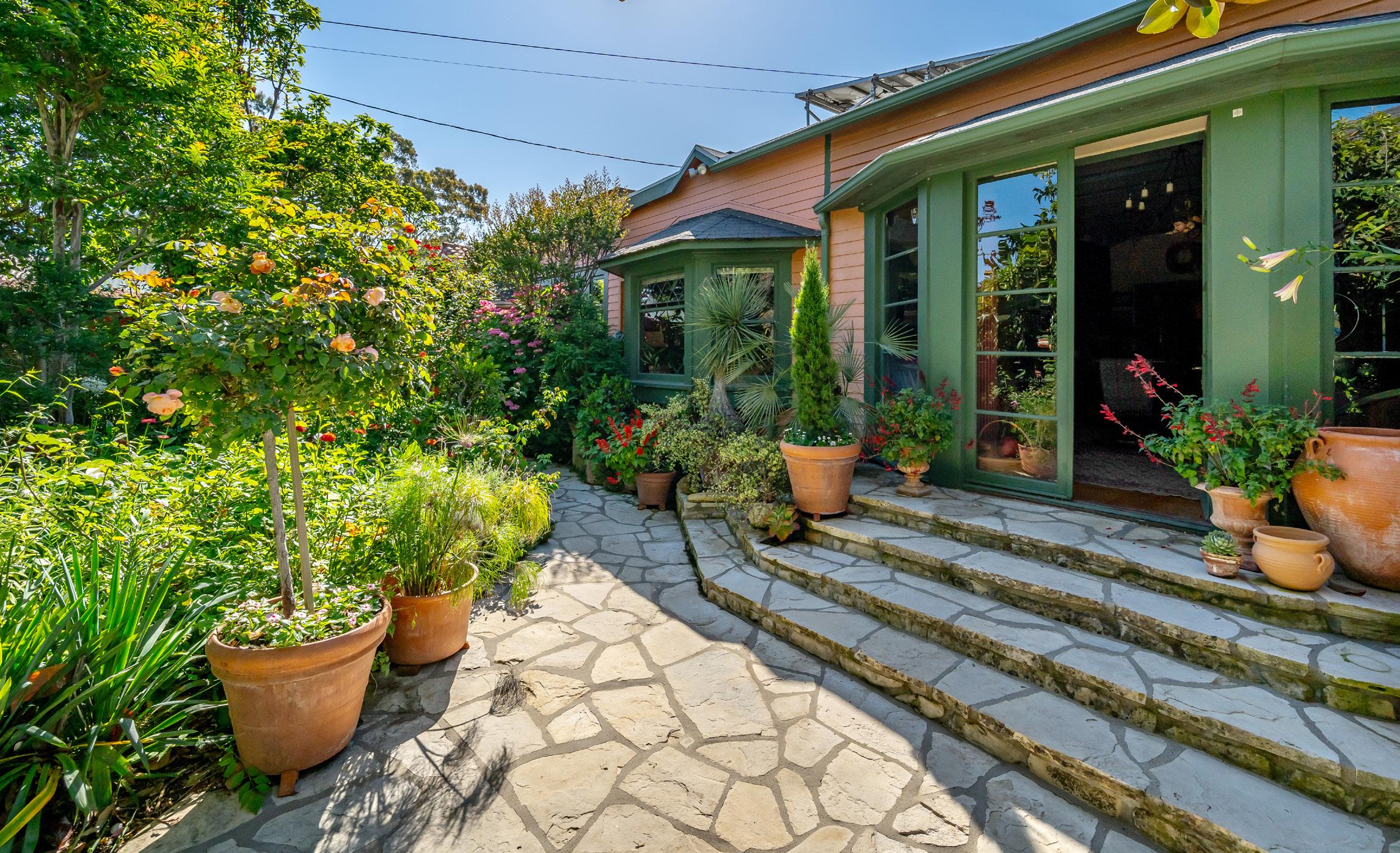
taken him around the world, and every piece in the home is a relic of those expeditions. Glazed Mexican and Italian pottery, West African and Mexican masks, insect specimens, and textiles from all around are collaged throughout the home. Hannings also hand-painted the wainscot detail in the living room, which was meticulously drawn on broom-finished plaster.
In the primary bedroom, a custom canopy bed designed by Hannings and built by local Luna Rustica stands with turned posts and rustic details, as if it has always been there. As we walked through the home, Hannings made sure to tell me how the Adobe comes to life during the holidays with lights, décor, and an epic Christmas party each year.
As we made our way into the newly renovated kitchen that was conceptualized and designed by Hannings in 2012, he pointed up to a window framing an exposed portion of the original Adobe brick. “This is the back wall of the original adobe” he shared. He mentioned that most adobe’s have this “truth window,” an opening in the wall to reveal the layers, and in visiting the Mission Museum, I noticed they have one too. As we marveled in this retrospective detail he chuckled and exclaimed, “It’s a living house!”
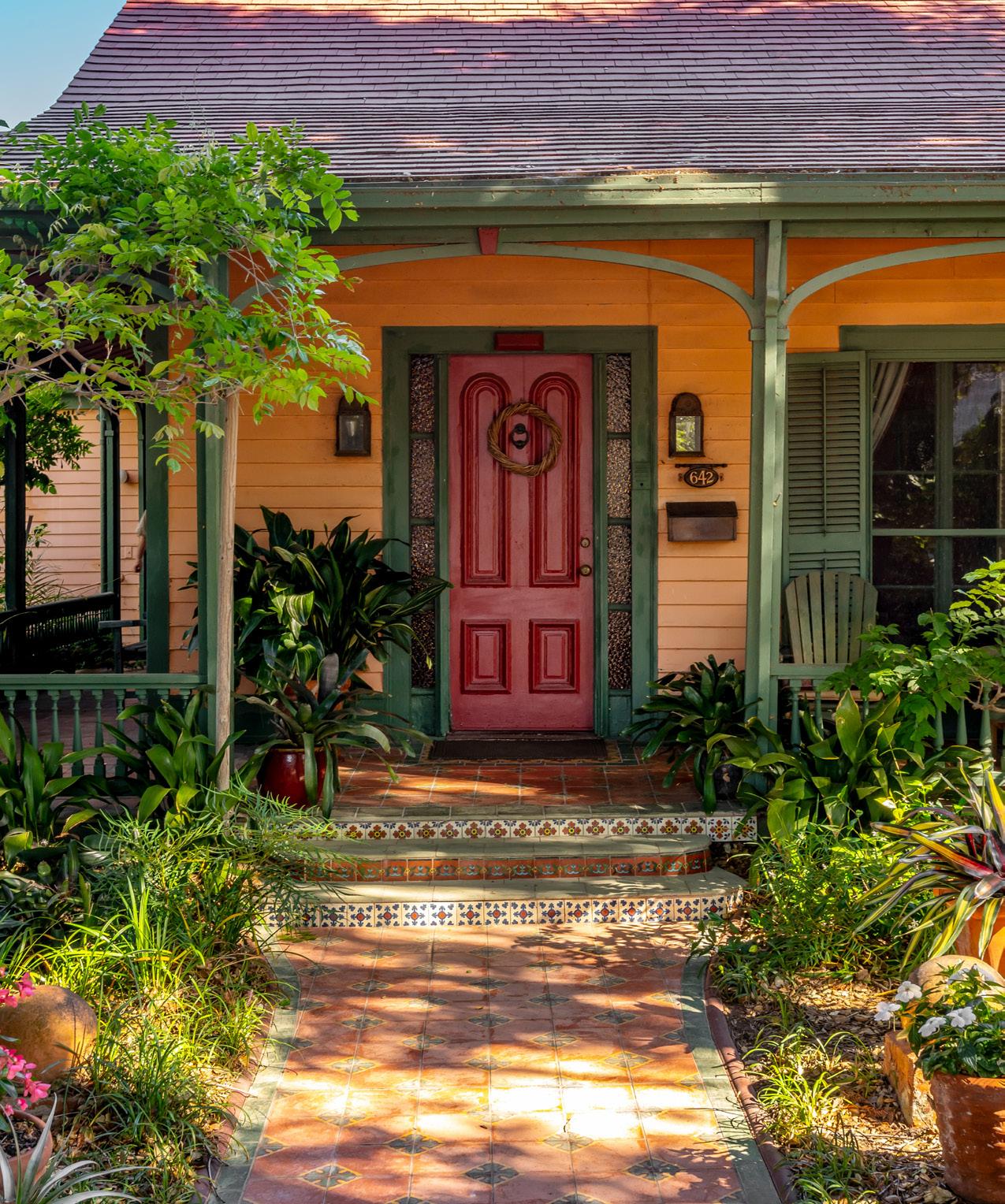

AVERAGE PRICE PER SQUARE FOOT
$520 DOWN FROM $526 LAST YEAR
ACTIVE LISTINGS
1,480 UP FROM 1,351 LAST YEAR
AVERAGE DAYS ON MARKET
THIRTY seven UP FROM 35 LAST YEAR
PROPERTIES SOLD
936 UP FROM 880 LAST YEAR
MEDIAN % OF ASKING PRICE
98.9% DOWN FROM 100% LAST YEAR
MEDIAN SELLING PRICE
$785,000 UP FROM $780,000 LAST YEAR



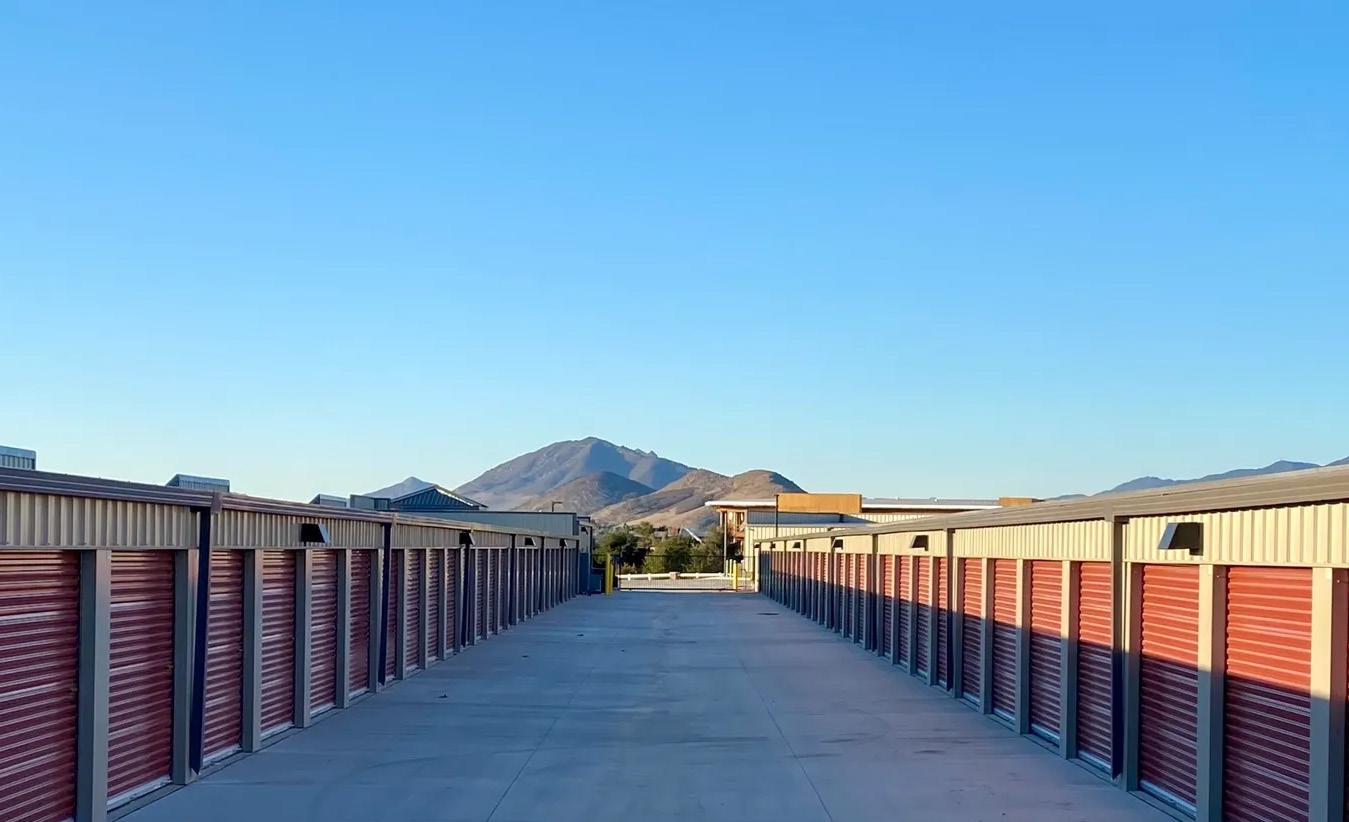
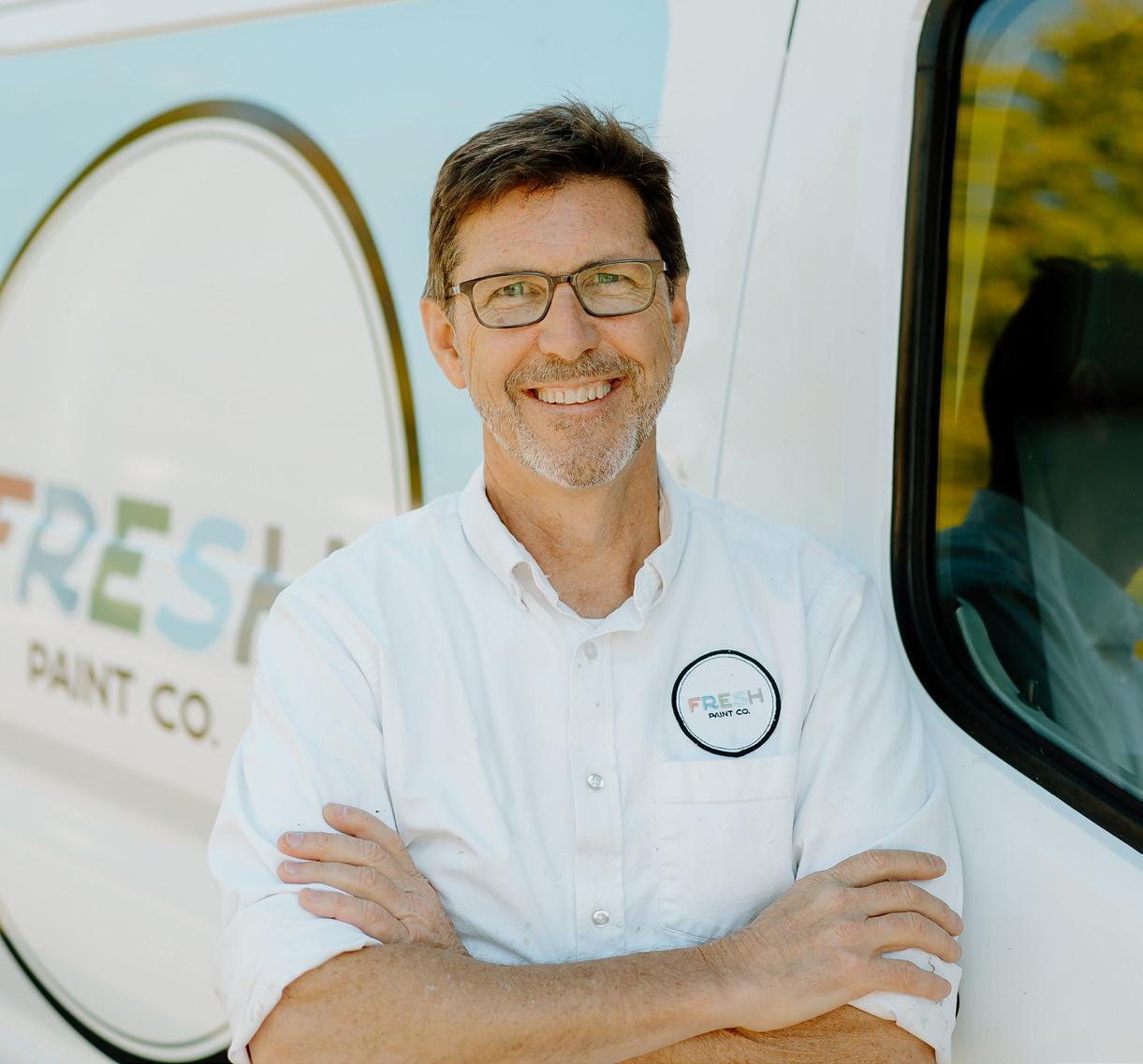
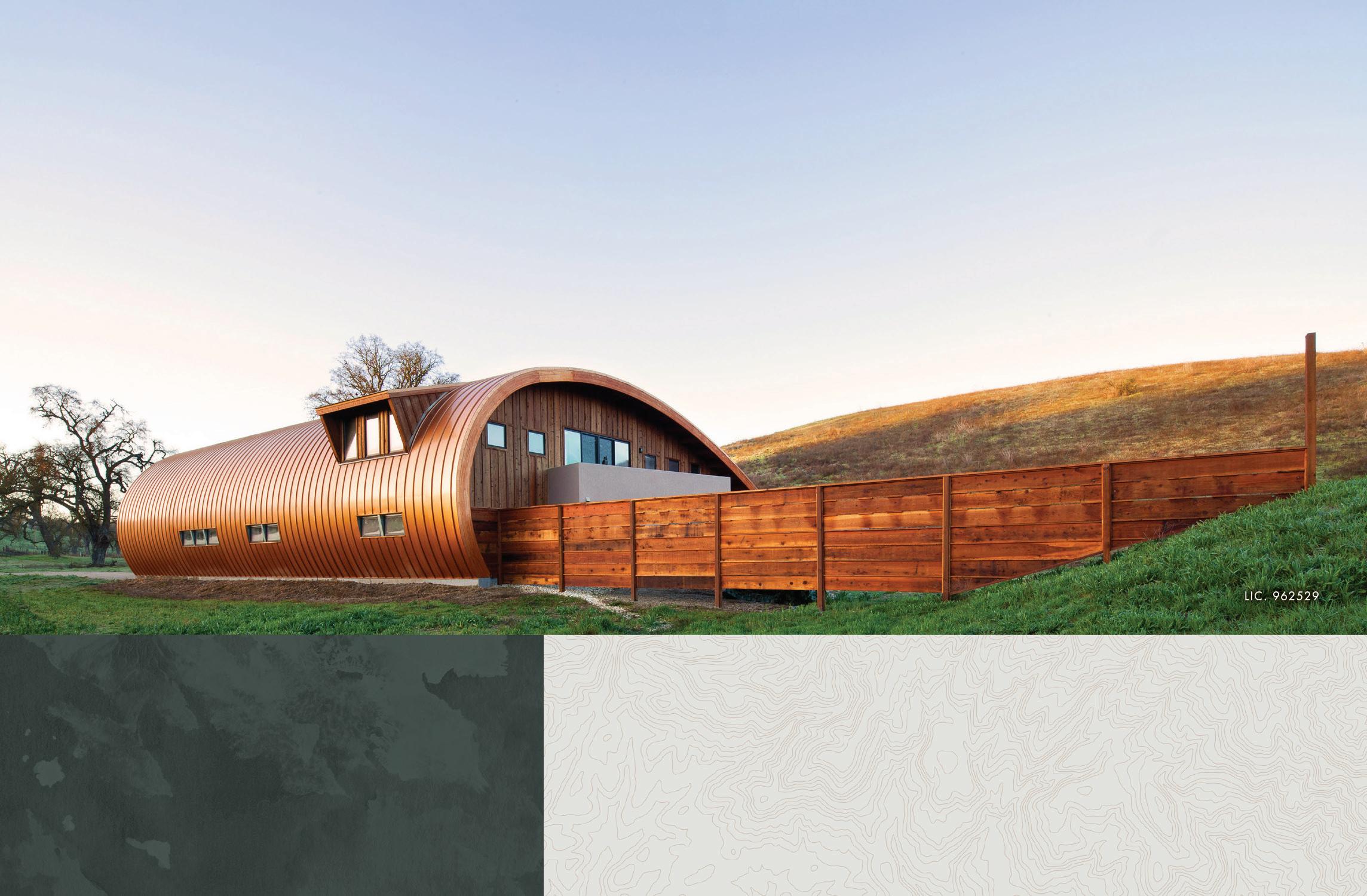

2023 $1,158,697 $823,517 $1,829,750 $1,183,075 $1,523,324 $911,959 $810,187 $1,050,441 $1,084,288 $1,113,416 $779,200 $1,375,359 $682,103 $714,156 $1,072,930 $1,197,968 $1,260,712 $920,500 $1,278,021 $1,005,830 2024 $1,207,384 $837,486 $1,637,714 $1,136,981 $1,837,290 $1,310,363 $824,489 $915,130 $1,066,748 $1,039,665 $727,541 $2,491,800 $790,599 $927,093 $1,144,769 $1,025,786 $1,288,216 $771,833 $1,256,829 $1,043,139 AVERAGE SELLING PRICE



BY PADEN HUGHES
In the rhythm of modern life, there is a pervasive myth we have all bought into: More is better. From the moment we step onto the treadmill of productivity, we are urged to hustle harder, chase bigger goals, and sacrifice our wellbeing on the altar of success. It’s a seductive narrative, promising that one day, after accumulating enough accolades and wealth, we can finally pause and savor the fruits of our labor.
But here’s the unspoken truth: Along this relentless journey, many of us find ourselves worn thin, our relationships neglected, and our bodies whispering—or sometimes screaming—for attention. We have become experts at pushing through fatigue, stress, and burnout, treating them as badges of honor rather than signals from our bodies to slow down and reconnect.
Studies and research confirm what we often sense intuitively, that busyness isn’t just a lifestyle, is a health crisis waiting to happen. Chronic stress, bred from our perpetual busyness, has been linked to a host of ailments, from heart disease to anxiety disorders. It’s as if our bodies, in their wisdom, are urging us to pause, listen, and prioritize our wellbeing before it’s too late.

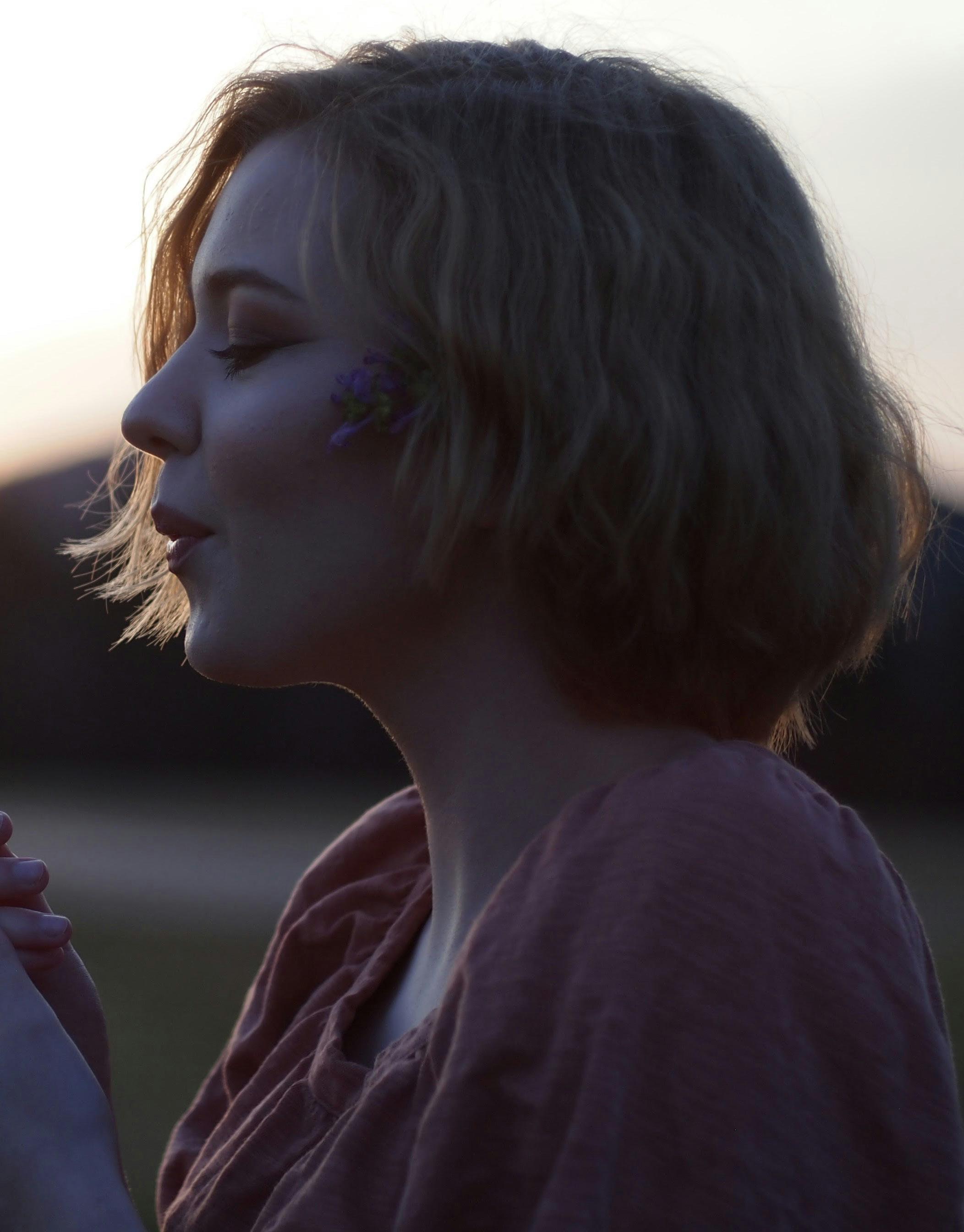
For me, the wake-up call came in 2020 when the chronic stress I had been ignoring resulted in a literal face-plant on my kitchen floor. At the age of thirty-four I blacked out in front of my two kids in the middle of the day and it terrified me. I made a radical choice to carve out two hours each day for solitude. As a chronic people pleaser, for me to prioritize myself and put my needs first was about as uncomfortable as I’d ever allowed myself to be. I wrestled daily with feelings of mom guilt for not being with my kids and CEO guilt for not being productive every waking moment. But I couldn’t ignore that taking a pause left me feeling happier—I wasn’t exploding on the people I loved and I felt peace start to enter back into my life. In the quiet embrace of solitude, away from the relentless demands of daily life, I found a sanctuary.
In those stolen moments of stillness, I rediscovered the lost art of simply being. Without distractions, I listened to my thoughts, emotions, and gentle wisdom of my own heart. It led me to reorganize my sense of what really mattered to me. And in that silence, I began to heal. Slowly but surely, I noticed profound shifts in my health, my sense of fulfillment, and my connection with others.
Slowing down isn’t about laziness or complacency—it’s a radical act of self-care and self-discovery. It’s about reclaiming our humanity from the clutches of busyness and honoring the whispers of our bodies that often go unheard amidst the noise of modern life. It’s about finding beauty in the pause, and richness in the present moment.
One of the biggest hurdles I discovered in slowing down and prioritizing myself was the deep-seated belief that I had to earn rest. Which is to say I didn’t deserve a break unless I proved I was good enough.
The fear of not being good enough or the guilt of being seen as lazy is not a natural experience. Nowhere in nature or the animal kingdom do we see this. It’s a human construct, and in my opinion, a cause of much human suffering.
So, what if we released ourselves from the prison of earning our rest and began to examine how we determine what is good enough. What if you were to carve out time each day to slow down? Whether it’s a few minutes of solitude in the early morning, a leisurely walk in nature, or a moment of reflection before bed, allow yourself the gift of presence. See what unfolds when you embrace the art of slowing down—not as a prescription, but as an exploration.
Because in the quiet spaces between the hustle and bustle, we often discover the most profound truths about ourselves and our lives. Rewrite the narrative. Reclaim your time, your health, and your happiness, one intentional moment at a time. SLO LIFE
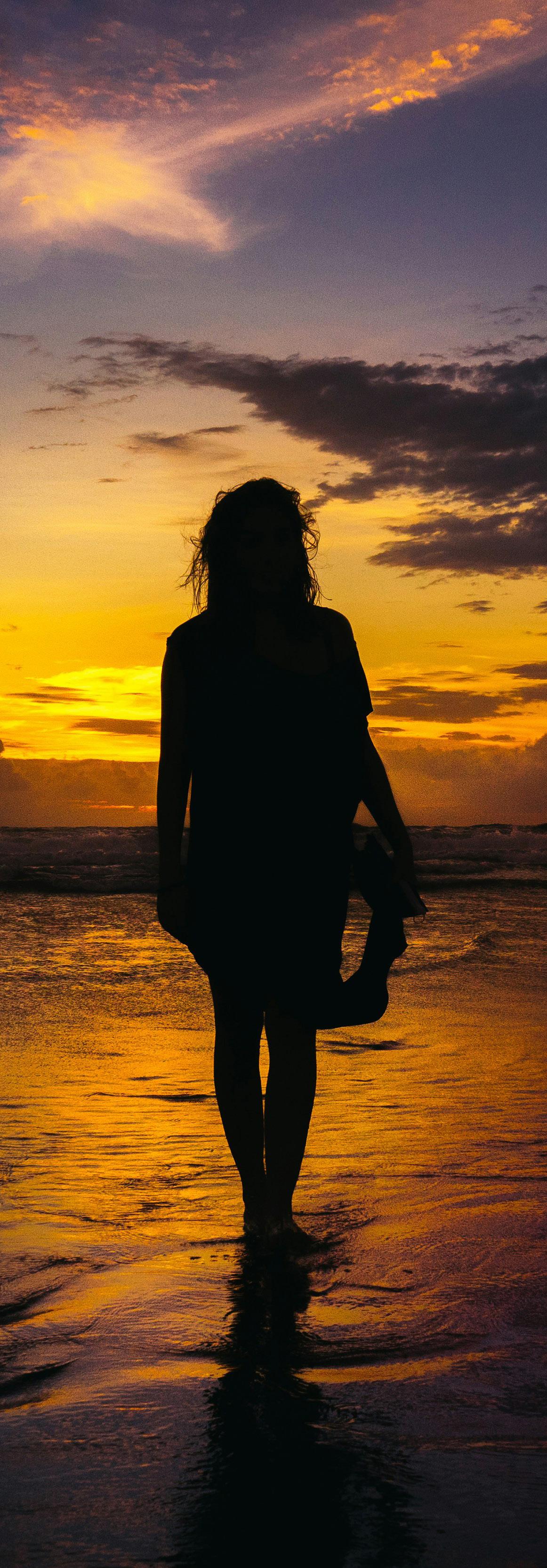


BY JAIME LEWIS
PHOTOGRAPHY BY MARIAH VANDENBERG
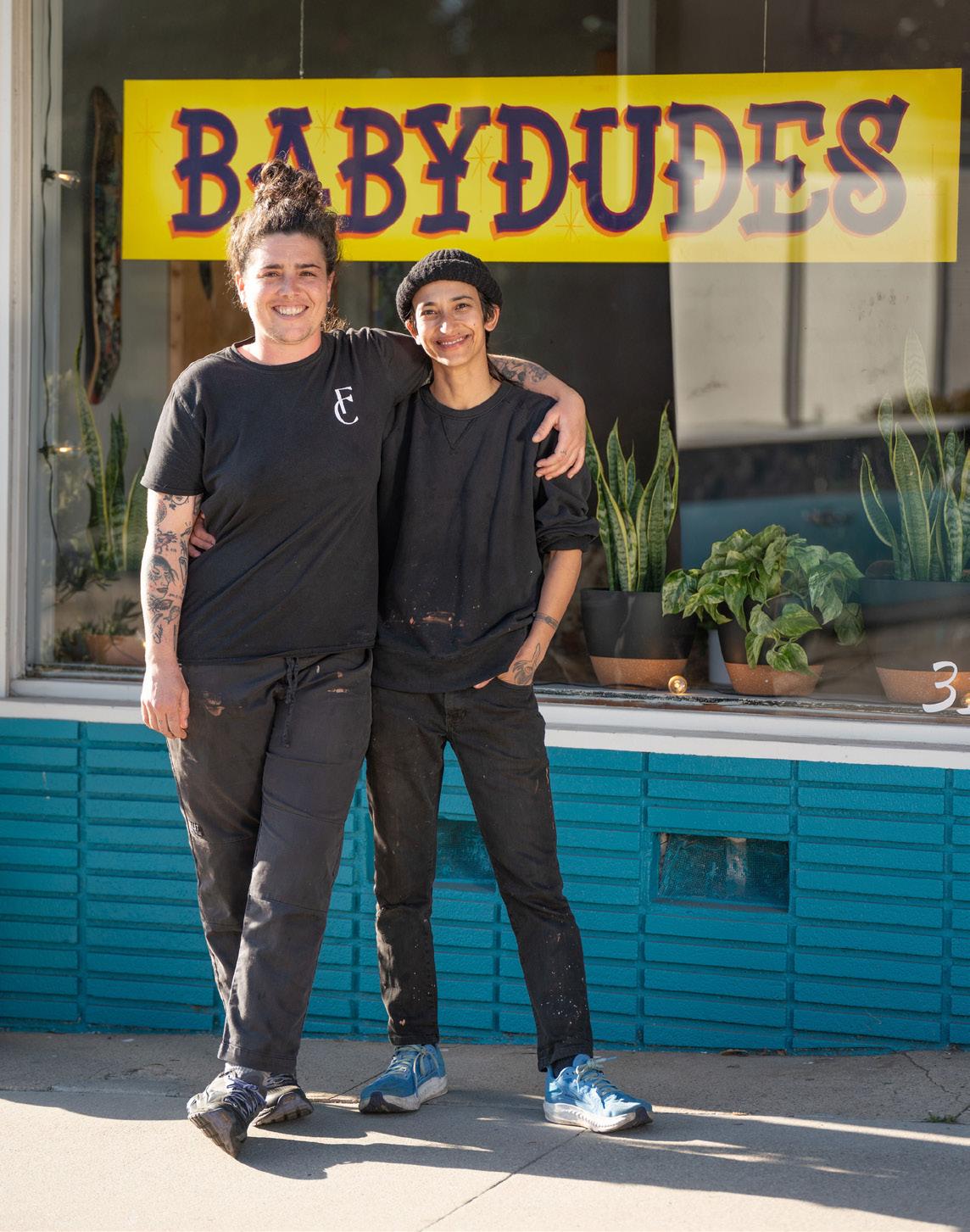
When I send a message over Instagram to request an interview with owners and partners Hannah Jacobs and Tali Petschek of BabyDudes in Morro Bay, the response is exactly what I’d expect from a couple of dyed-in-thewool chefs.
“Hi!” replies Jacobs. “Our Tuesday has gotten pretty busy with the delivery of our new flattop, which is totally exciting and something I’ll be enthusiastic to talk about.”
We schedule for Monday morning, when the restaurant is closed for prepping the following week’s menu: a collection of dishes that Jacobs calls “casual food that’s a little plussed-up—the kind of food we like to eat.” From what I know of BabyDudes, this means deceptively simple dishes like meatball subs and lentil soup, made with thoughtfully-sourced ingredients, expert precision, and a playful edge.
“We had a business in New York,” Jacobs says, describing the cafe that she and Petschek owned in Brooklyn, which closed after the last big wave of COVID. (That spot was also named BabyDudes, a mashup of pet names that Petschek once said absentmindedly to Jacobs during a particularly stressful moment in the kitchen.) “Of course everyone can have an impact wherever they are, but we were drawn to this
area because it didn’t feel daunting. The buildings are lower; you can see the sky a little more. In New York, the scale there is so big that you can get lost. You can be a small little mouse doing your work there and no one would ever know.”
I ask if leaving New York was difficult.
“Closing a business was pretty traumatic, but for Tali and me, having control over the types of spaces we want to build is important. To have a partner I really saw eye-to-eye with on a lot of stuff—that was always the dream. I’ve always been a bit of a romantic,” she laughs. “People already overromanticize the restaurant industry, but honestly, being able to cook and work with the person I love is the dream. I think a lot of people can relate to that.”
The agriculture and access to an abundance of fresh ingredients grown, raised and caught here is what brought the couple’s attention to Morro Bay. A friend who lived in Atascadero offered Jacobs and Petschek a place to live, and with help from family and fans, they opened the doors to the second iteration of BabyDudes at the corner of Main Street and Morro Bay Boulevard in September of 2023.

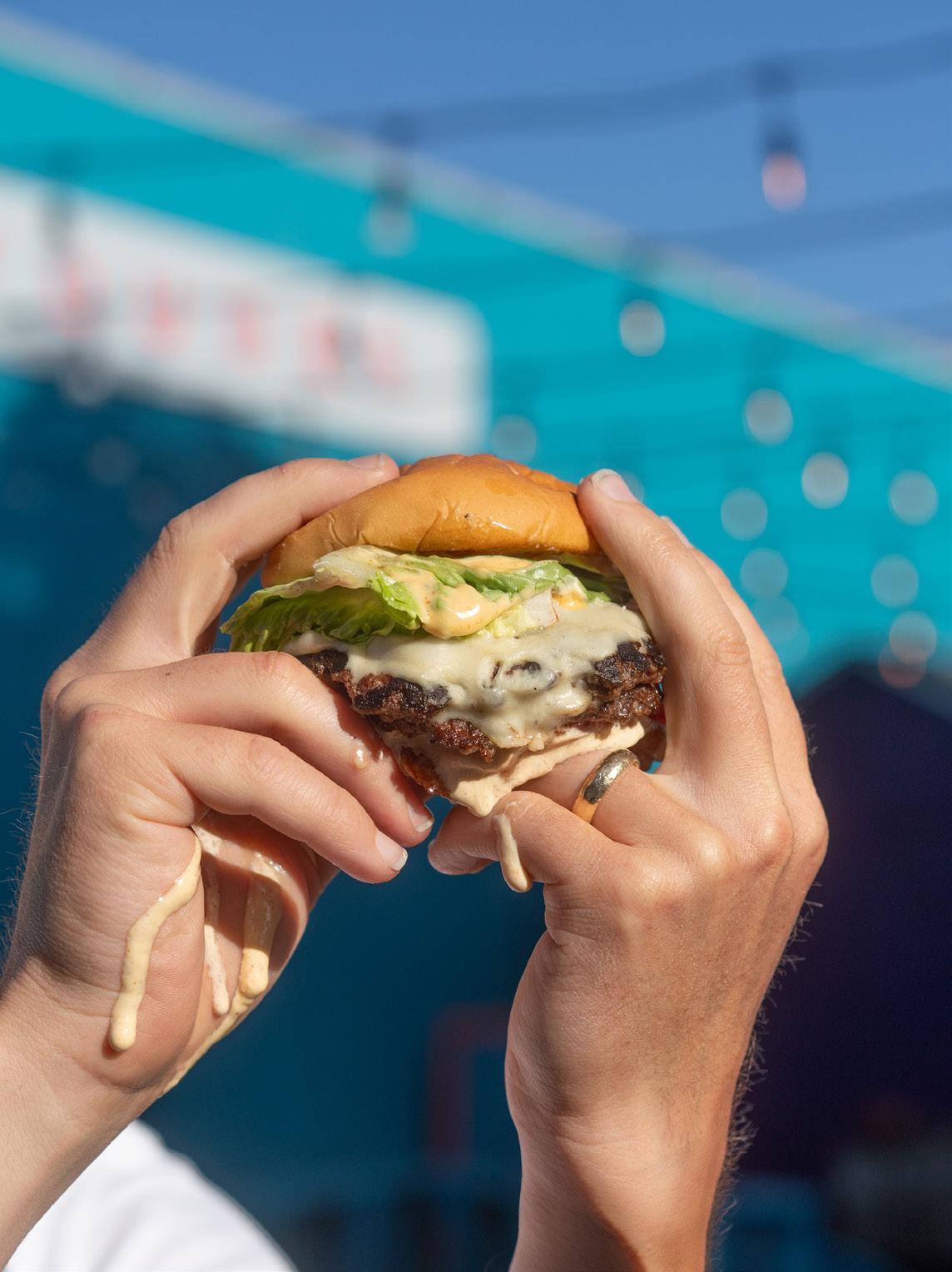
The vibe inside is low-key and comfortable, with a couch in the front window, skateboards mounted to the wall, a corner bookshelf filled with cookbooks, and a full complement of pinball machines. Outside, there’s plenty of patio seating for people-watching and catching sun. I picture myself at a table with friends, ordering from an inspired selection of beer and wine, much of which is unavailable anywhere else nearby.
More than anything, of course, the food is what I’m dying to try. The installation of the much-anticipated flattop has closed the kitchen for a couple days, so I bid Jacobs farewell and return later in the week with my family to sample the menu. We sit inside so my son can play pinball—a strong selling point that immediately endears him to the BabyDudes ethos—and share the double smash burger with fries, the pulled pork sandwich, and the hand-dipped corn dog. The burger sings with two crisp-edged Niman Ranch patties, a pillow-soft potato bun, and pops of brine from the
house pickles. My husband downs the generously-piled pulled pork, rich from a long tomato-coconut braise. I lose my mind over the rich and crispy all-beef corn dog, served with gochugaru mayo on a bed of tangy purple nuoc cham slaw. And we fight over the crinkle-cut fries, which have a quality that brings me back to childhood carnivals. It all reads as effortless and fun, though I know from talking with Jacobs that it takes painstaking dedication and hard work to make excellent, satisfying food look easy.
While the menu does include a salad and a vegan soup, at its heart, BabyDudes indulges in classic comfort food, made for flavor. (My husband giggled at the crinkle fries description as “crispy, delicious, and bad for you.”) It also includes a nice assortment of espresso drinks, like the Spanish latte made with house-made condensed milk, as well as treats like tiramisu and a twice-baked croissant with buttered hazelnuts.


As we walk Morro Bay Boulevard after dinner, I’m struck by what a buzzy neighborhood this part of town has become, with cafes, music venues, and vintage boutiques on every block. It’s not Brooklyn, certainly, but there’s an excitement around it to which BabyDudes no doubt contributes, similar to how a restaurant like Bell’s contributes to Los Alamos, or The Spoon Trade to Grover Beach.
I vow to return soon for that corn dog again, plus the “empanada du jour,” the buttermilk-brined fried chicken sandwich, and to fulfill that vision I have of myself on the patio, in the sunshine with friends, holding a glass of something cold.

BY BRANT MYERS
The newest kid on the beverage block is Black Market Spirits, but like an old friend, I feel like I’ve already known them for a lifetime. Maybe it was the very cordial greeting I received from co-founder and COO Casey Wilkinson, or maybe I was in a bar that I was already fairly familiar with. I’ve spent plenty of time at this exact spot, imbibing cocktails and discussing distilling, albeit with some major differences—different name, different décor, different owners, different drinks. Maybe it’s not that familiar after all. Housed at the former KROBĀR Craft Distillery location next to Central Coast Brewing on Higuera Street, the new Black Market Spirits has a robust vision for serving us in delicate glassware.
Wilkinson is a busy man already stretched over a distribution empire that includes multiple states throughout the Southwest and is working to take a foothold on the Central Coast. I didn’t get a chance to meet his business partner and the CEO of the operation, Matt Fraser, but he was spoken of with high regard. Afterall, Fraser was the one who showed Wilkinson the ropes behind the bar during their ten years slinging drinks in Santa Barbara, and that was a long time ago. They have a friendship that’s lasted over a quarter century. Wilkinson, who had considered going to law school, decided after graduating UCSB to stick with the beverage industry, and I appreciate that because making libations is more fun than making lawsuits.


Moving into a nearly turn-key ready distillery—complete with stills and a tasting room—the Fraser and Wilkinson duo quickly developed a master plan for expansion into a massive facility conveniently located directly behind them. Right now it’s a dirt lot, but when Wilkinson held up his phone and pointed to spray paint markings on the ground, I was able to follow the vision they created with Ten Over Studios for their next stage. Naturally, there will be a large scale production facility showcasing two massive forty-foot copper stills visible through windows on the corner of the building, but also a full restaurant serving elevated pub fare and some ambitious plans for an immersive customer experience. Current plans call for a series of “Experience Rooms” where five or six spirits are showcased in a theme that matches the product. Guests will be guided through each room to sample the selections while flooded in the motif that matches the flavors, aroma, and concept of the label artwork. Then they will be led on a catwalk surrounding the distillery production area and ten fermentation tanks to see what goes into making spirits that range from whiskey to rum, vodka to gin and digestif. Don’t worry, there will be handrails.
After hearing the backstory and future visions from Wilkinson the morning we met, I was sent home with plenty of products so that I could imbibe them at a reasonable hour. The clock slowed down and the second hand droned like a low hum from a faraway jet, but eventually, the hour hand pointed >>
straight down and I could get to business. Having had some backstory to the libations, I conducted a tasting flight from most subtle to most robust. I enjoyed each one more than the next, but wanted a deeper dive and better understanding of the spirits. A few texts later and I was connected with the Master Distiller, Ken Lee. Not wanting to distract him from important work, I asked Lee for twenty minutes of his time to give me insight into his processes and recipes. An hour-and-a-half later we parted ways and I’m even more appreciative of the hard work and subtle nuances that go into making the product.
Lee carries a drive for perfection, but that’s what makes him perfect for the job. Culling on his experiences traveling the world and the flavors he discovers along the way, referencing his love of good cooking, and a desire to connect nature’s bounty to his craft, Lee pulls from a lifetime of making beer, wine, and memories into a beverage that encapsulates his discoveries into a unique experience for the drinker. He walks me through a flight of vodka, expressing the smooth sweetness that comes with refining it just to the point of perfect clarity but holding back some of the flavors to keep it from hitting full neutrality. We connected over trying spirits neat (that is, without any ice or mixers) to fully appreciate the nuances of a well-crafted spirit. He likes to co-mingle culinary practices with his distilling for a well-balanced result, often tweaking his recipes for botanical fusions to create something he would drink himself.
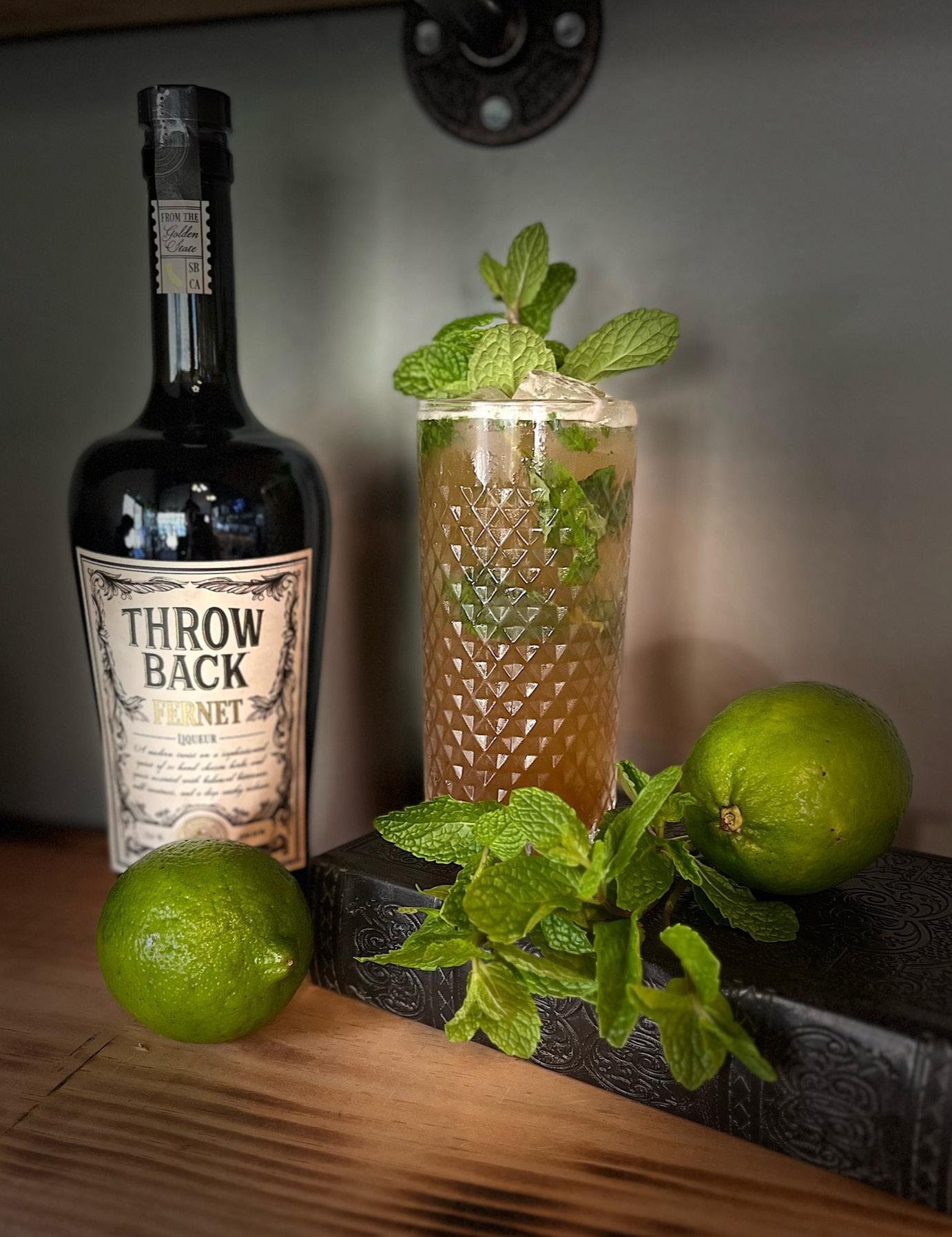

I left with a wealth of knowledge about the people and the products they make, which only helps me appreciate them more. I could write another full article just on each spirit that I was able to enjoy, but if you want that information, you’ll just have to sit next to me at the bar because I’ll be spending some serious time here. Pride and passion are the through line of Black Market Spirits whether it’s the big picture for the future, or the attention to detail in the smallest of sips, it shows in everything their team is doing. So raise your respectable Glencairn whiskey snifter or your oversized hobnail tumbler of Kaya Collins and say, “Manuia,” to the team at Black Market Spirits! SLO LIFE
Throw Back Fernet . $30 . 750 mL bottle
Having a wealth of spirits to choose from, I was most excited about the unique Throw Back Fernet, an amaro herbal liquor. Industry pros know this style well, but unlike the popular Branca, Throw Back has a bold spearmint nose and cozy cacao finish enveloping the twenty other herbs and spices while sending your olfactory senses into a whirlwind of flavors with each sip. Perfect for ending the night or capping a rich meal.



BY DAN FREDMAN
PHOTOGRAPHY BY EMILY DESJARDINS
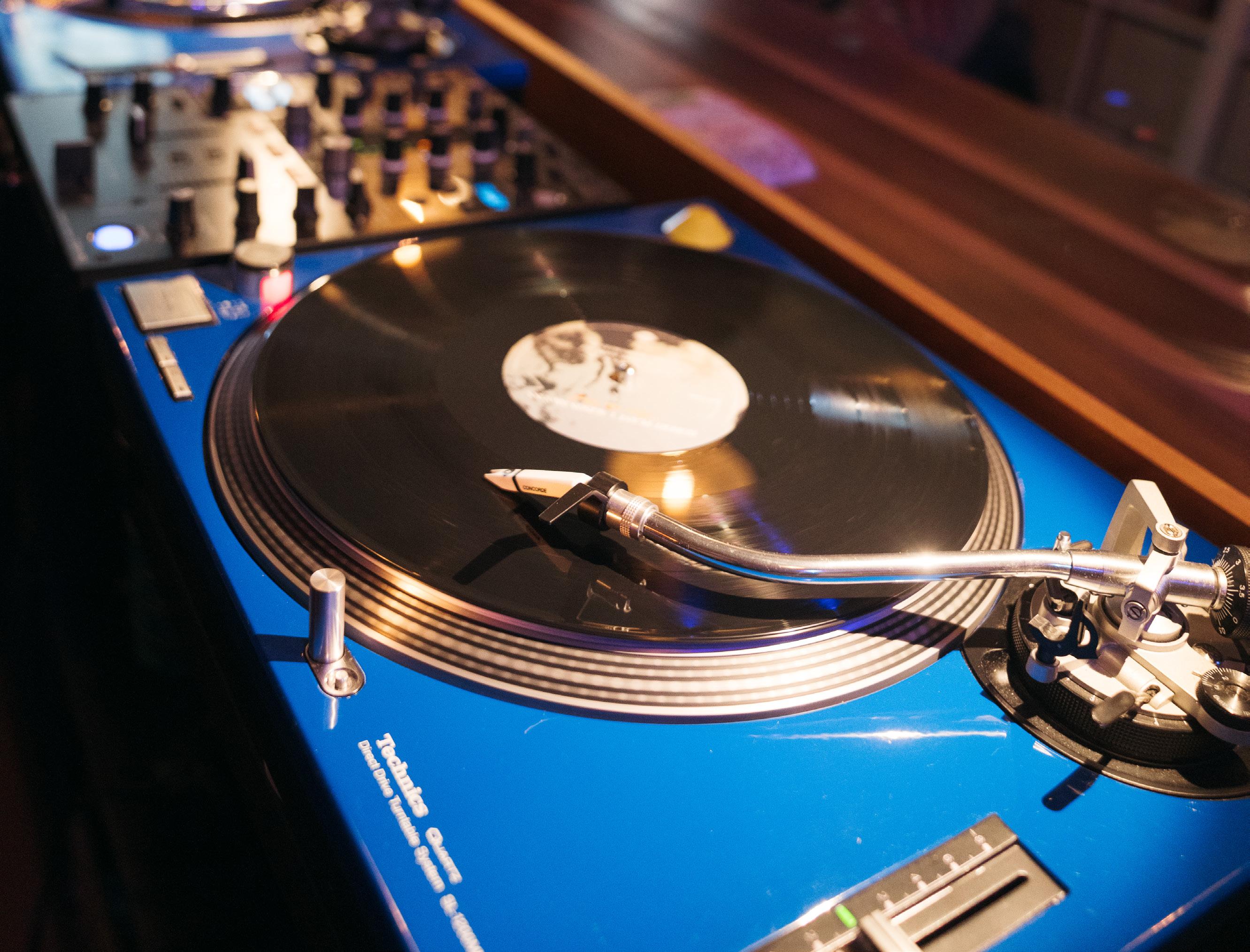
Since opening the doors of Jan’s Place in January, the bar’s owners
Jeff Root and Lisa Salmon have created an oasis of music, conviviality, and compelling wine in San Luis Obispo’s Railroad District. Push through the curtains, have a seat at the intimate bar, and enter a world dedicated to music played on vinyl and well-selected things to drink. Strike up a conversation with the person next to you and the odds are good that they’re a winemaker, wine distributor, or vinyl-obsessed music fanatic, enjoying what they love most in a room designed to make the most of it.
Root and Salmon took over a small bar that had been on Osos Street for ages, and in a previous life, was the original home of Boo Boo Records.
“Because of where we’re located—on the Central Coast and in San Luis Obispo—what comes through the front door is unusual and exceptional,” Root says. “We’ve had a great flow of local winemakers, brewers, and cider makers stop by since we opened.”
That has evolved into nights at Jan’s. And while the name didn’t change, the pronunciation is now yahns. These nights allow winemakers to express themselves, pouring their wines while they spin records. Mike Sinor poured his Sinor-LaVallee Bassi Ranch carbonic pinot noir and went deep into Rock ’n’ Roll. Raj Parr of Phelan Farms turned out to have musical taste as surprising and complex as the wine he makes up in Cambria.
Caleb Nichols, a local singer-songwriter, stopped by with a copy of his “Let’s Look Back” LP, and now Root has it


in the regular rotation. “He just defended his PhD thesis in poetry and he’s recorded this beautiful album featuring local musicians,” Root says. “It is such a great feeling to have someone living locally just drop a record or a bottle by and discover that it perfectly suits the vibe.”
Natalie Siddique and Ryan Pace of Outward Wines stopped in and are now partnering with Root and Salmon on a new satellite operation at Outward’s tasting room in Grover Beach. “Natalie and Ryan are totally in sync with what we’re doing and their new tasting room is well-suited to music,” says Root. “We brought in a dynamite stereo system there. And as is the case with our other winery friends, we have their wines on our list.”
This kismet approach to curation played out with the audio equipment, too. “Gary Katayama of Audiophile Zone dropped in one night and added to our stereo system,” Root shares. “And he’s helped us make the room sound better. It’s now acoustically tuned so that wherever you’re sitting, you can hear the music and have a soft conversation.”
In addition to Sinor-Lavellee, Outward, and Phelan Farm wines, you’ll find wine from other small Central Coast producers on the list, by the glass and by the bottle, including Railsback Freres, Timbre, Scar of the Sea, Union Sacré, and Brij. And the beer selection emphasizes kegs of locally made, limited-production brews.
The inspiration behind Jan’s Place is a traditional Japanese jazz kissa bar. These spots first popped up during the 1950s,
when few Japanese could afford to buy the latest jazz releases from America. The bars were small, neighborhood spots where patrons listened to music and hung out with friends. Loud talking and carousing were frowned upon. The owner was usually the only employee, and the music and the beverages reflected their taste.
Root was exposed to the jazz kissa concept when he moved to Japan at the age of twenty-one. A native of Detroit, he grew up in a family that not only listened to records, but danced to them too—anything from top-forty pop to jazz to country. He met Salmon, who is now his wife, in San Francisco. But both had lived in Japan before, and when they moved back there in the 1990s, they connected with a group of other music-minded ex-pats and began to DJ in Tokyo’s Shibuya District clubs. They hung out in the city’s jazz kissas too, and the idea of putting their own club together began to take shape.
Record collections were amassed as the couple moved from Japan to New Zealand and then Australia. During the day, Root worked in advertising while Salmon got her master’s degree in software engineering. But at night, both were spinning records in clubs and on the radio, developing a sizable following before heading back to Detroit, and then Austin, Texas, and finally San Luis Obispo, where Salmon’s parents live. By this point, they felt ready to open a kissa of their own, although not solely committed to jazz.
The Jan’s Place liquor license requires closing at 8 p.m. every night, and other permitting prohibit serving prepared food.
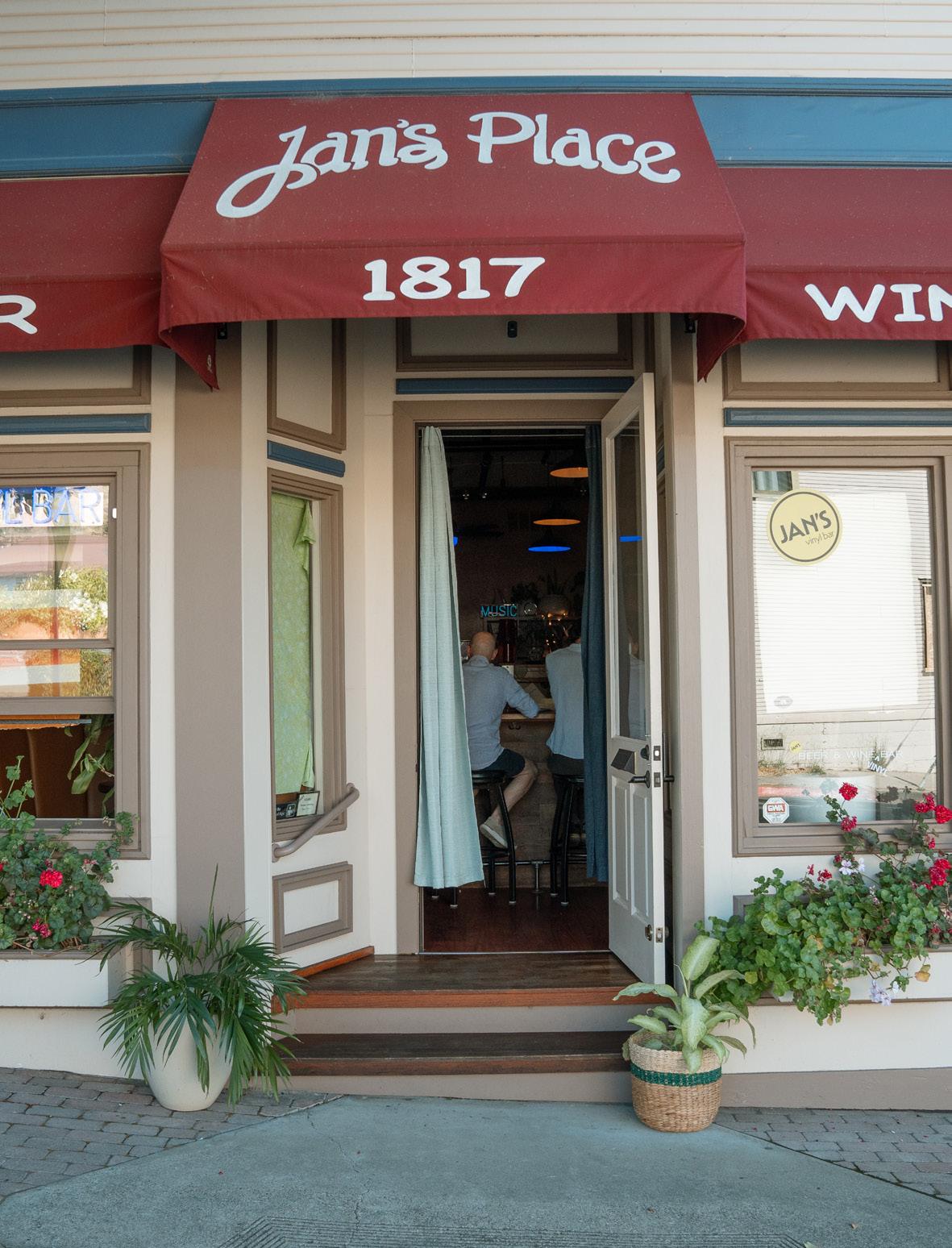

For now, Jan’s offers a variety of tinned fish and other packaged snacks, and Root and Salmon hope to expand their hours in the next year or so. Even with limited hours, they’re busy with wine and music clientele, along with neighbors and people stopping by after work. “A lot of our clients walk or bicycle here,” Root says. “People meet neighbors and make friends here.”
At Jan’s Place, Wednesdays are Jazz Nights, and Thursdays are open turntable nights, when anyone is allowed to spin a set of their own. Bring your own disks (33s or 45s) or choose from the sizeable (and growing) house collection. Other nights might feature the blues, electronica, or out-of-town DJs popping in to try some new songs.
Jeff Root and Lisa Salmon have followed an unlikely path to arrive in SLO. Over twenty-one years of marriage, they built (and dispersed) record collections worldwide, but it wasn’t until they landed in San Luis Obispo that things came together for their kissa. Whether they’re carrying wine, music, or just an innate curiosity about creativity, the people walking through the front door of Jan’s are together creating one of the coolest spots in town.
Jan’s Place
1817 Osos Street, San Luis Obispo
805.439.1544
Tues-Sat, 3-8 PM

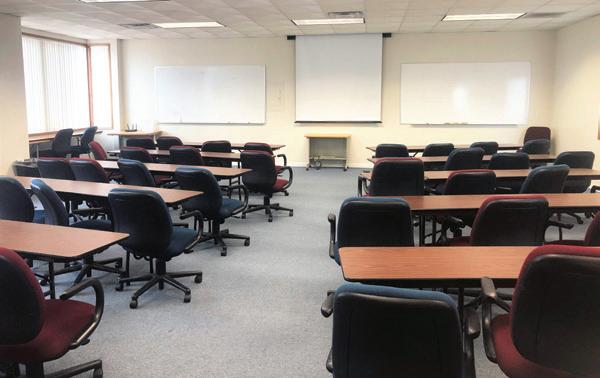
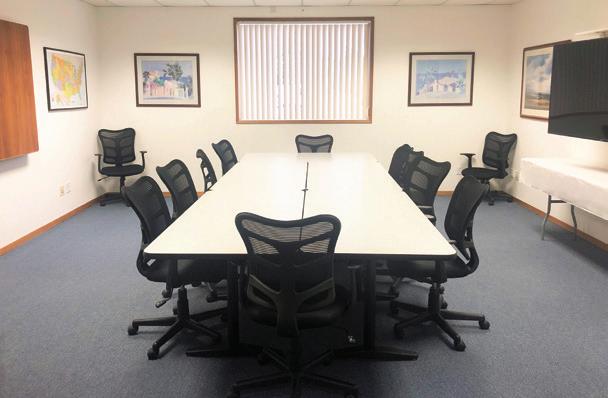




Join over 400 strawberry growers, researchers and industry representatives for this year’s Strawberry Center Field Day. Participants rotate through stations, hearing from Cal Poly students and staff about the latest research taking place at the Cal Poly Strawberry Center. Topics range from the newest automation technology to predatory mites to soilborne pathogens of strawberry, and more. August 8 / strawberry.calpoly.edu
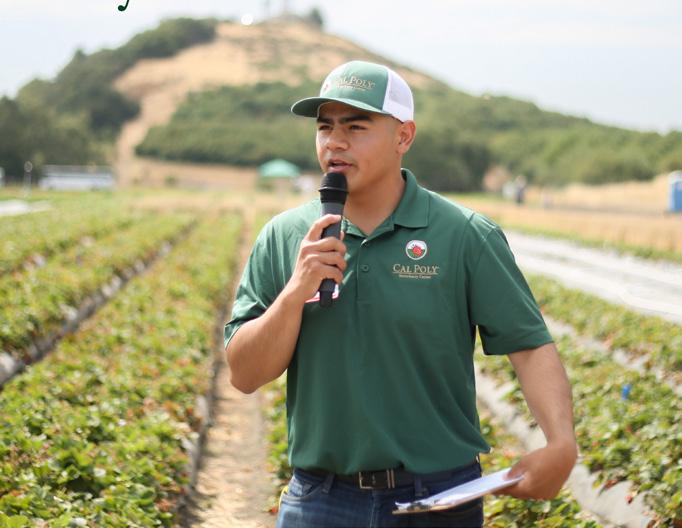

The Land Conservancy of San Luis Obispo hosts an art exhibition at the Octagon Barn Center featuring the artists of San Luis Obispo Painters for the Environment (SLOPE) and their renditions of some of the most iconic open spaces protected by the conservancy. Enjoy wine and bites Friday evening and all day Saturday while viewing local art from local artists—with painting demonstrations on Saturday. A portion of all sales will be donated to conserve and care for the diverse wildlands, farms, and ranches of the Central Coast.
August 9-10 / lcslo.org

Enjoy the Hot El Camino Cruise Night on Friday when more than 400 1950s and 1960s restored cars take the downtown by storm. On Saturday, take in the Mid State Cruizers Car Show at Atascadero Lake Park and “Dancing in the Streets” downtown that night. Events are free with retail items, food, and drink available for purchase.
August 16-17 / visitatascadero.com
Central Coast Roller Derby’s MicroBruisers will be playing against the Brawlin’ Betties of Santa Barbara. This event benefits Samuel Jeffers’ Childhood Cancer Foundation. Food and beverage vendors on-site. $15 admission at the door, kids and military are free.
August 10 centralcoastrollerderby.squarespace.com

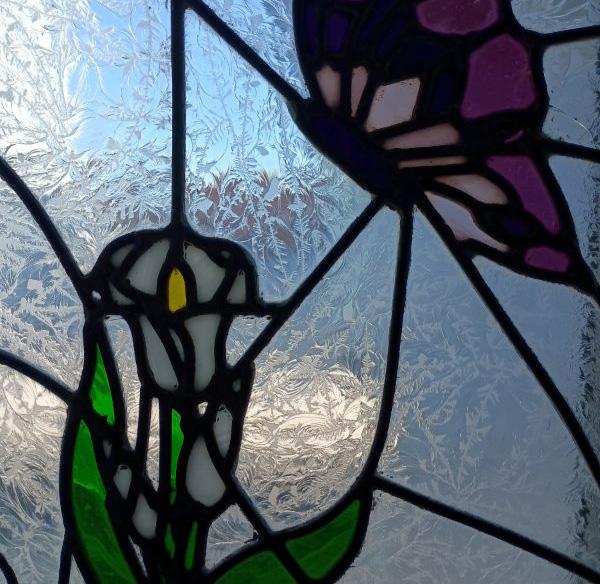
This workshop will teach participants how to cut glass, solder, and use tools, and materials safely to create an 8” x10” window. Students will work with abstract and geometric designs using the copper foil method of construction. Glass art created in class will be appropriate for indoor or outdoor display. August 13 / artcentermorrobay.org

One story, five musicals—that’s the hilarious set-up for this delightful production presented by SLO Repertory Theatre. From Sondheim’s tortured artistic genius to Andrew Lloyd Webber’s rock roots, with Rodgers & Hammerstein, Jerry Herman, and Kander & Ebb in between, each segment of The Musical of Musicals (The Musical!)—its full title—is written in the musical master’s distinctive style, but each story is the same: An ingenue who can’t pay the rent is threatened by her evil landlord. Will her handsome leading man come to the rescue?
August 16-September 15 / slorep.org

The San Luis Obispo Symphony returns to the Avila Beach Golf Resort for its annual all-hands-on-deck pops concert on Labor Day weekend. This year’s program, “Movie Magic,” takes a journey through the last fifty years of famous movie scores and themes. From West Side Story, The Magnificent Seven, and Richard Rodgers’ Slaughter on Tenth Avenue to The Adventures of Robin Hood, Raiders of the Lost Ark and Nigel Hess’ Ladies in Lavender, there’s some great movie music for everyone. August 31 / slosymphony.org
A fully-hosted, docent-led excursion departs the SLO Railroad Museum, taking participants in a van to the Santa Barbara Wine Collective for a wine tasting, followed by free time to visit Santa Barbara’s Stearns Wharf, cruise around the Funk Zone, explore lower State Street, or eat an early dinner. The Amtrak Surfliner then departs the Santa Barbara Train Station, arriving in San Luis Obispo after enjoying a sunset train ride along the Pacific Ocean. All proceeds support the museum’s educational mission to preserve the railroad history of the Central Coast. August 17 / slorrm.com



This event will showcase top-shelf tequila sampling, while you enjoy the best gourmet street tacos San Luis Obispo County has to offer. Enjoy live music, food vendors, craft beer, margarita booths, and more.
August 24
tequilaandtacomusicfestival.com
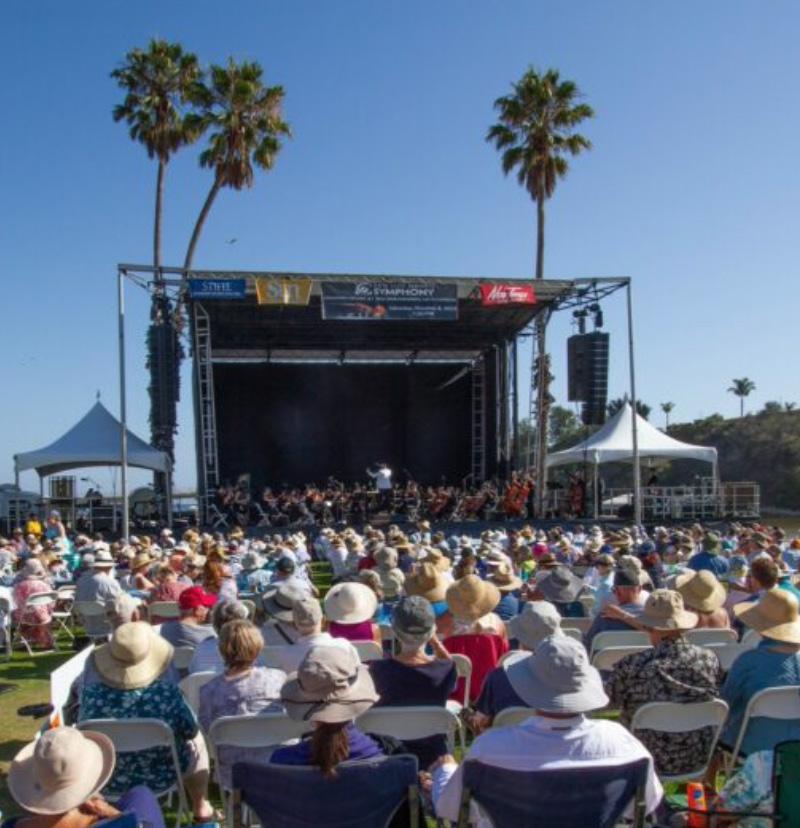



Hailed as one of the most outstanding displays of fine handmade art and quality crafts in SLO County, the event held by The Morro Bay Art Association offers more than 100 booths representing independent artists and craftworkers. A variety of food and drink is available as well. Proceeds fund children’s art classes, provide scholarships, and support artists and art programs throughout the year. August 31-September 2 / morrobayartinthepark.com
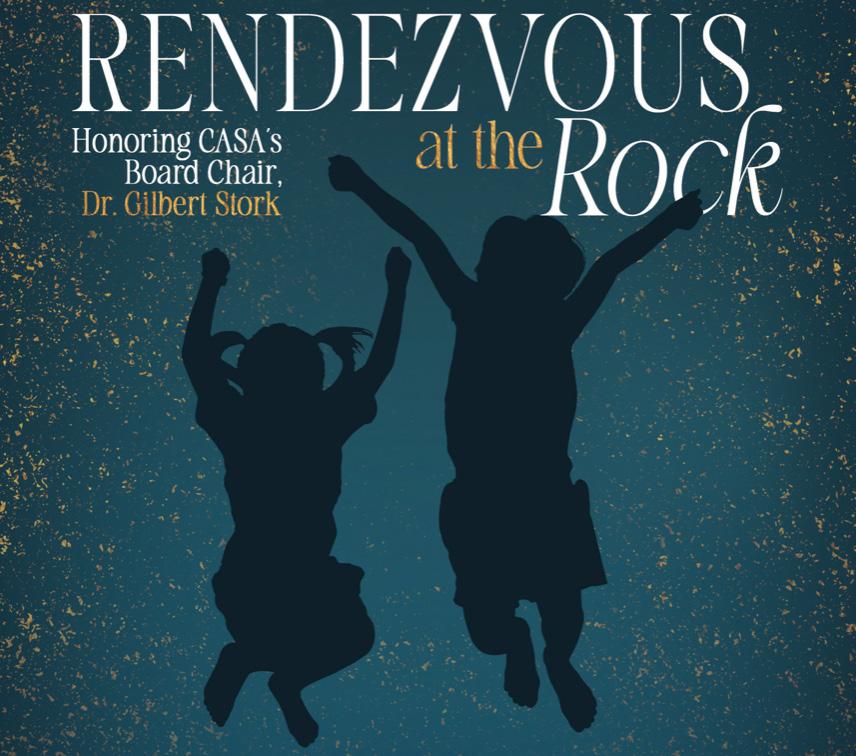
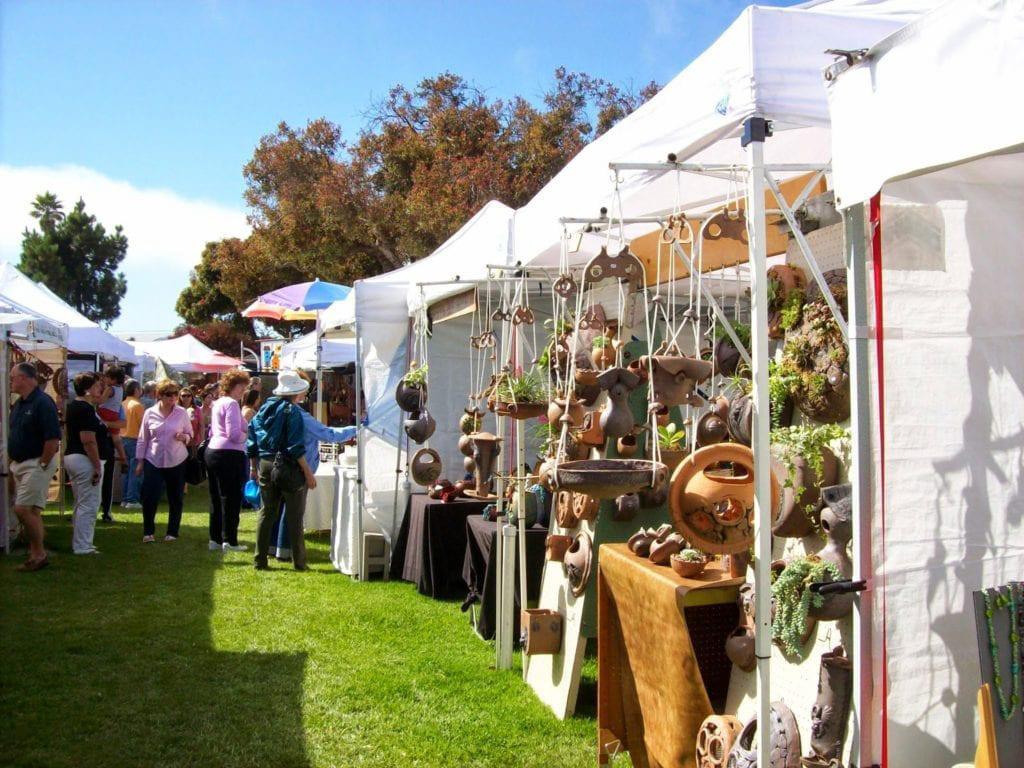
This year, the annual gala fundraiser for San Luis Obispo Court Appointed Special Advocates for Children honors Dr. Gil Stork with an outdoor cocktail hour, dinner, silent auction, special Golden Ticket raffle, live auction, and an inspiring program emceed by KSBY Morning News anchor Neil Hebert. Proceeds directly support CASA’s mission to recruit, train, and support caring volunteer advocates for local foster children. September 7 / slocasa.org
Visit Mission Plaza in downtown SLO and immerse yourself in a vibrant atmosphere filled with local vendors, delicious food, live music, and exciting activities. Discover hidden gems and support local businesses while enjoying the company of fellow enthusiasts. Whether you’re a music lover, a creative soul, or simply looking for a fun day out, there’s plenty to keep you entertained at this inclusive space for makers, designers, and creative entrepreneurs. September 21 / themakeshiftmuse.com



The Mexican acoustic guitar duo presents a live concert appropriate for all ages at the Fremont Theater in downtown SLO. Rodrigo Sánchez and Gabriela Quintero have toured internationally and performed for President Barack Obama at The White House. In 2020 their fifth studio album earned a Grammy Award for Best Contemporary Instrumental Album, and their most recent album, In Between Thoughts . . . A New World. September 17 / fremontslo.com
Investigate America’s most notorious cold cases with a live exploration into unsolved crime. Prepare for an evening of shocking revelations at The Fremont Theater as host, Joe Kennedy, walks you through the process of solving a cold case. Inspect clues from chilling cases like The Zodiac Killer among others. Seize the opportunity to take on the role of cold case-solving detective with reenactments, Q&As, and more—where a critical decision can be made and compared with real-life investigator’s choices. September 24 / coldcaselive.com
Iconic coastal vistas, elephant seals, Hearst Castle, zebras, beach towns, Morro Rock, and cool ocean breezes typify this beautiful bicycle ride, held rain or shine, along the gorgeous Morro Bay coastline. Organized by the San Luis Bicycle Club for the enjoyment of up to 1,000 participants. September 28 / slobc.org




